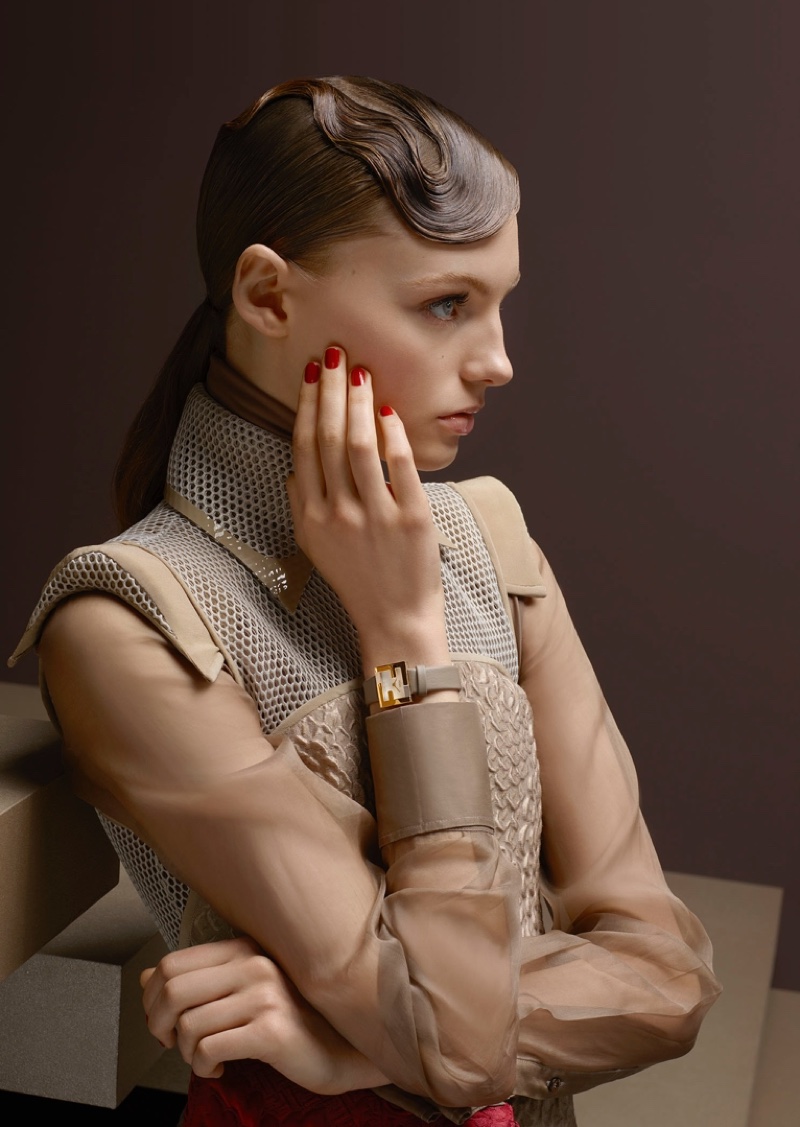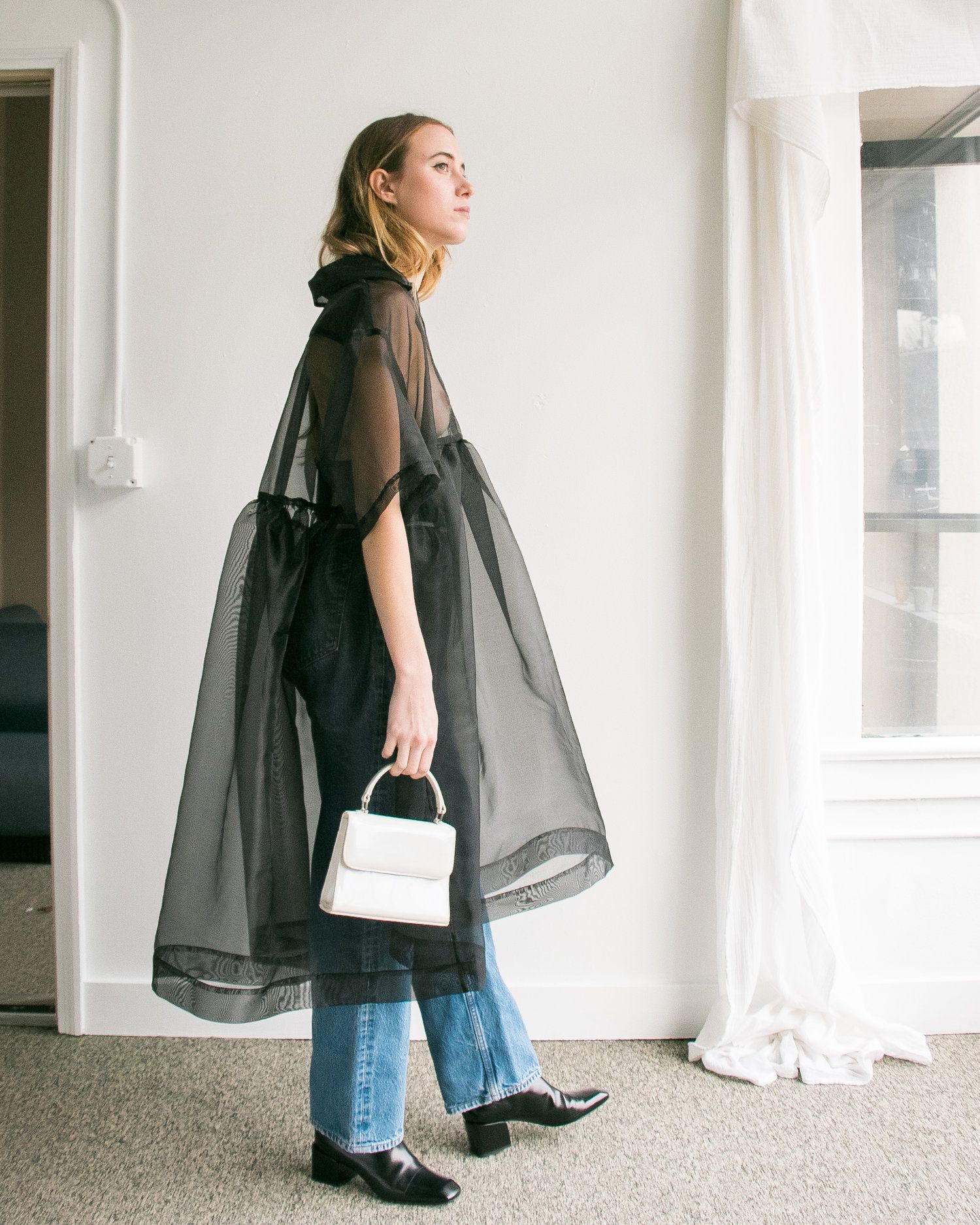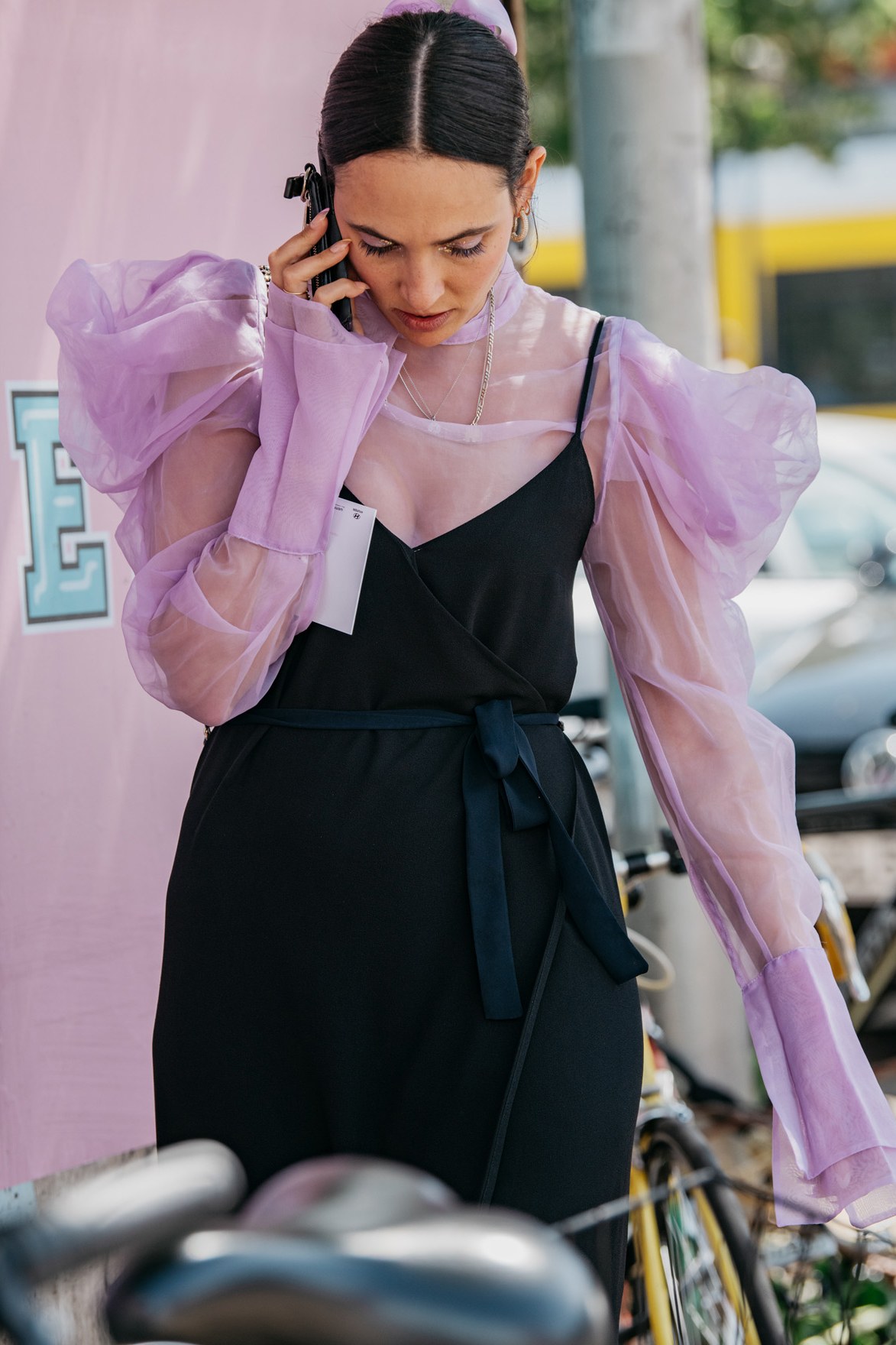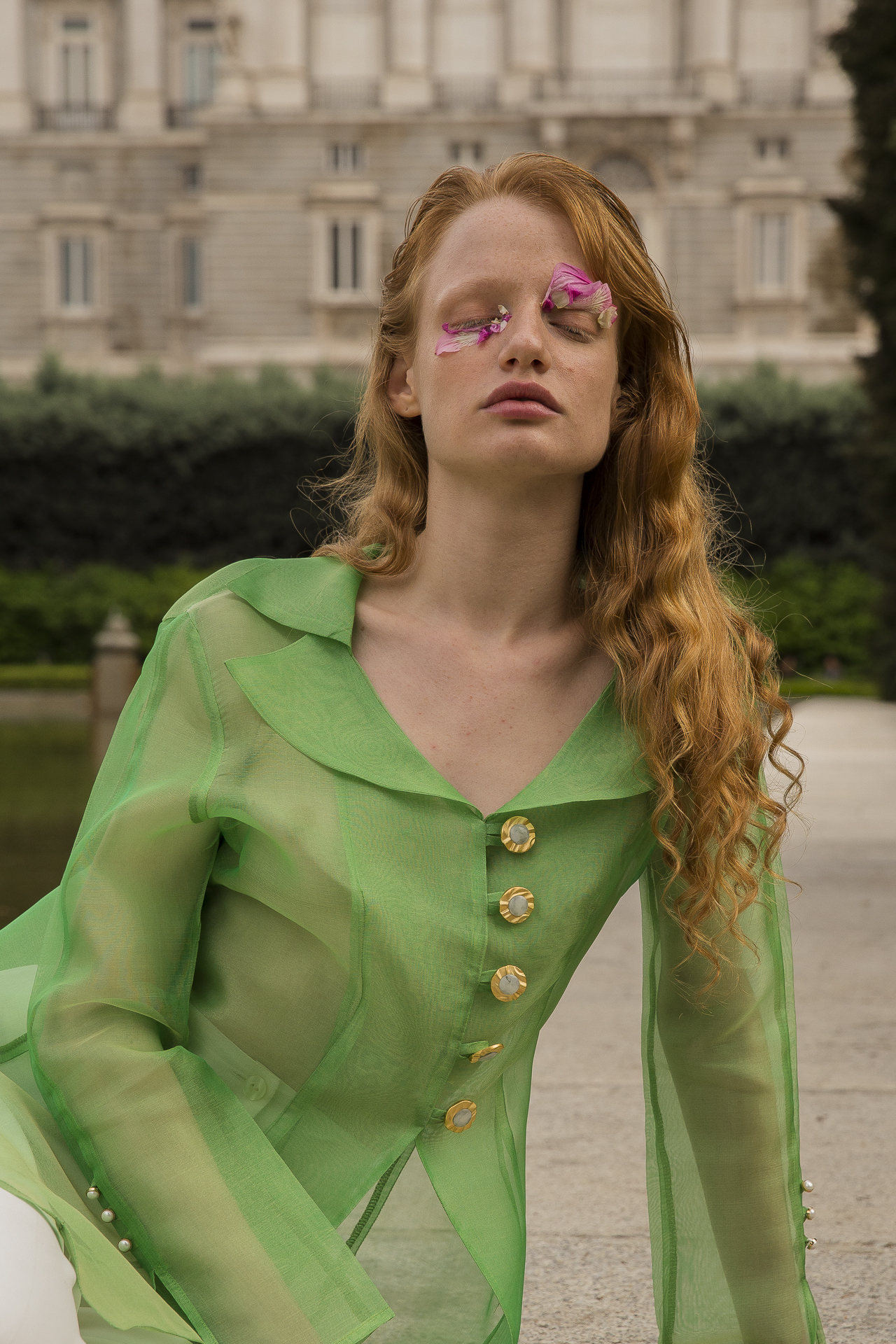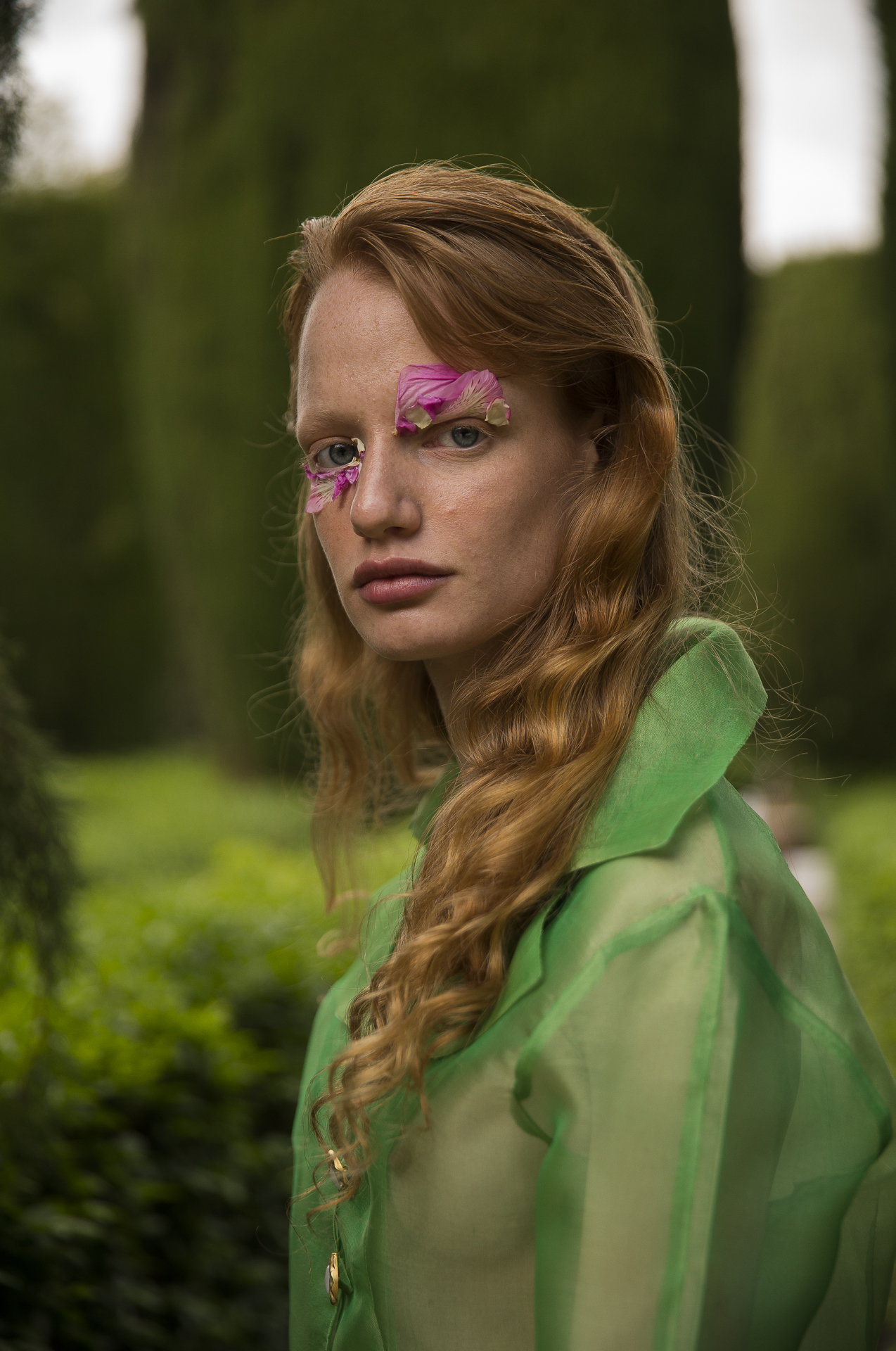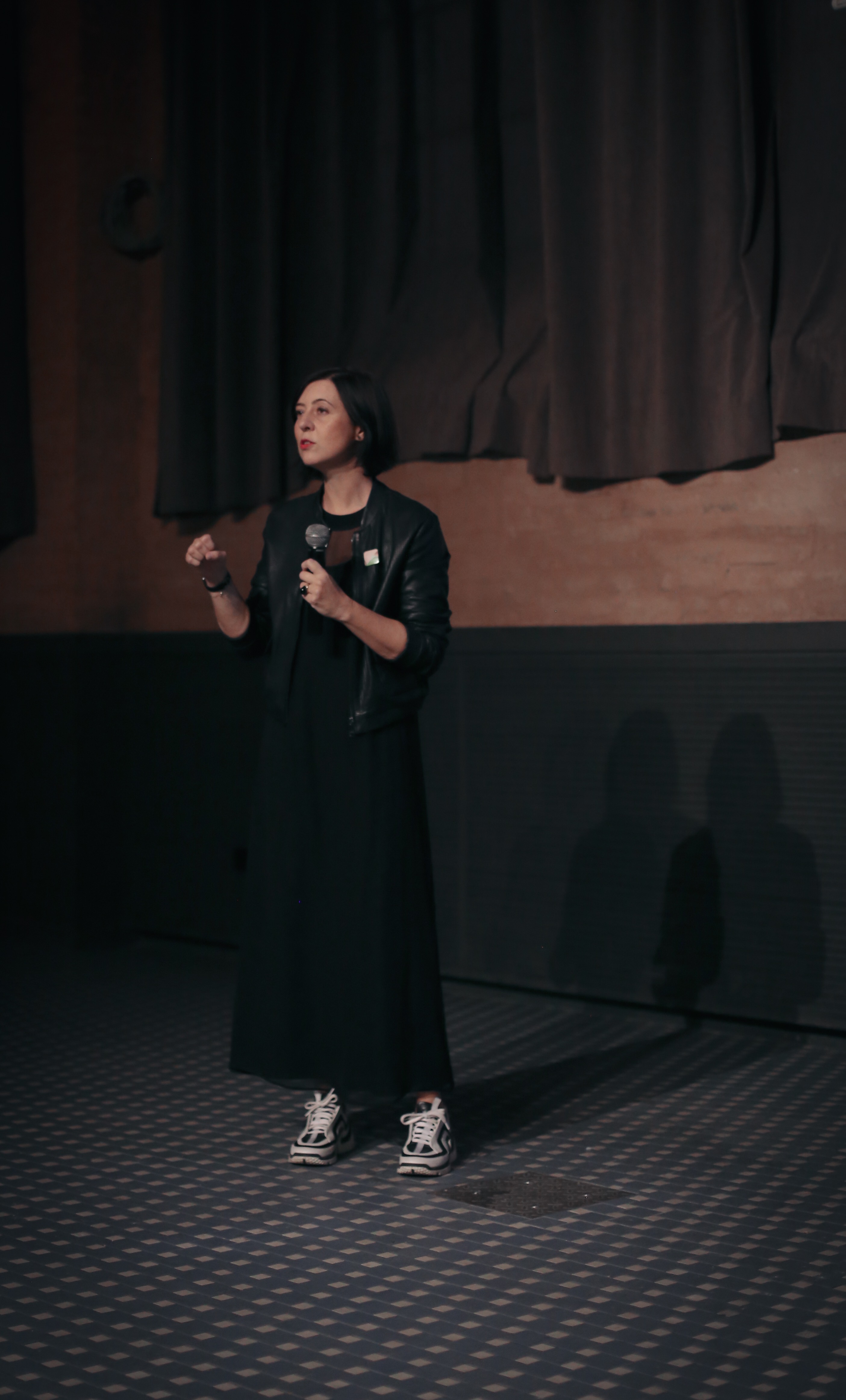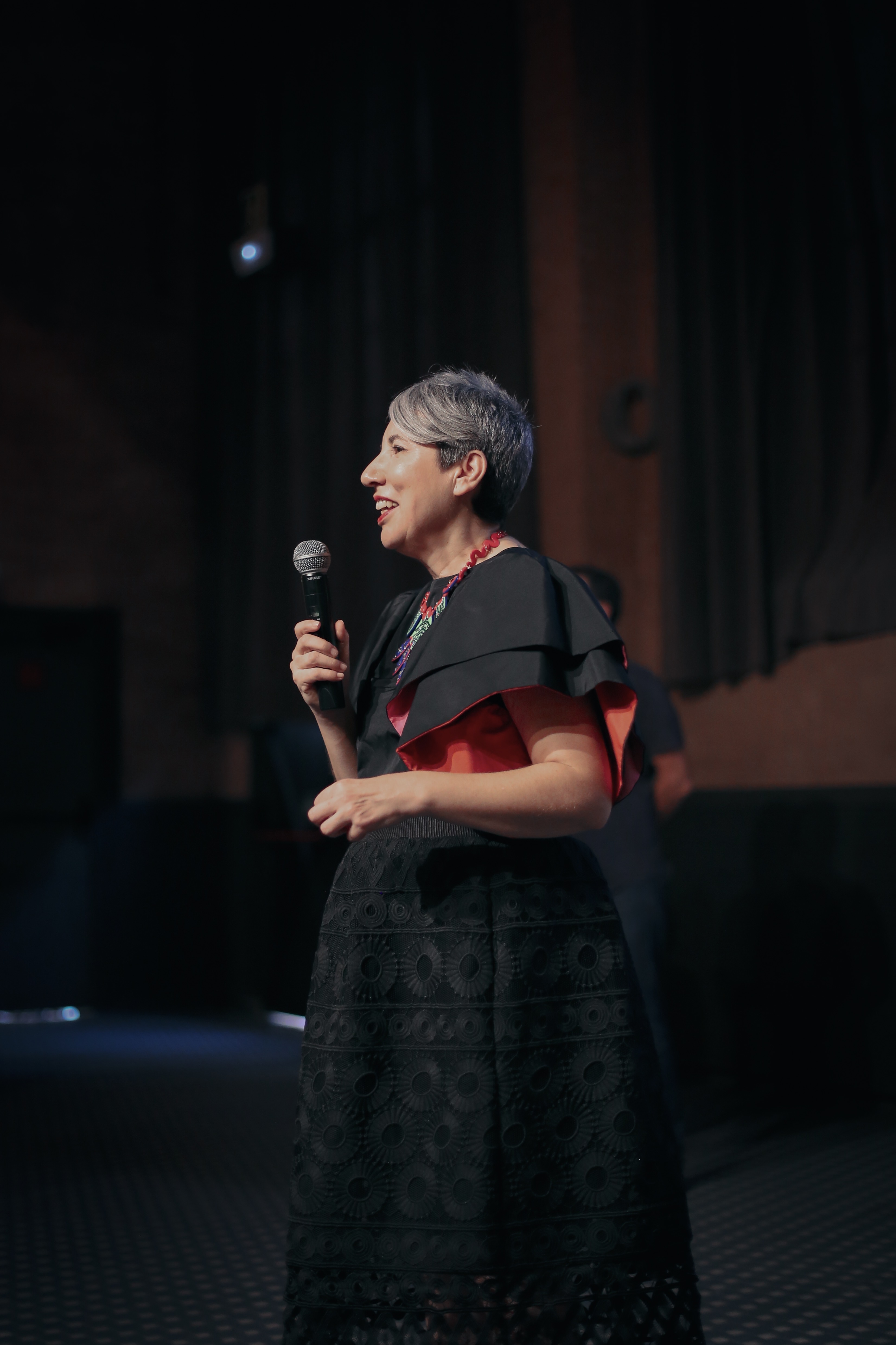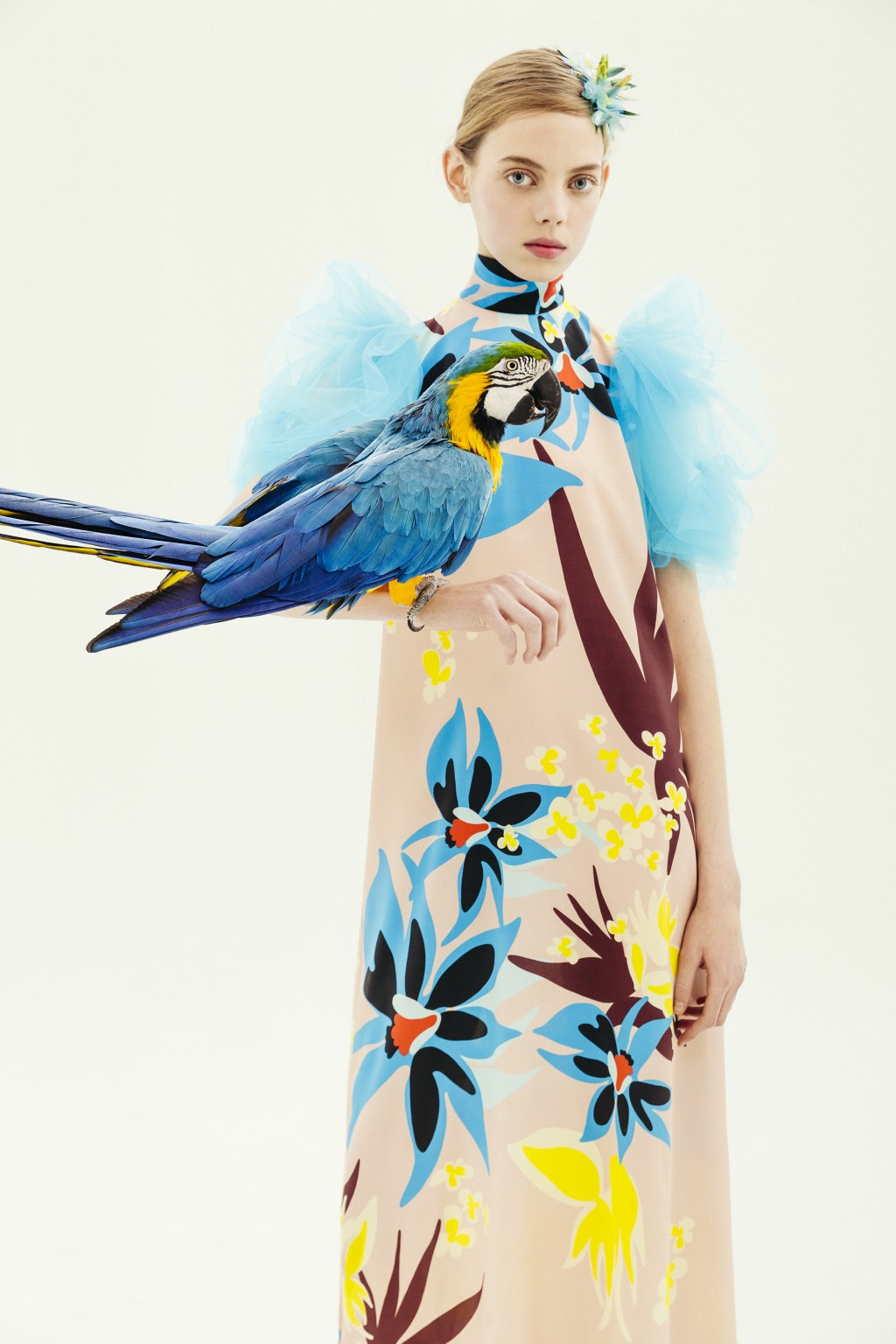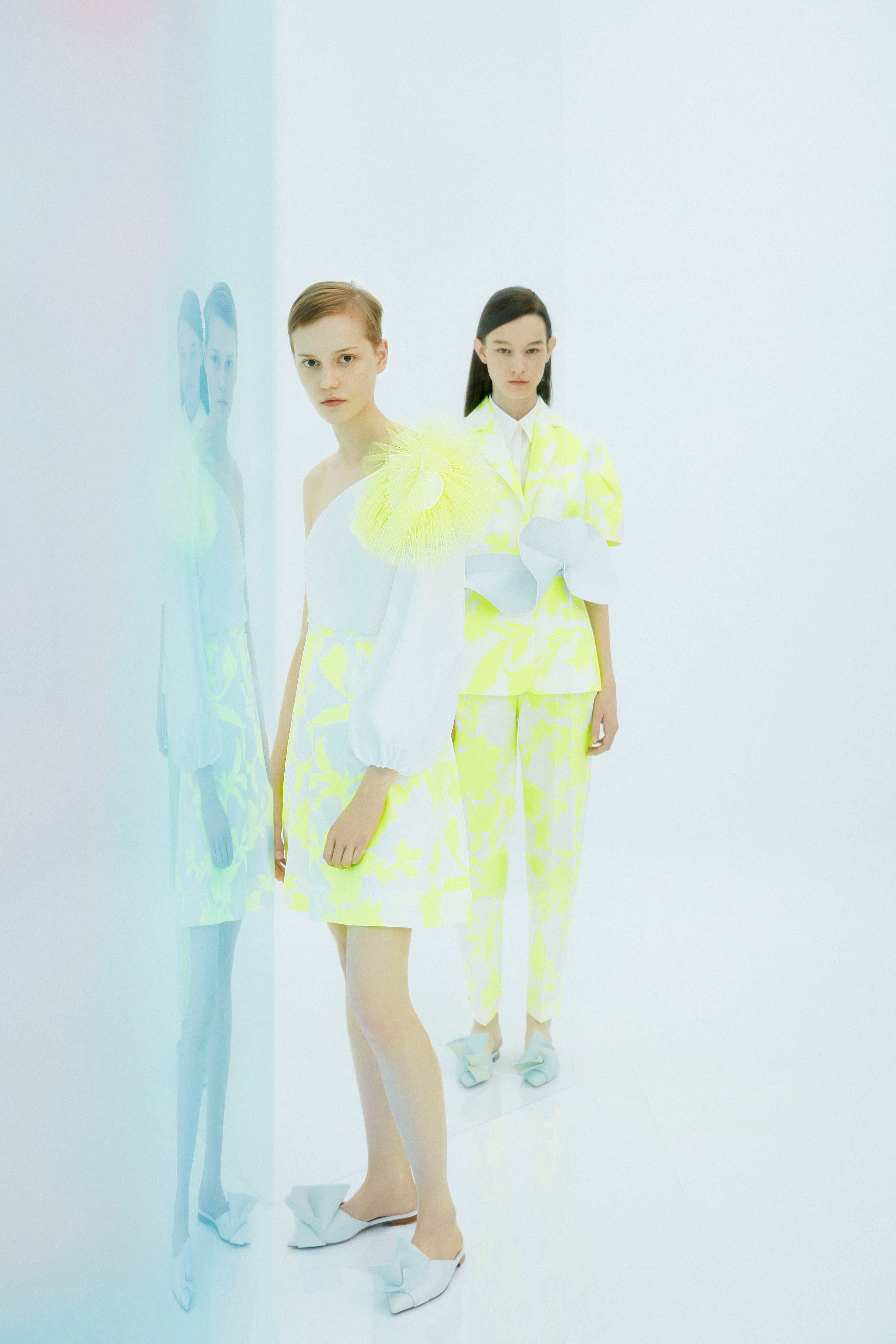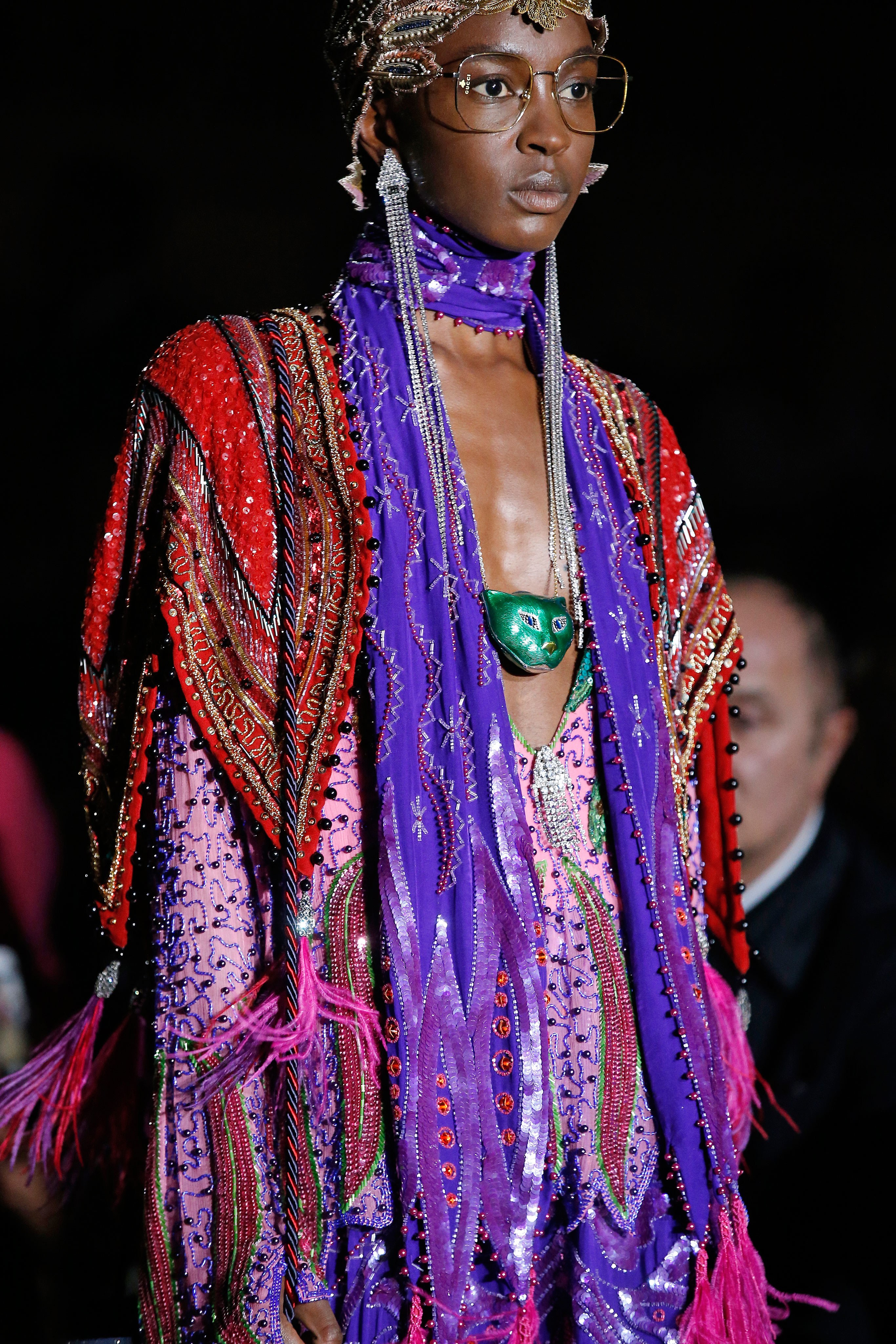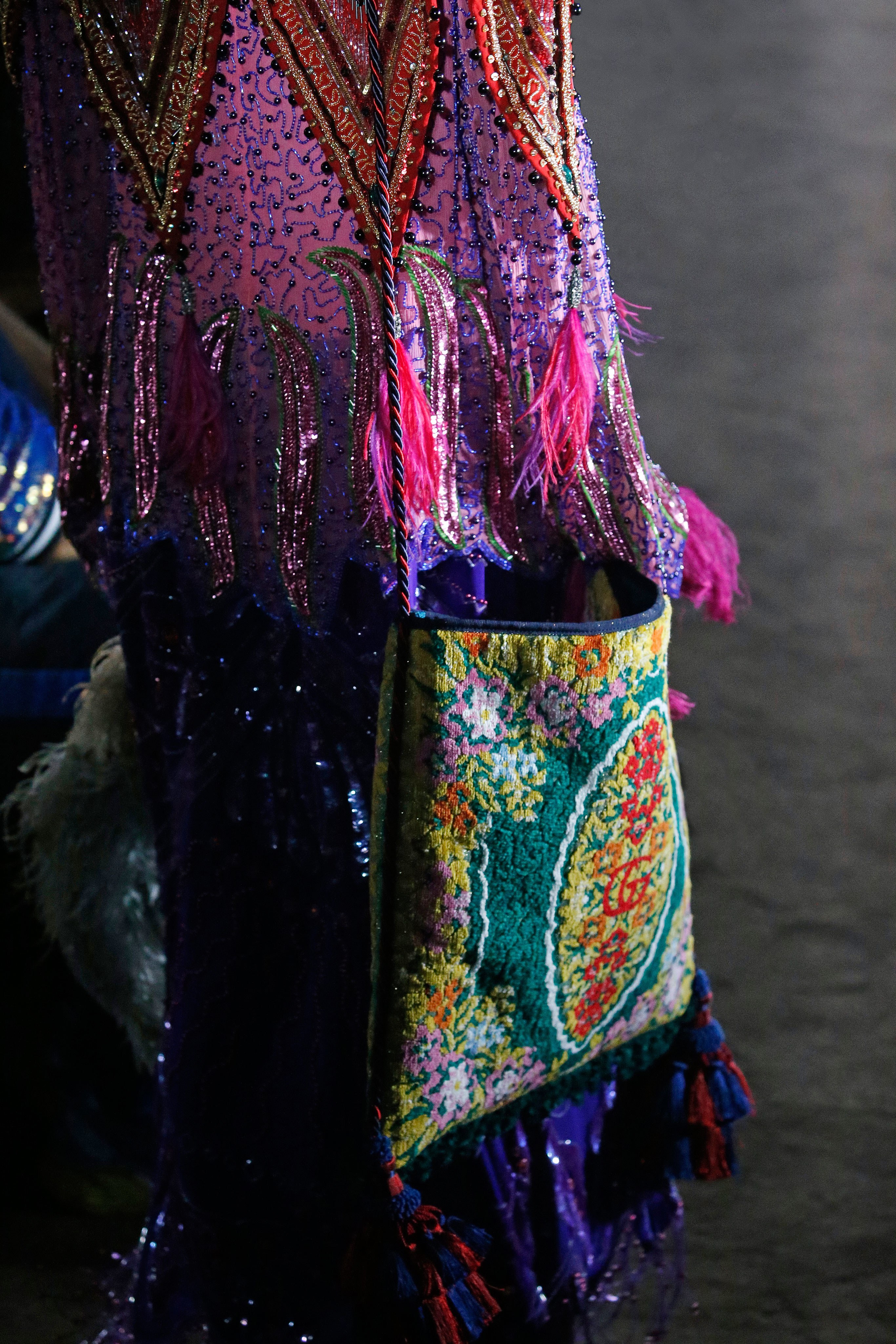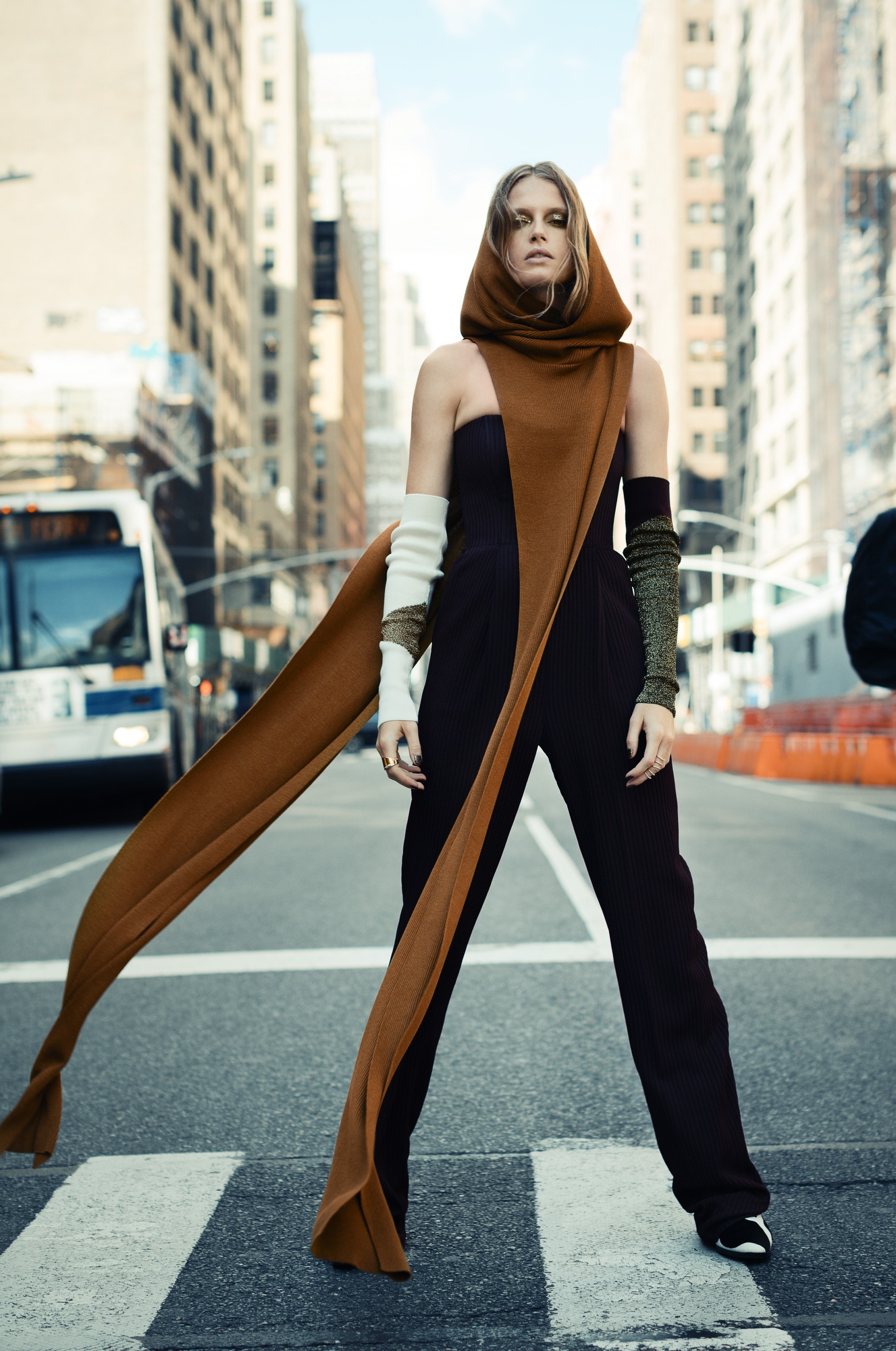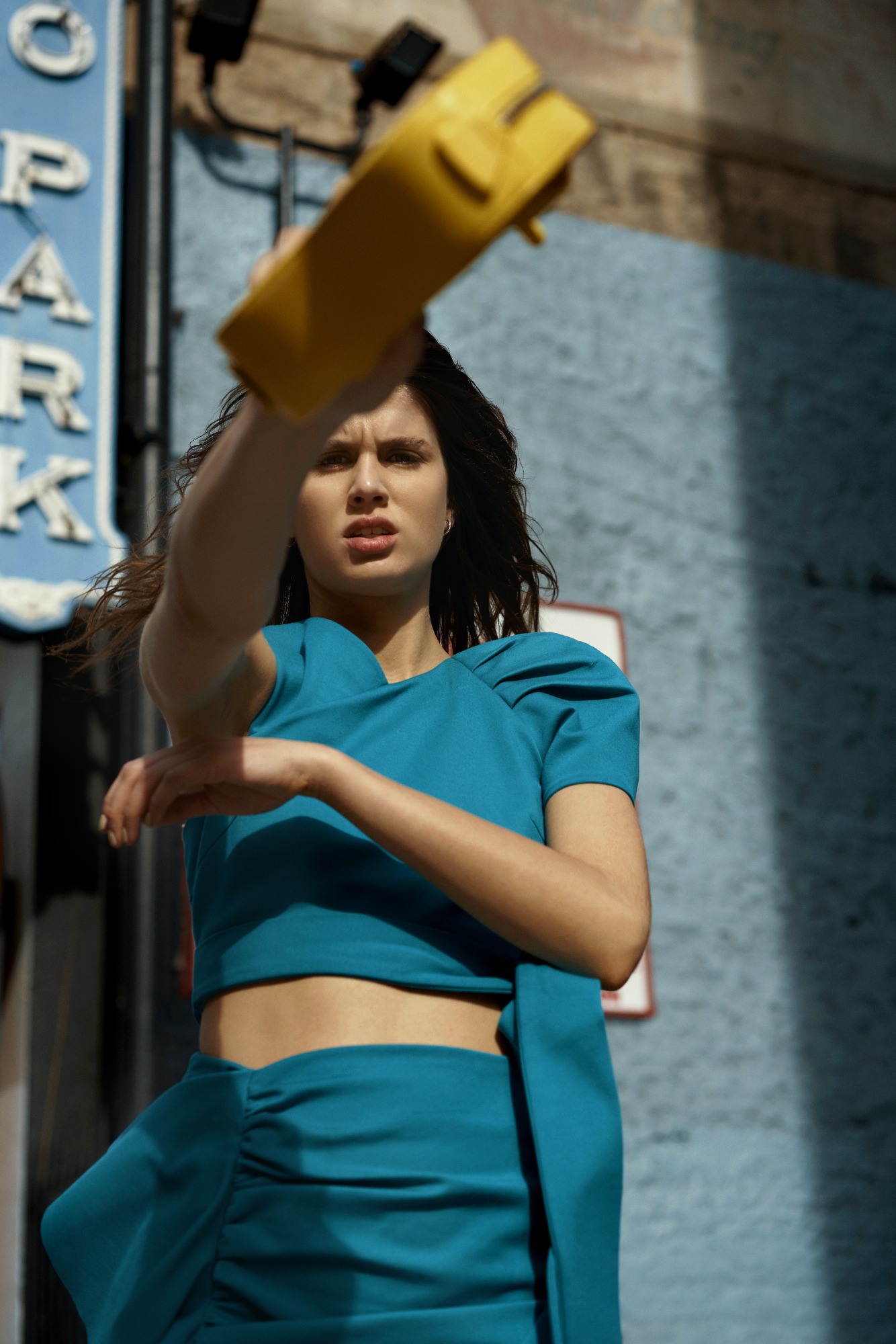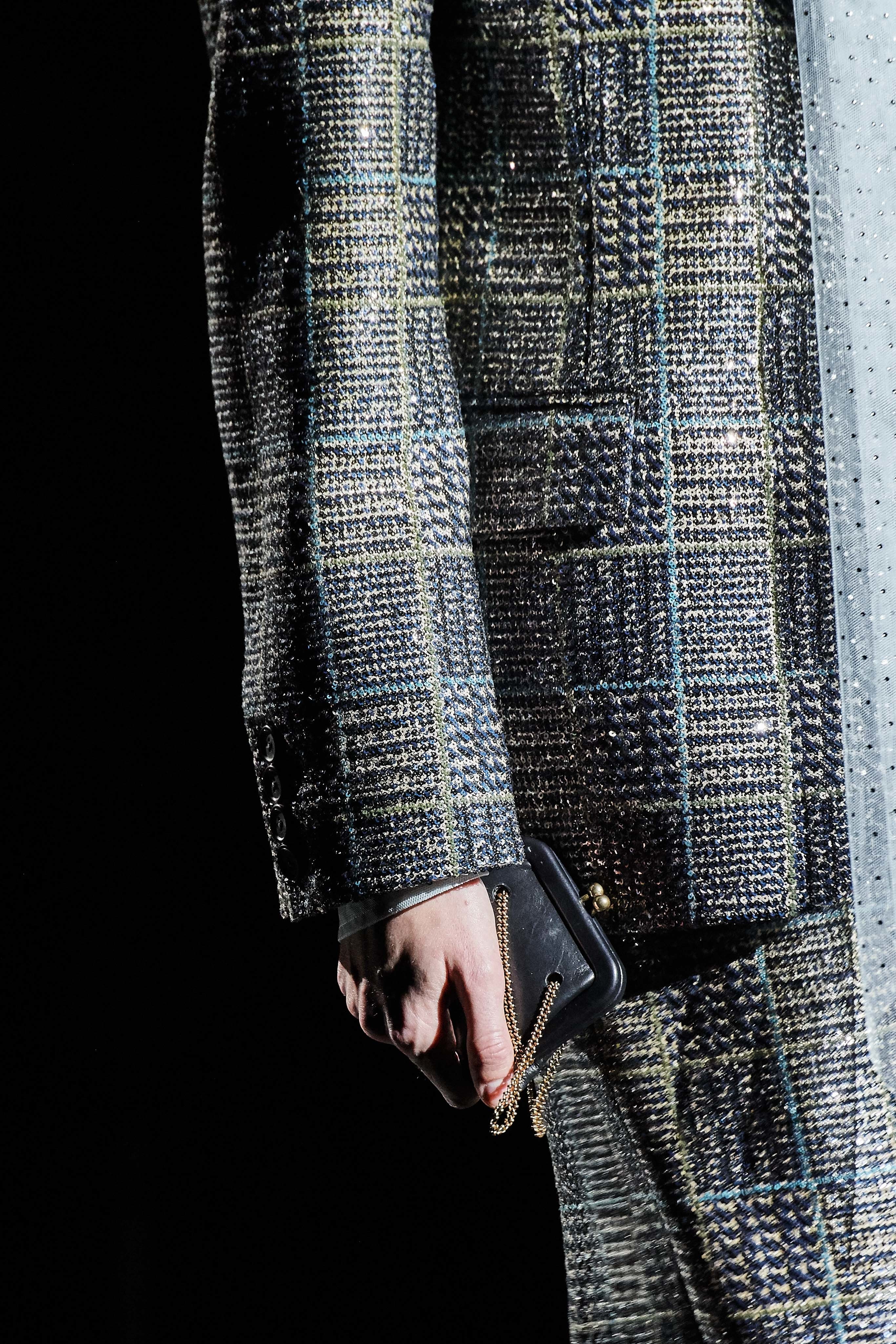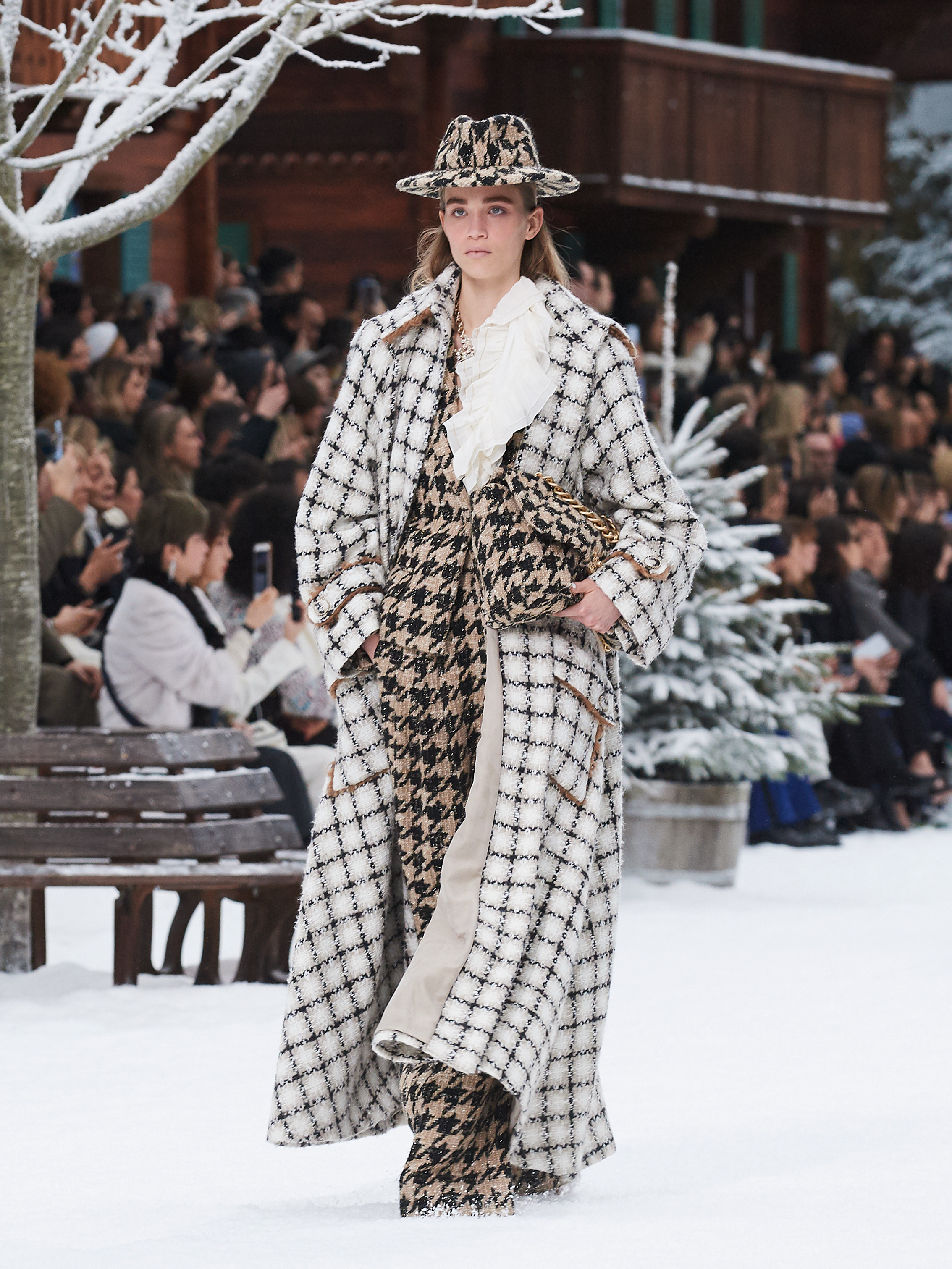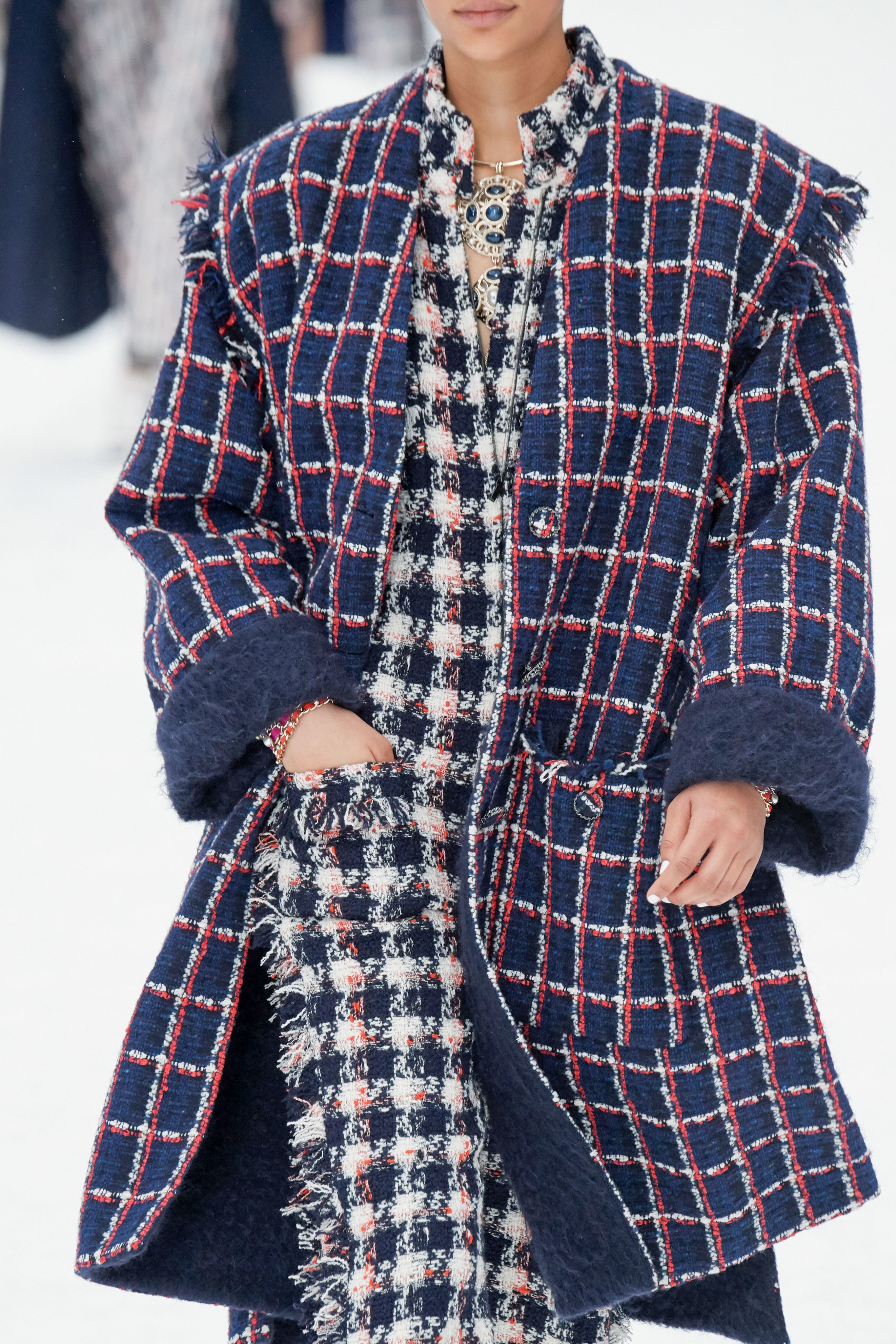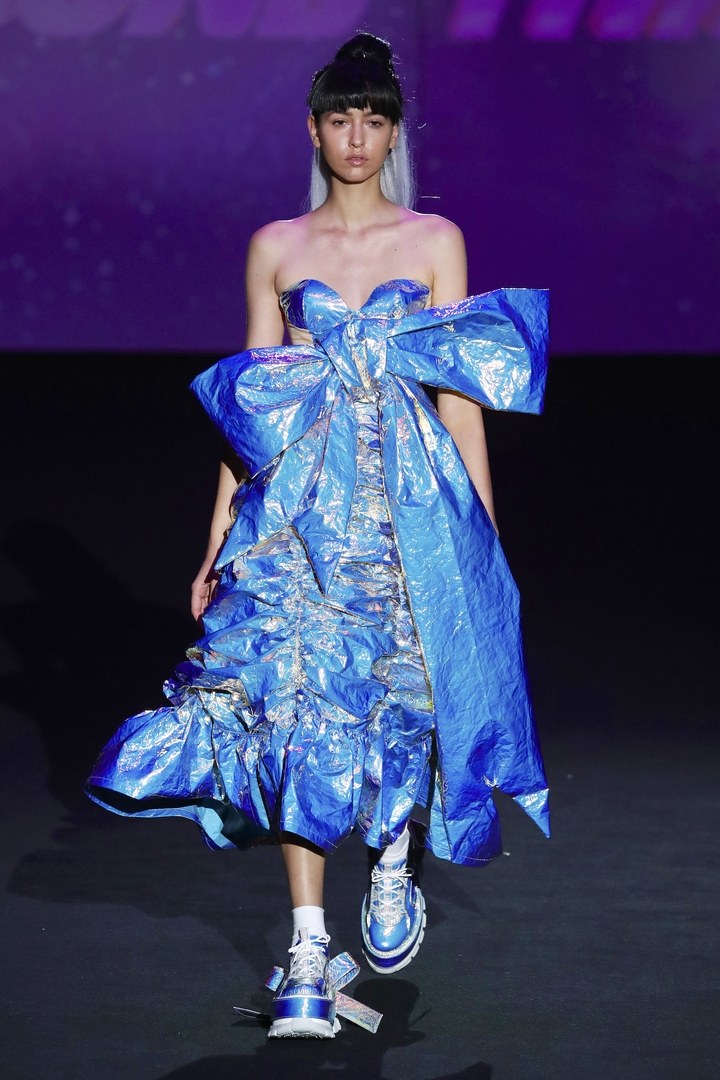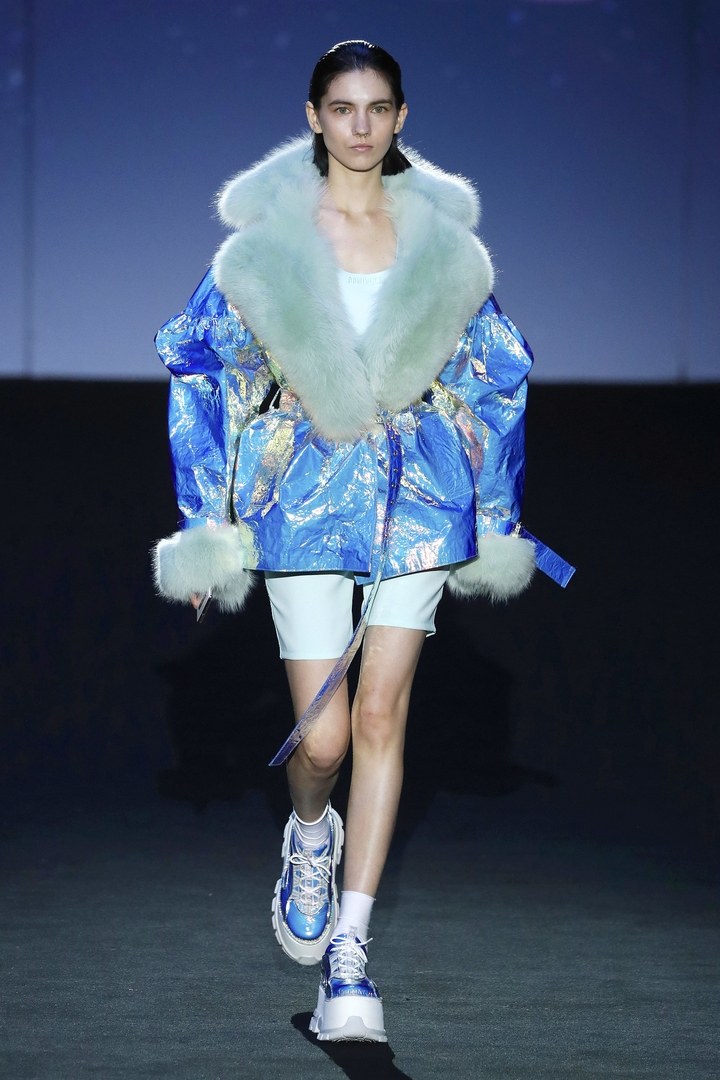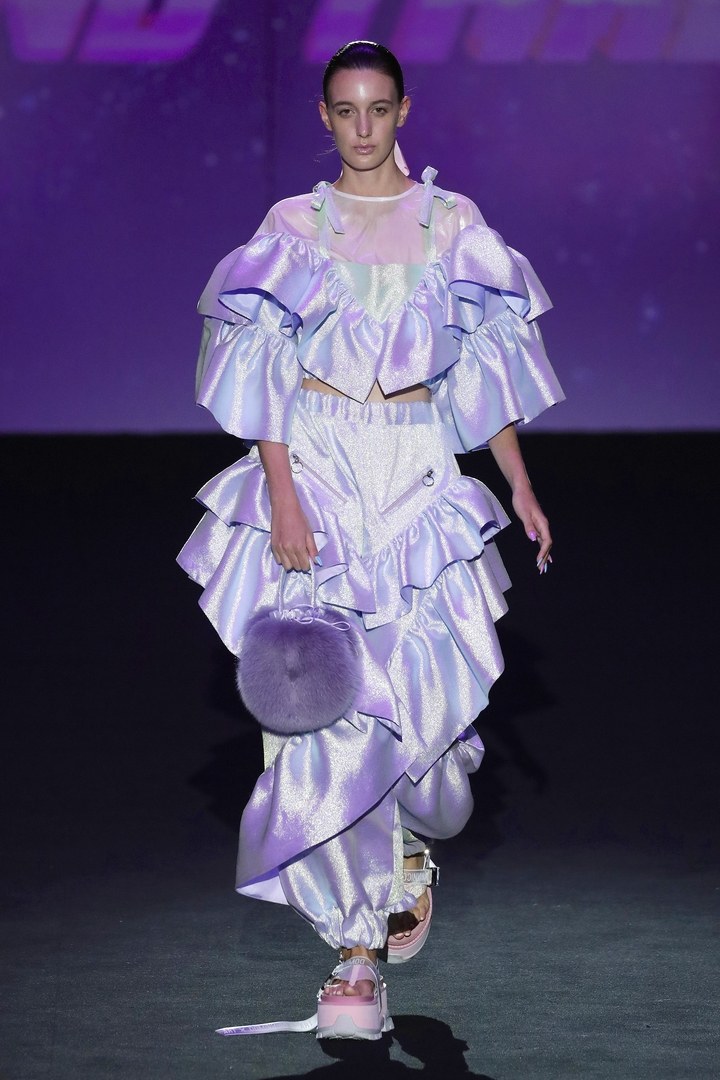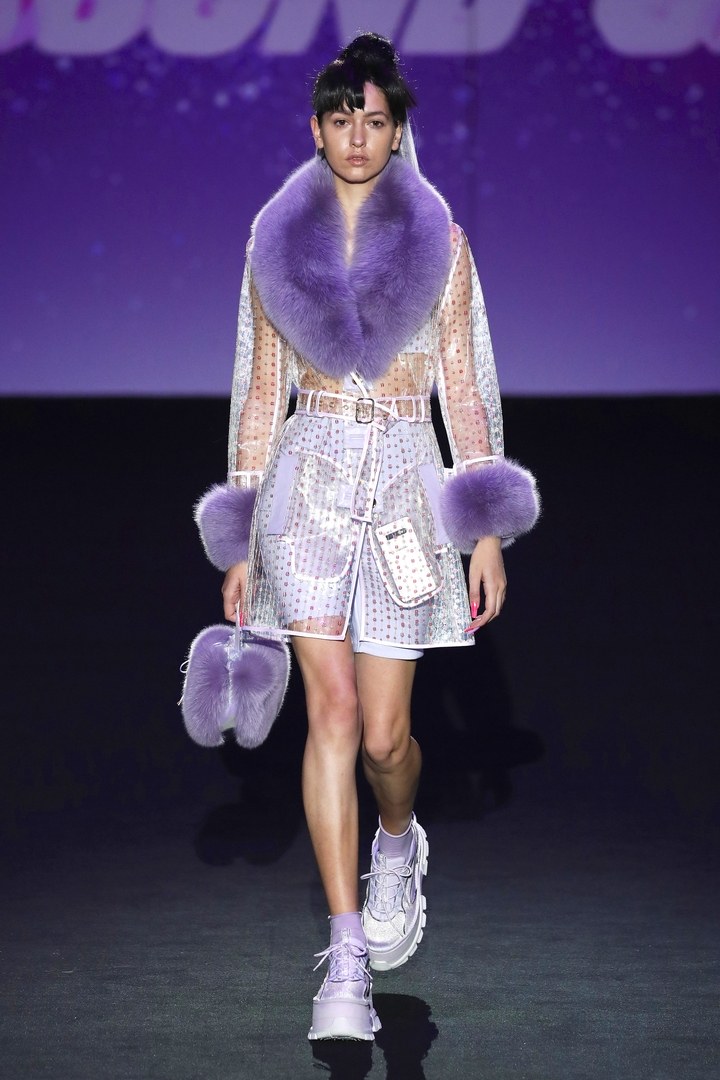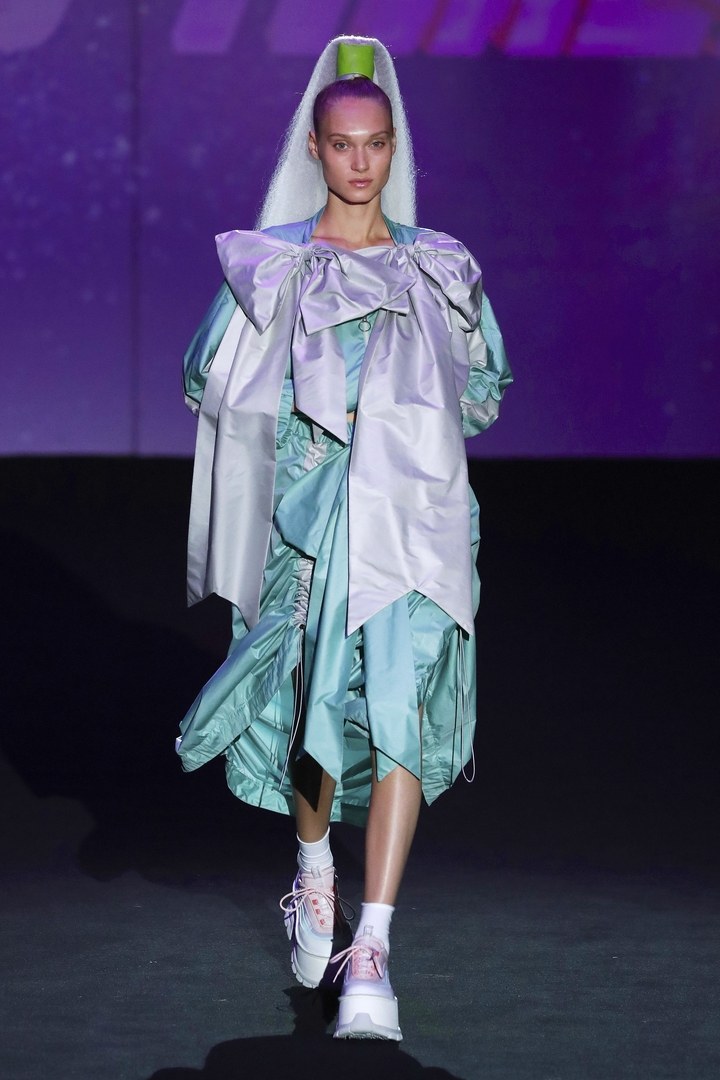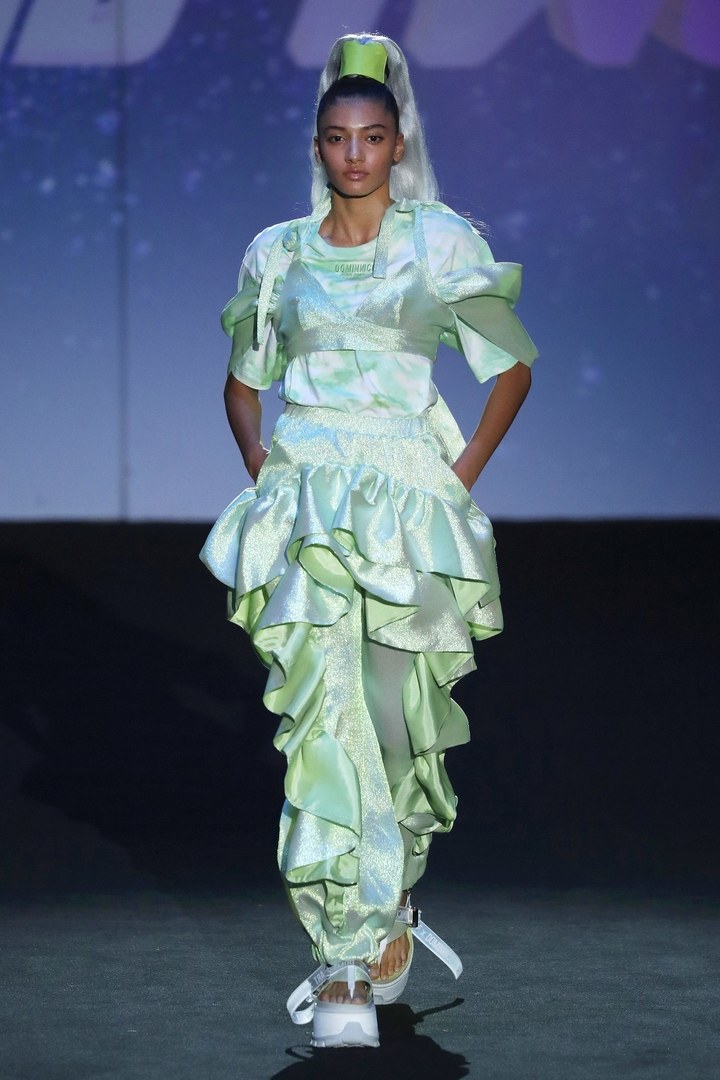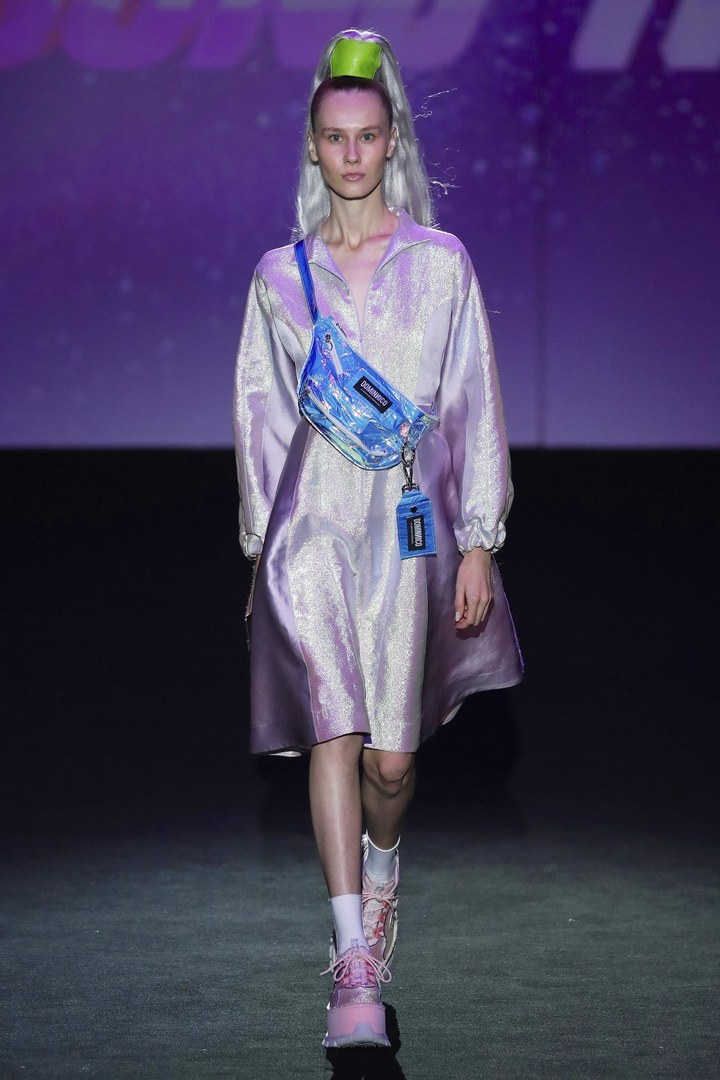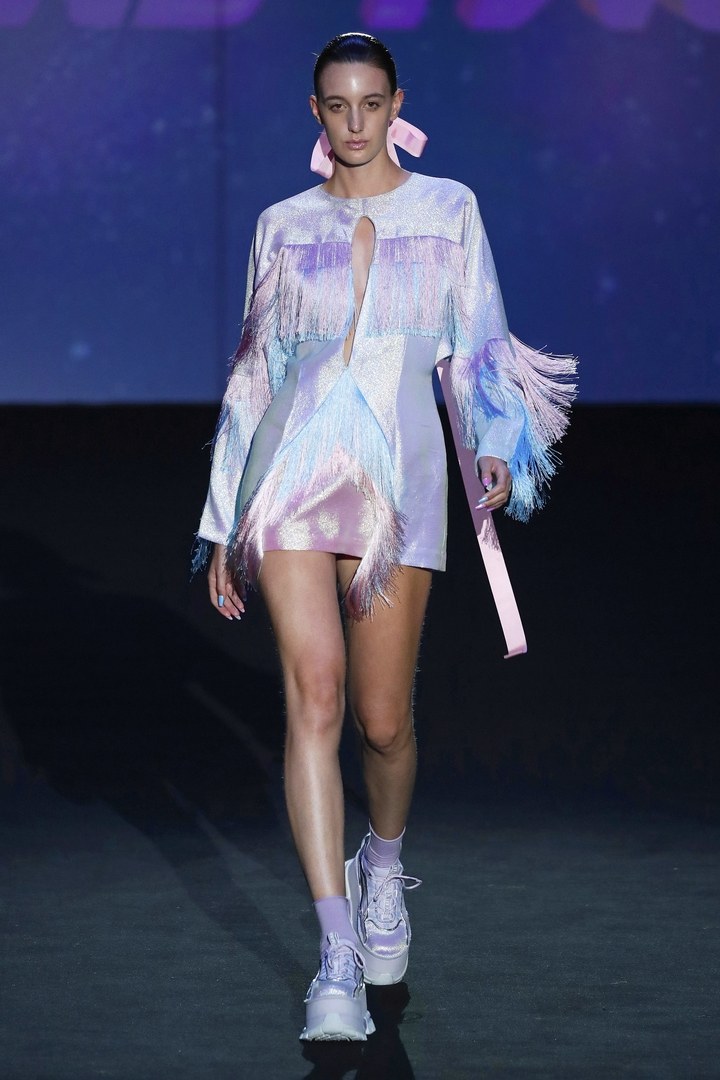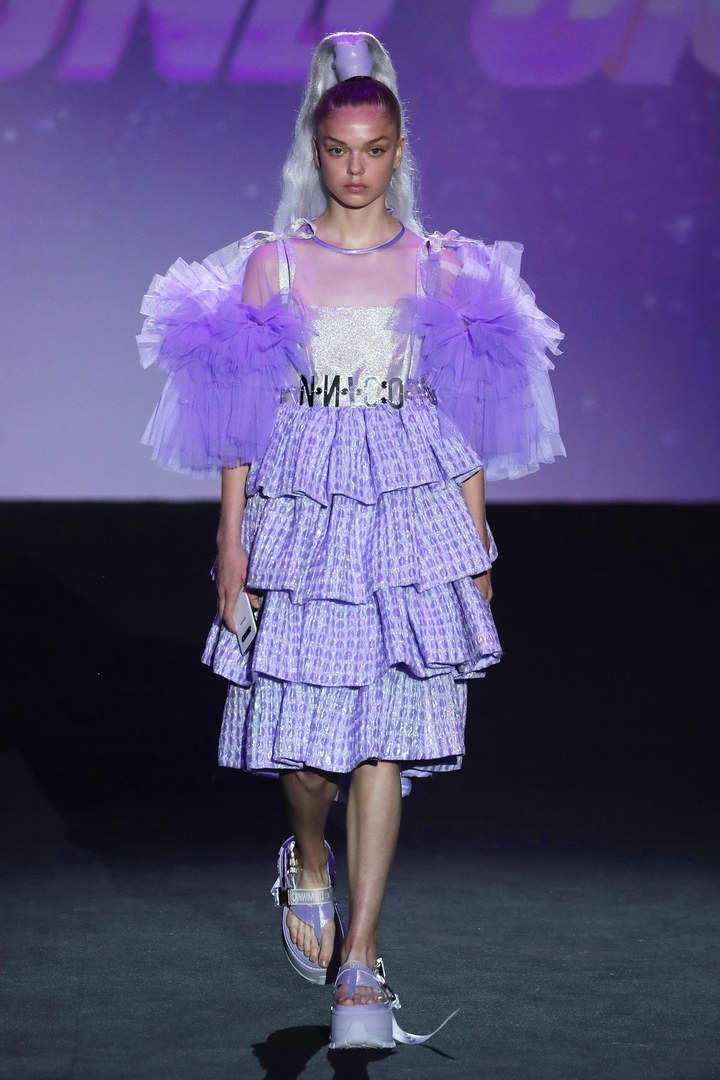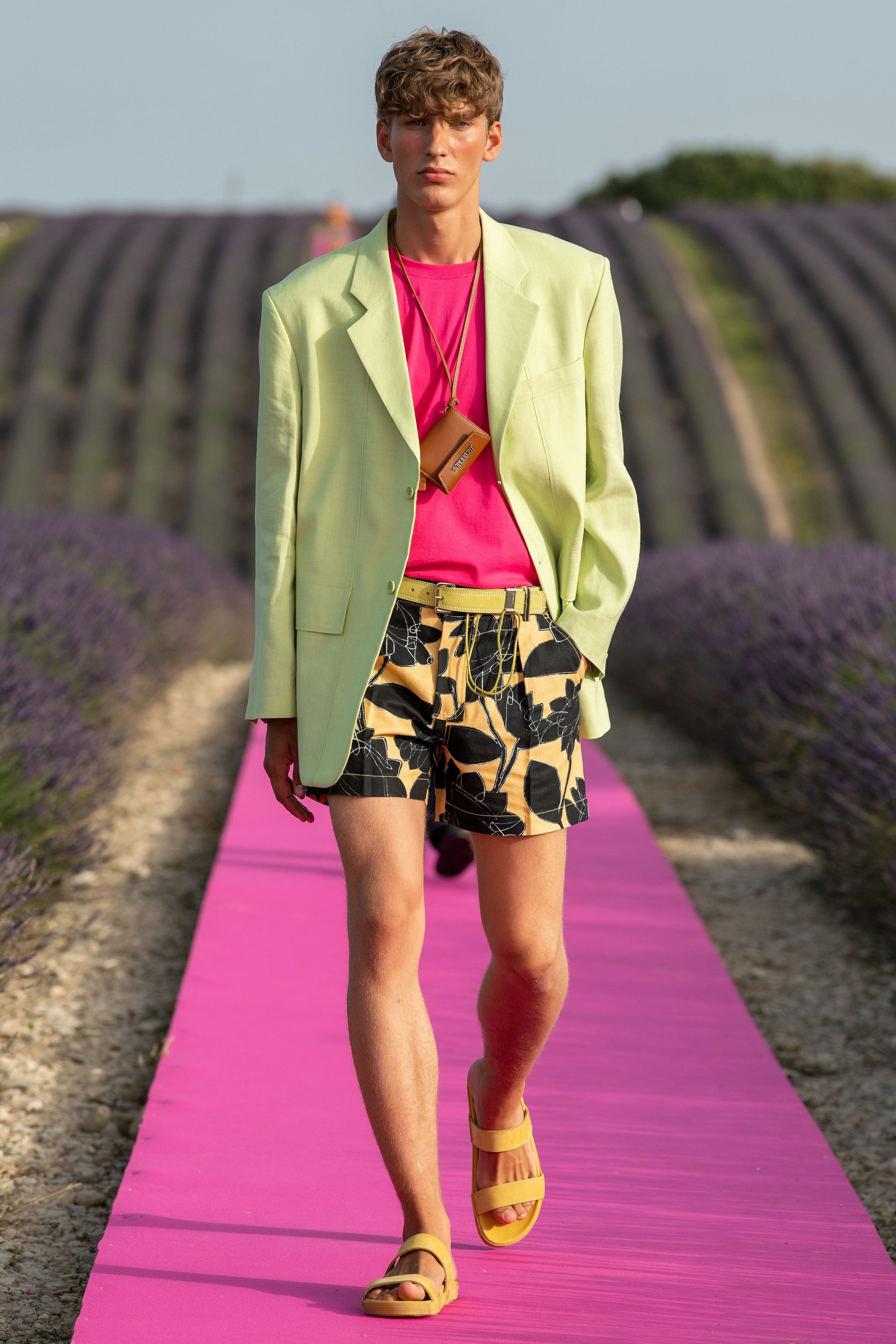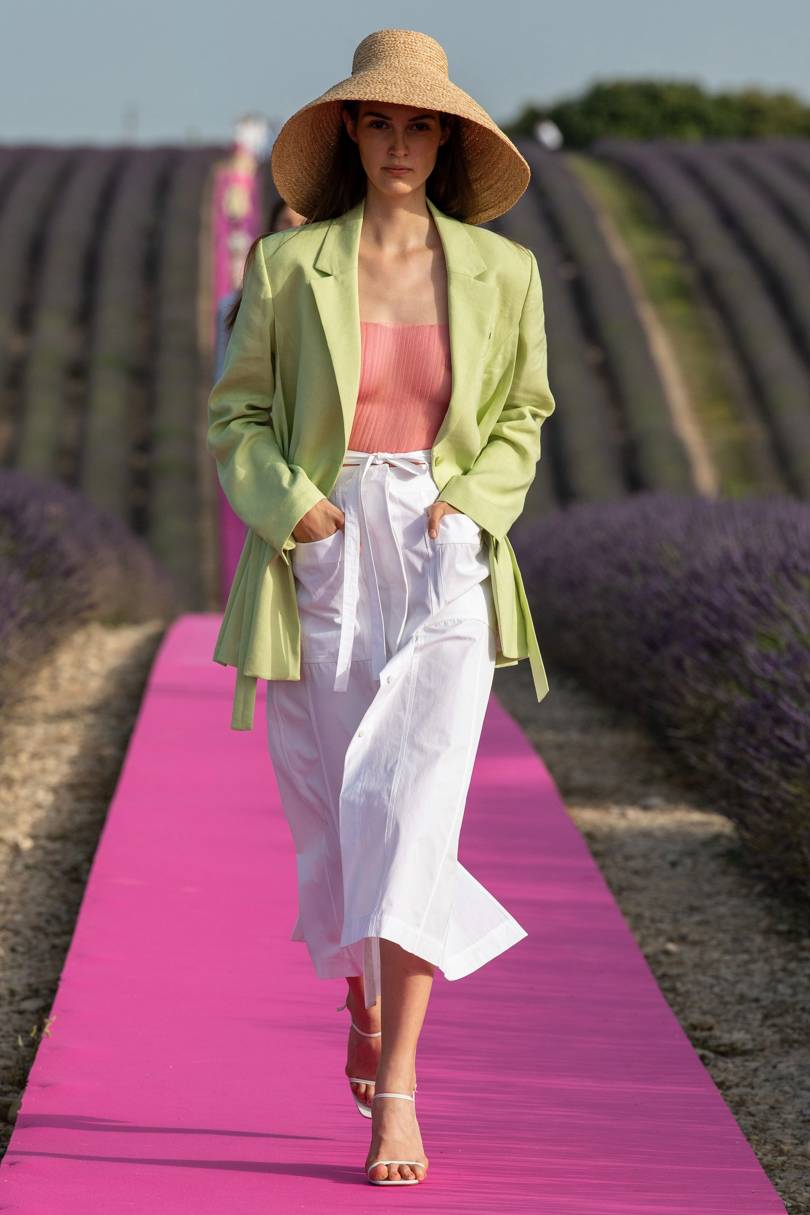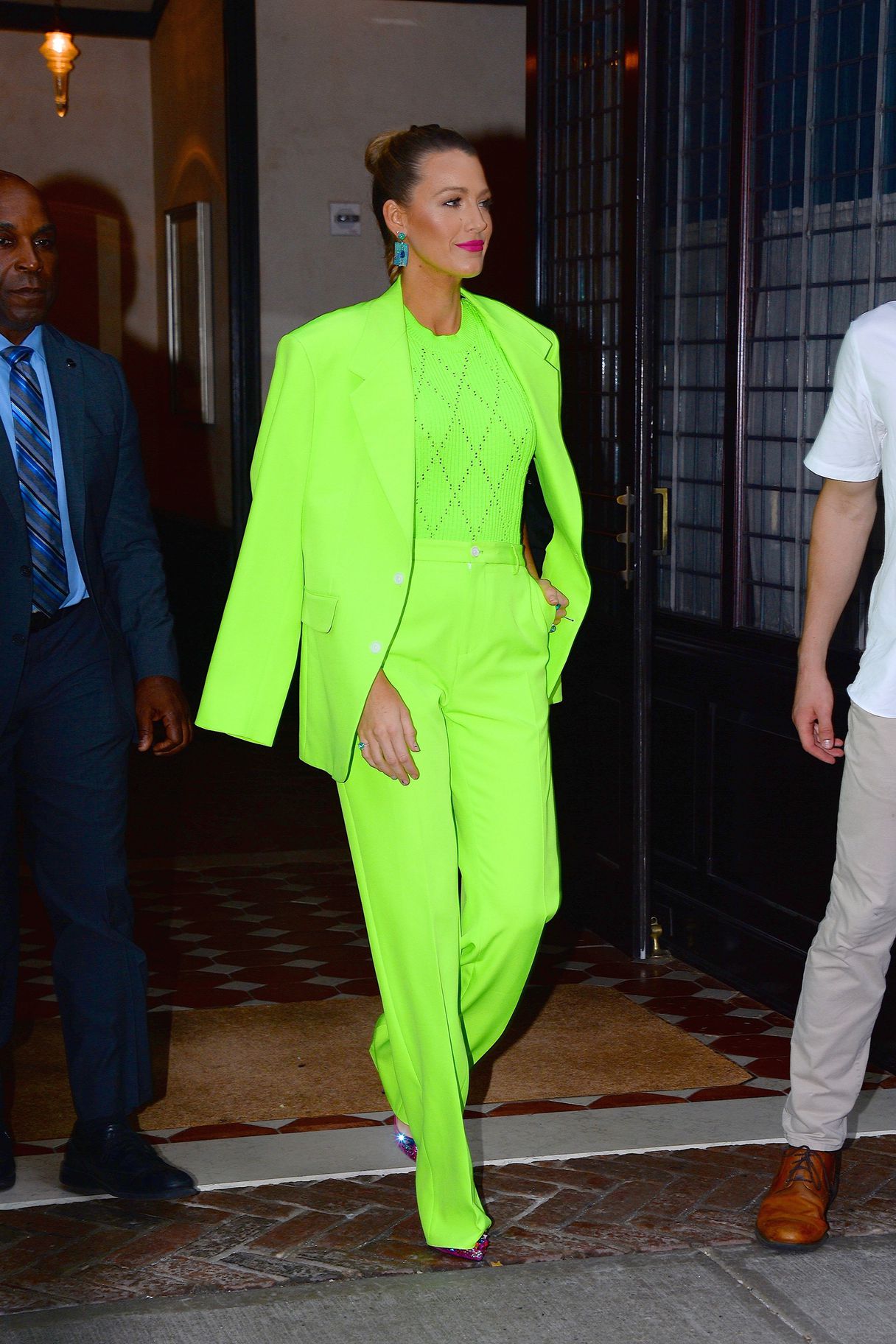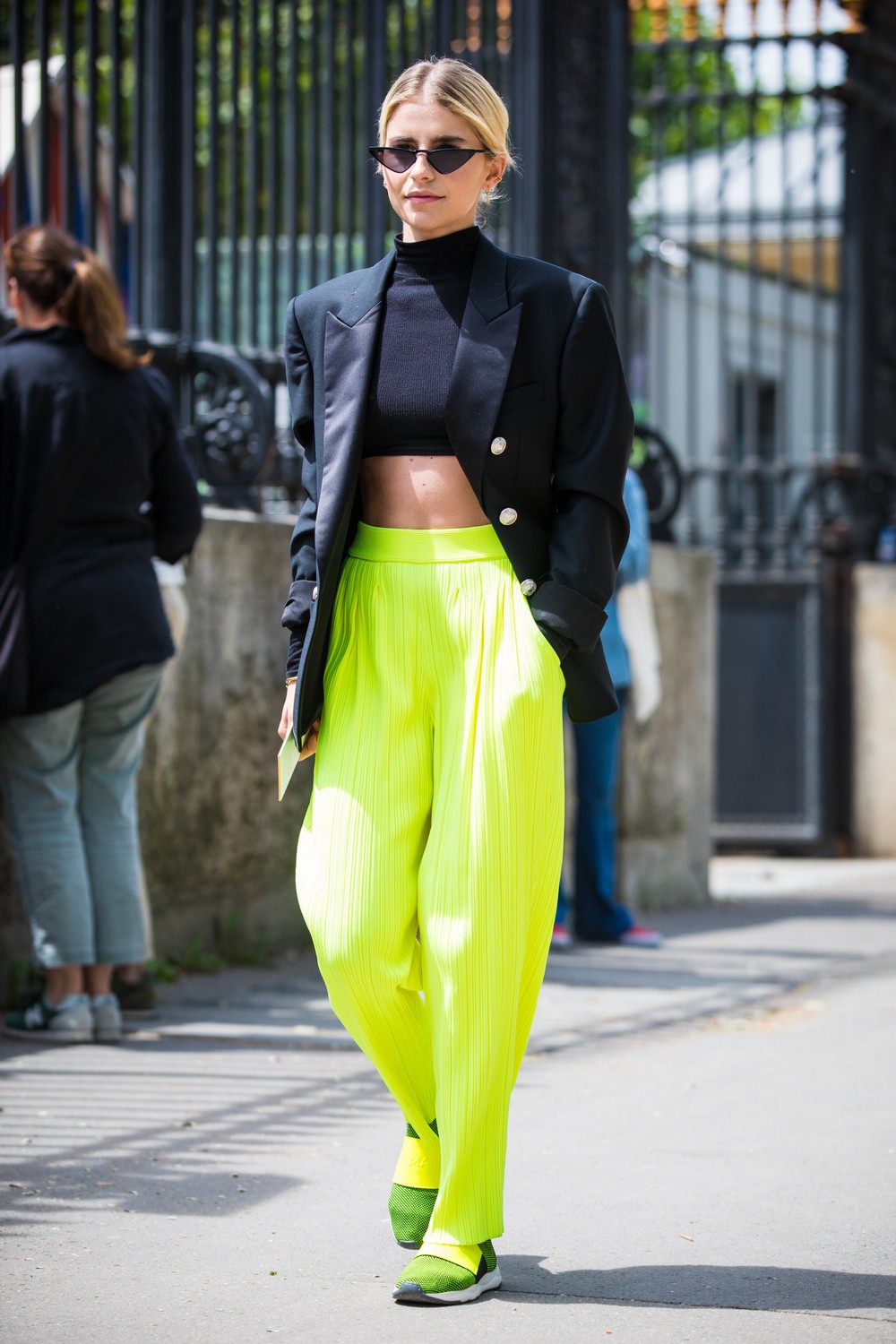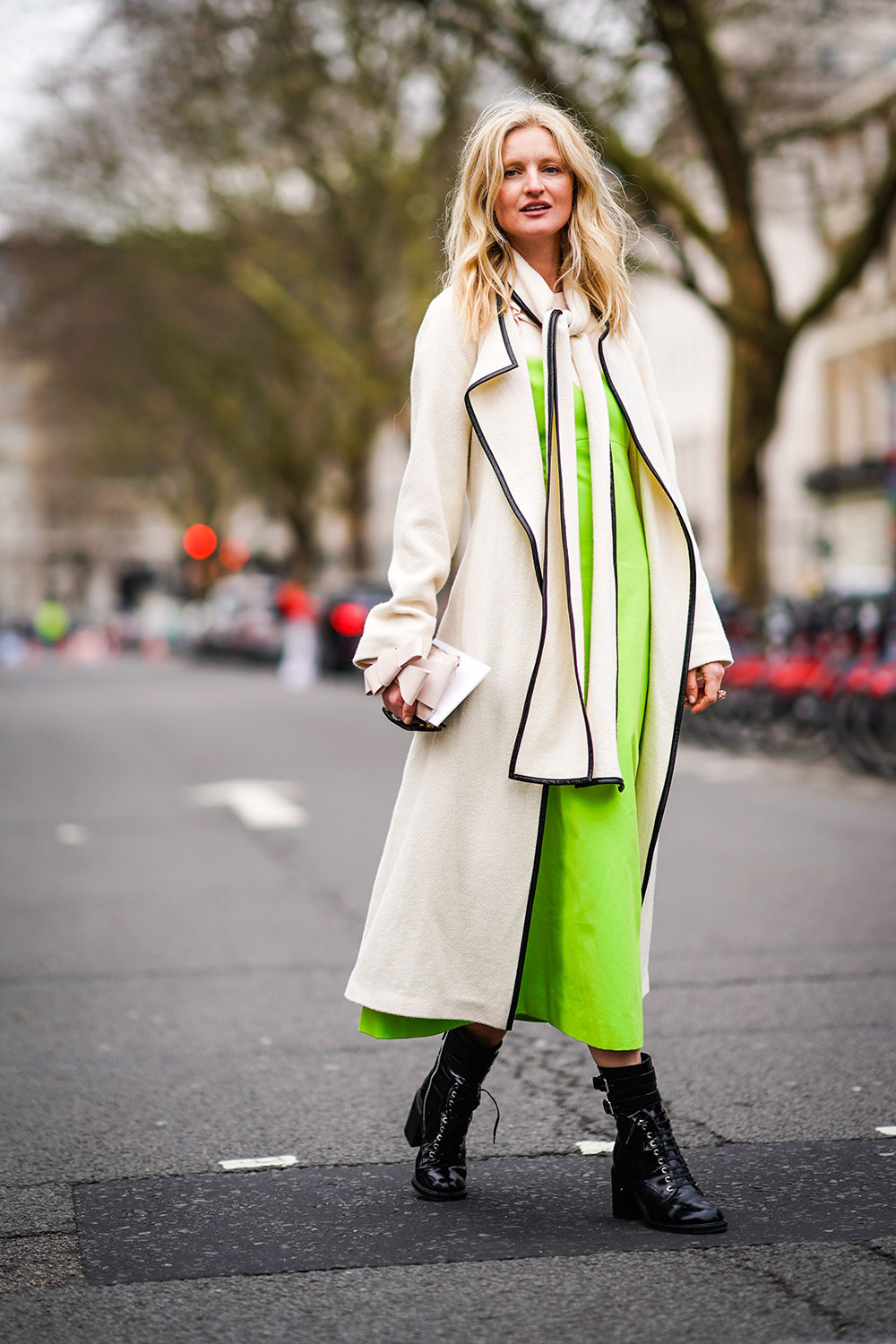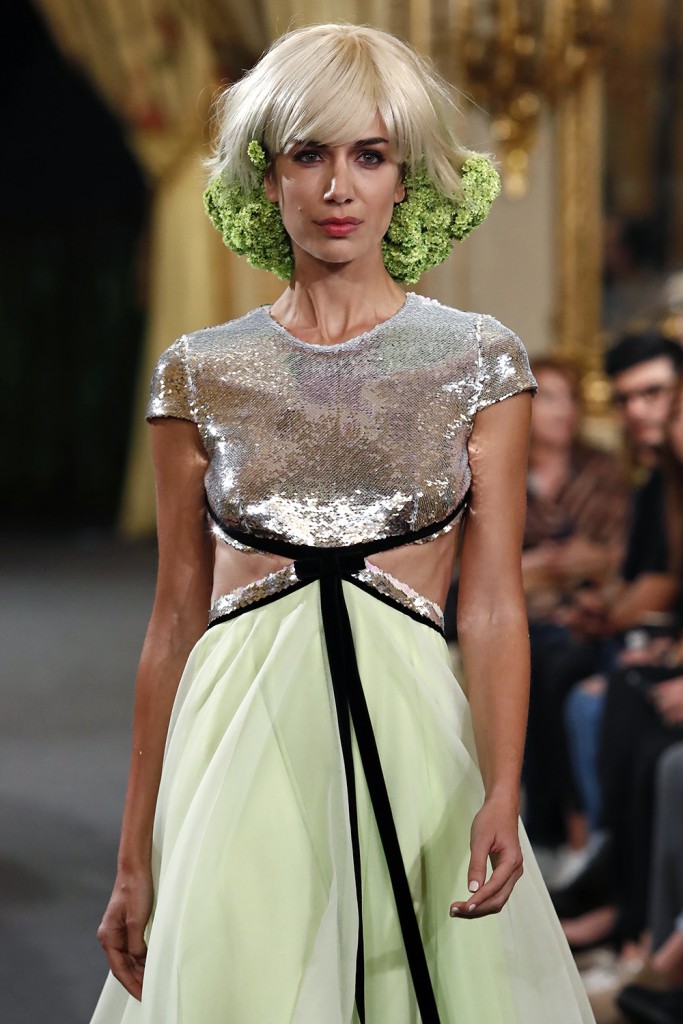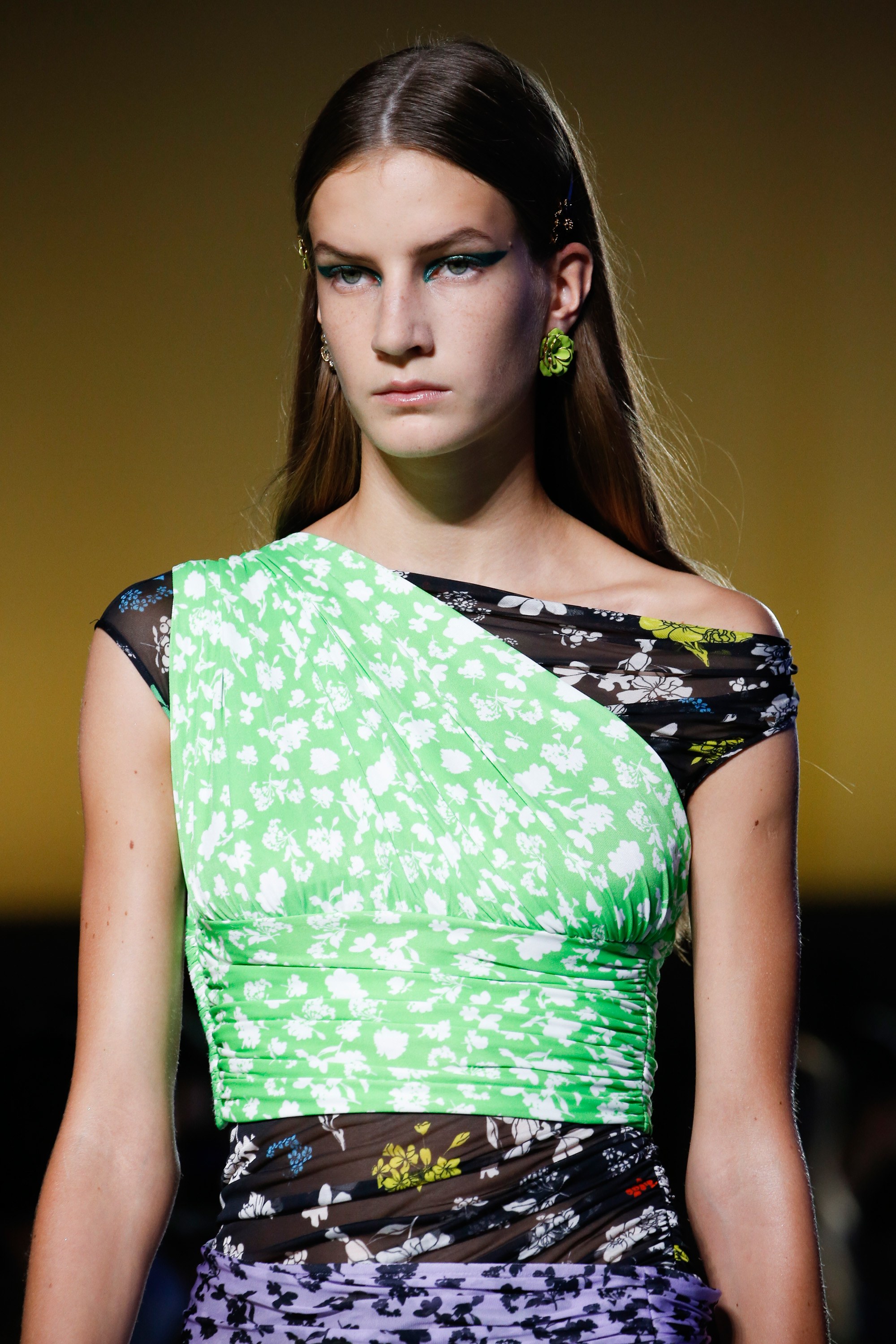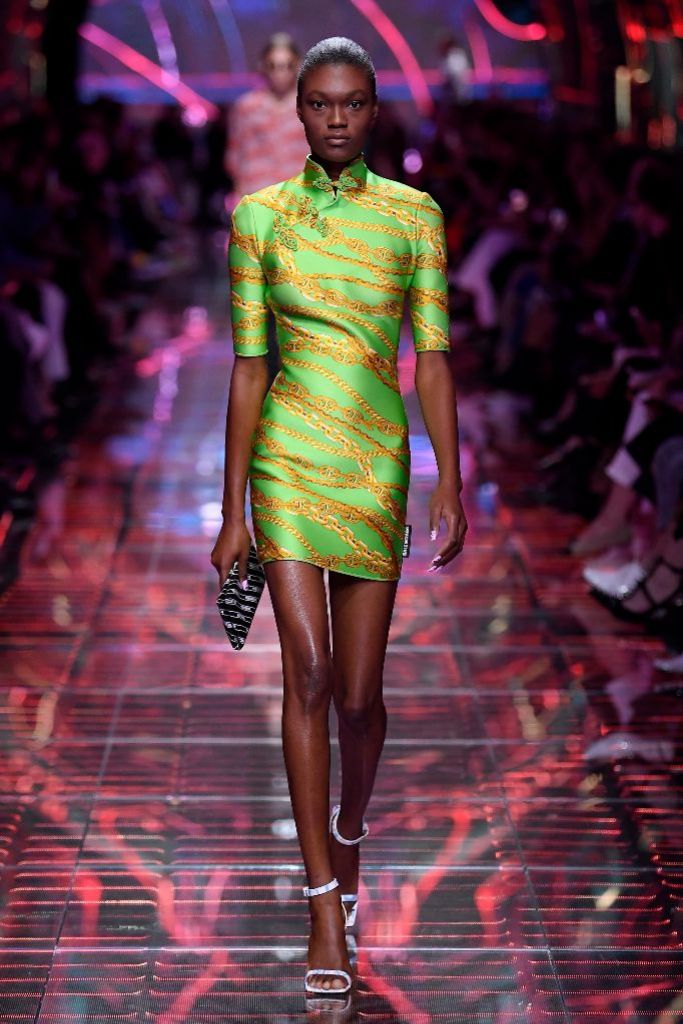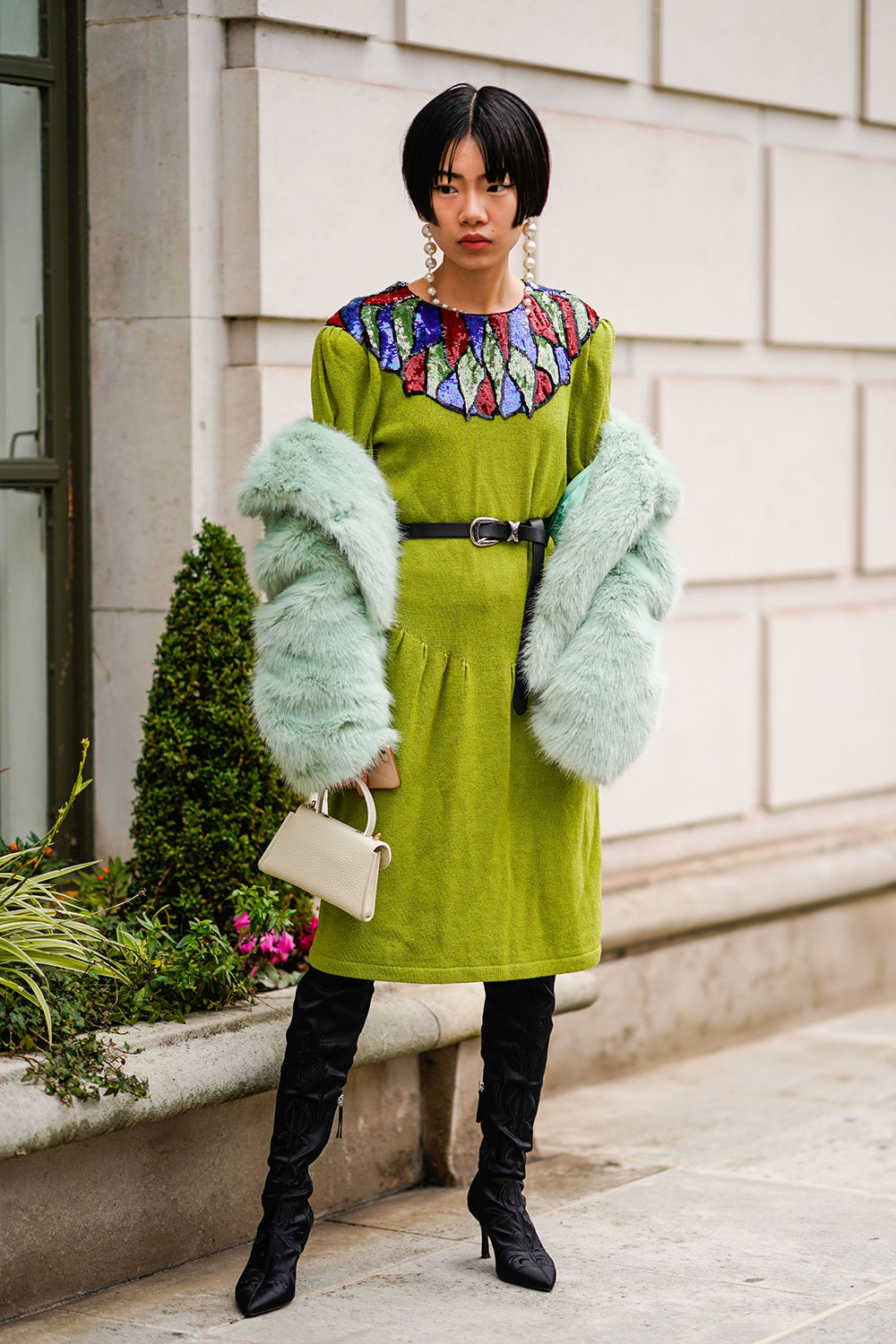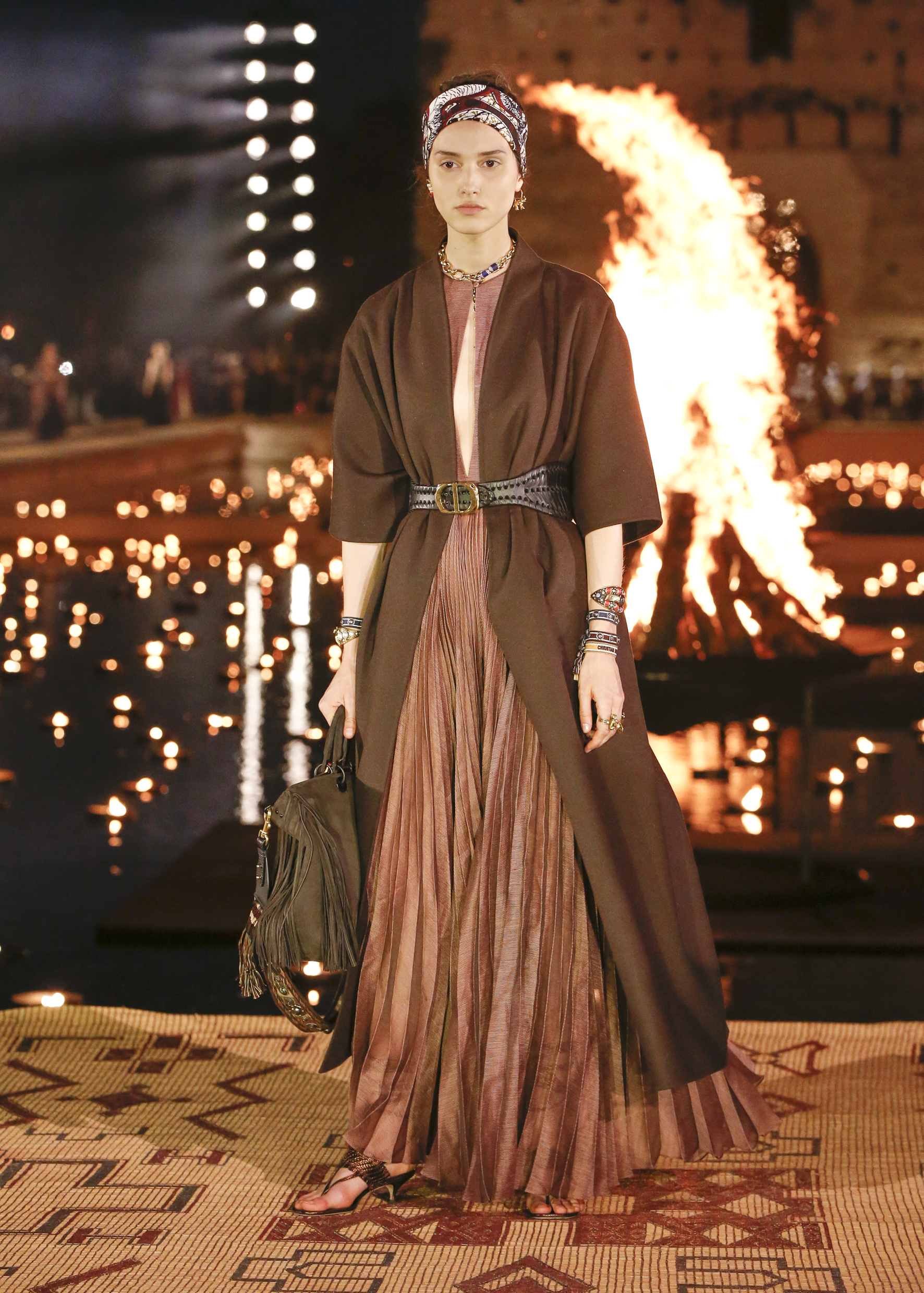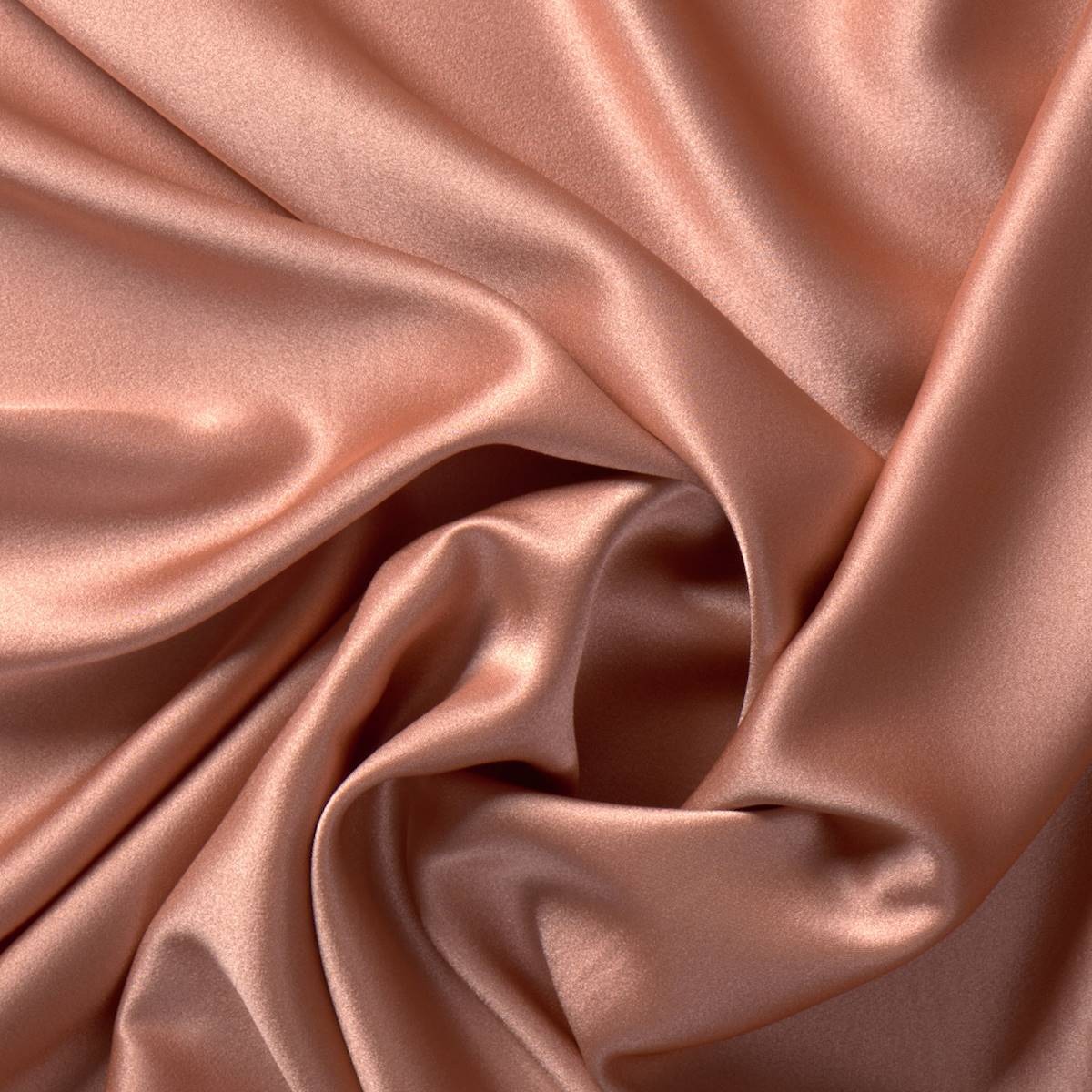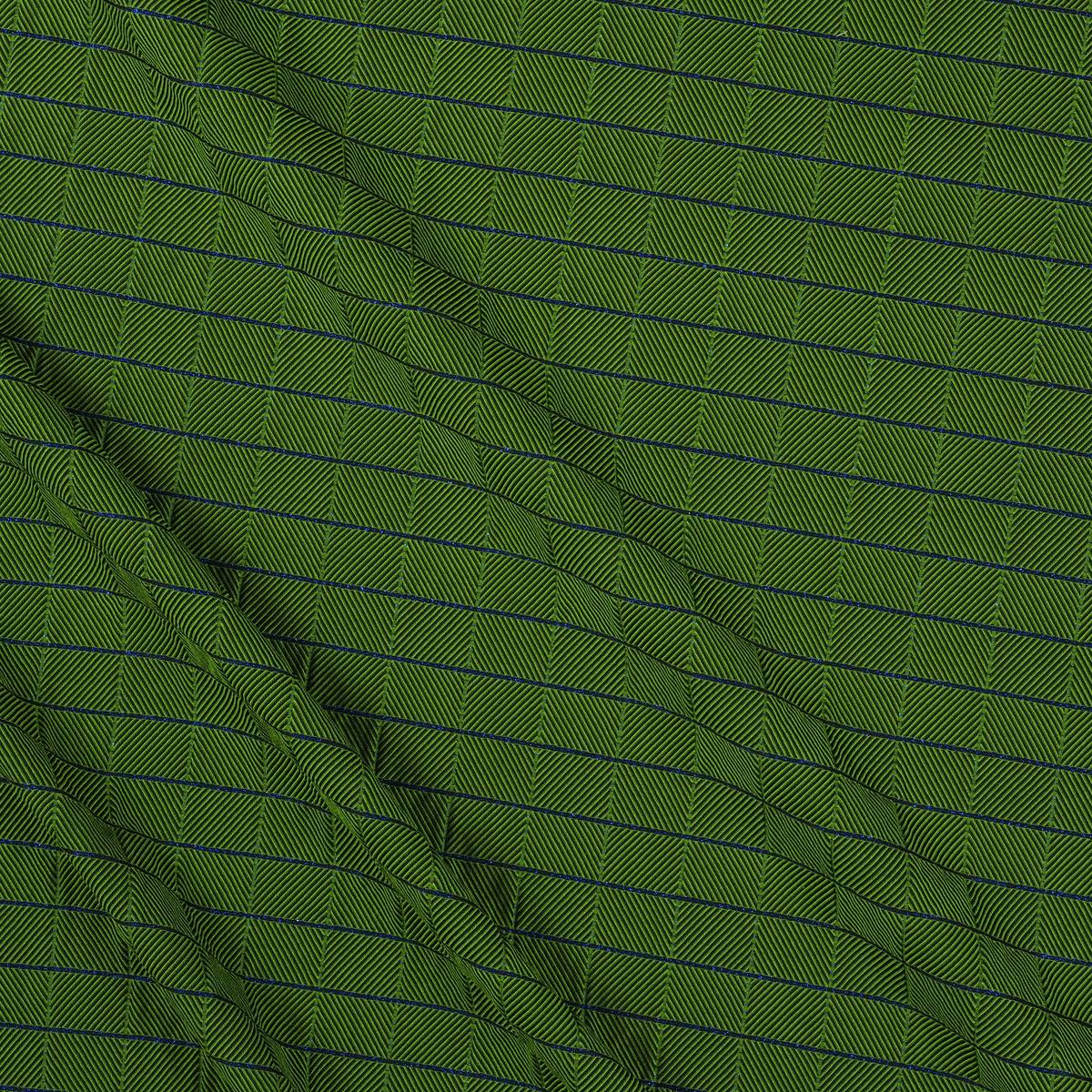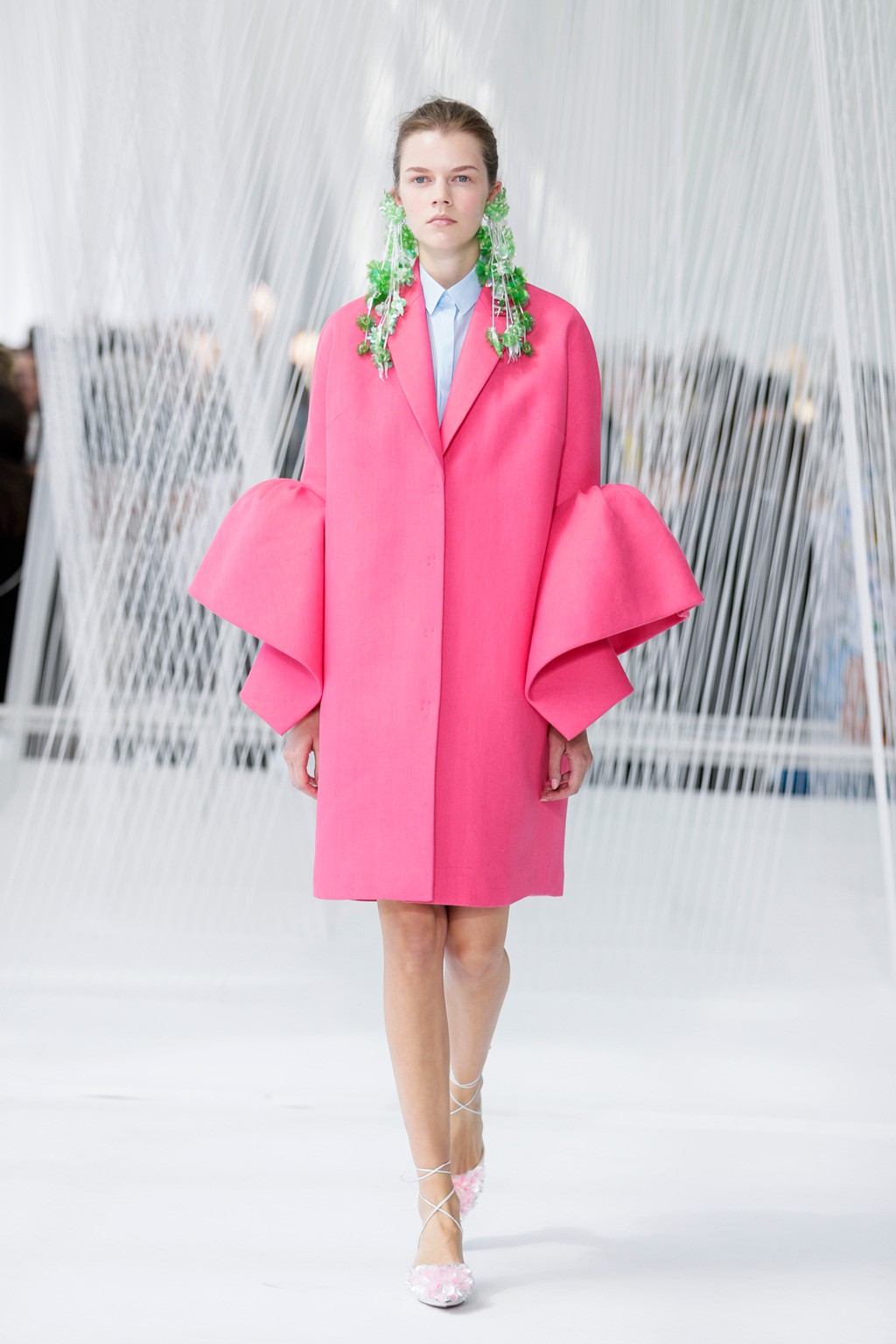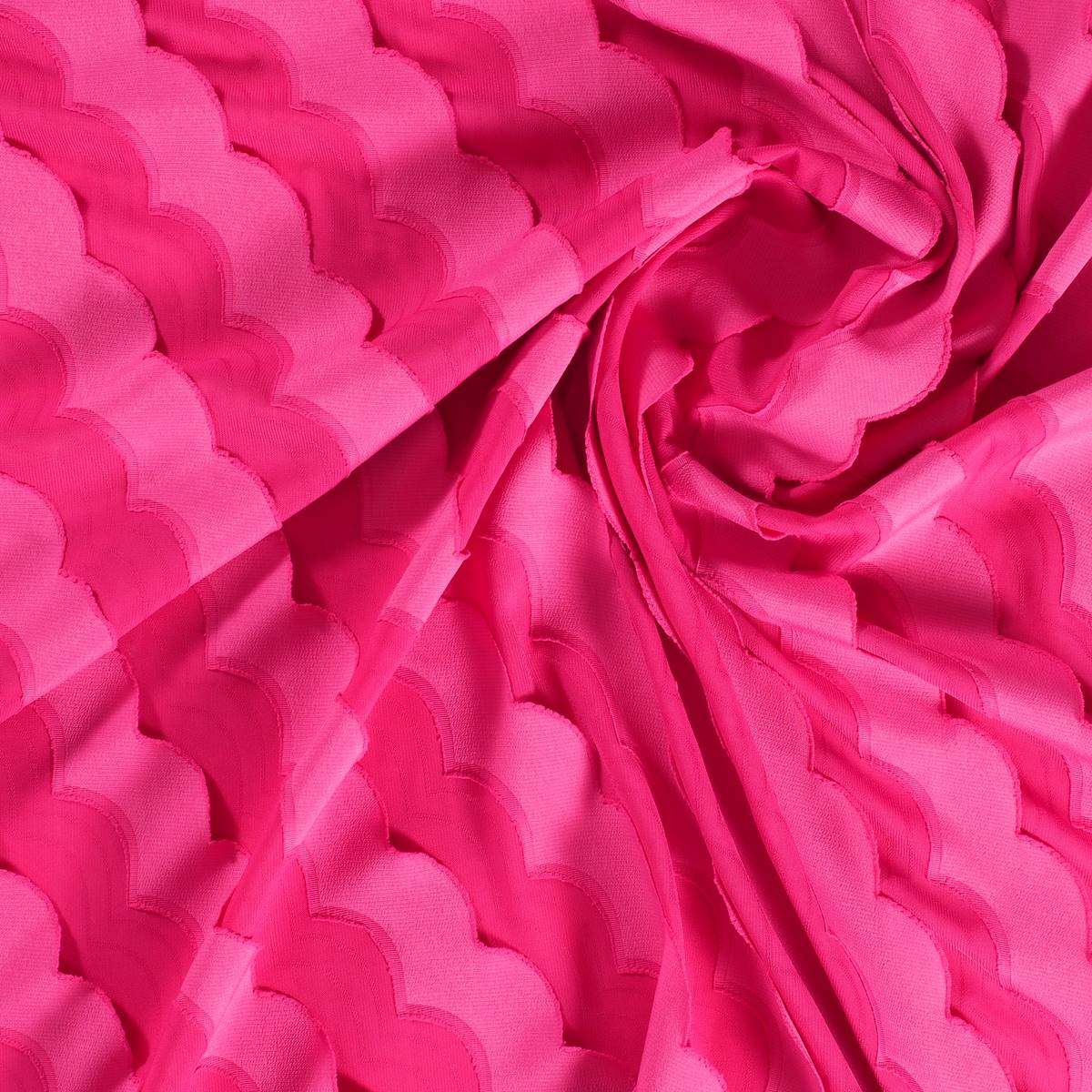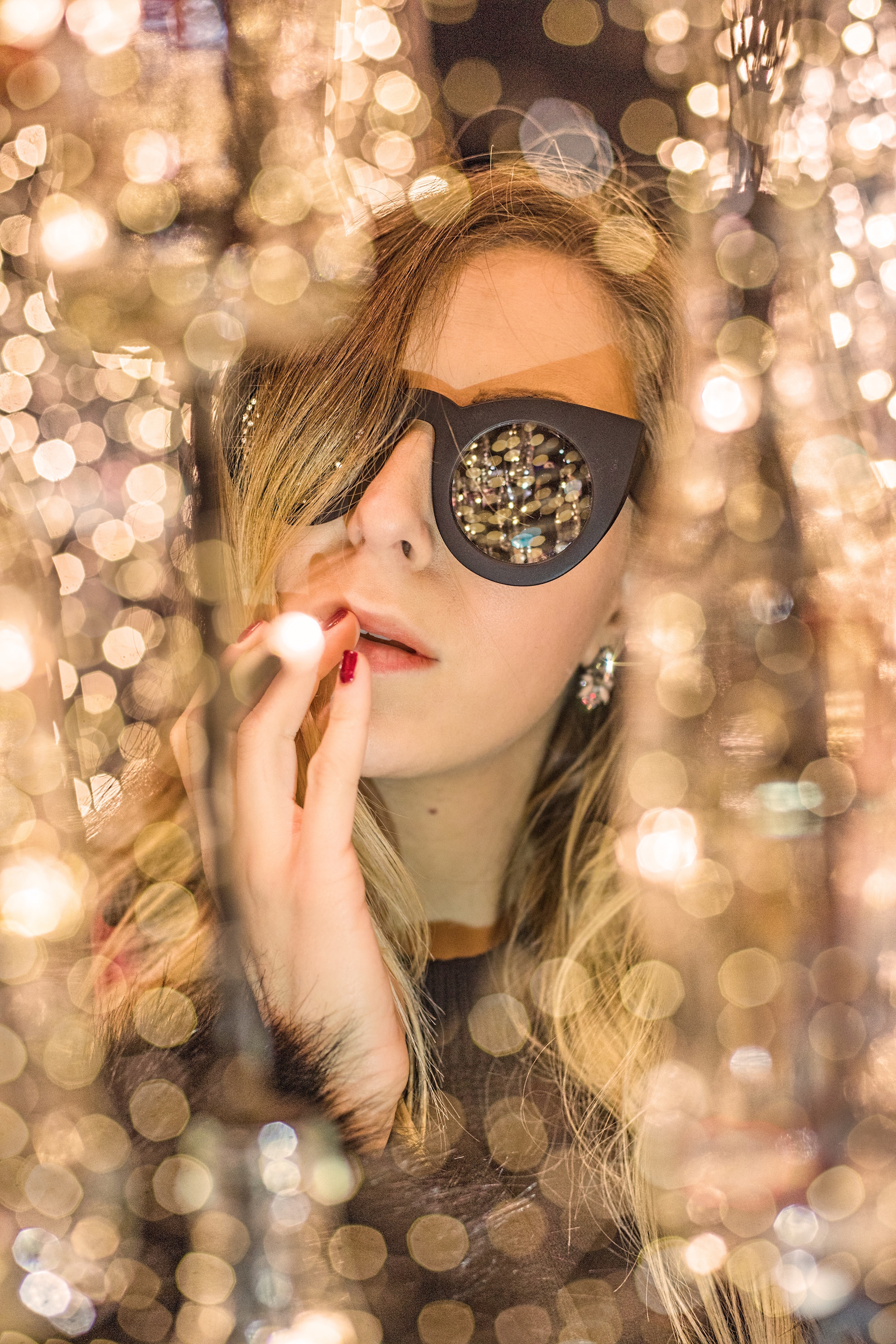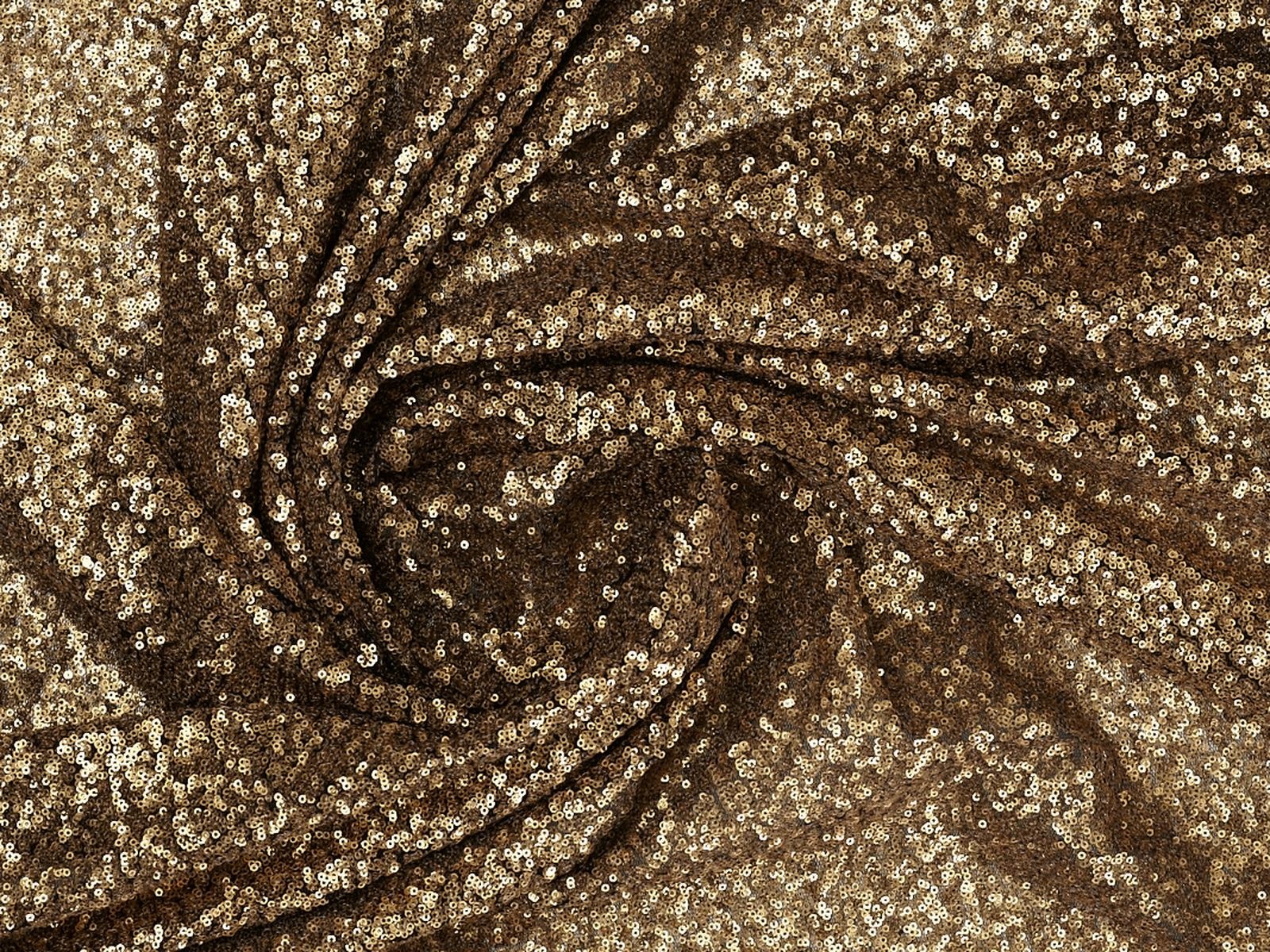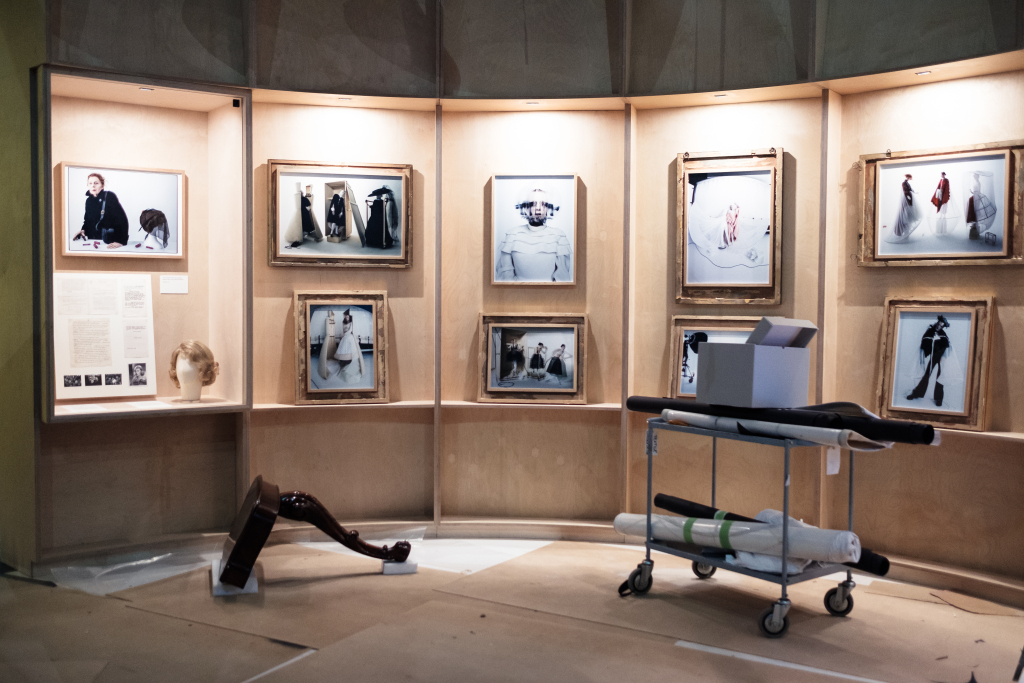
Fashion shows are appealing at any time of the year. They represent an opportunity to reflect on the sector from multiple points of view and covering topics as different as those we suggest below: the dialogue established by garments and their fabrics in migratory societies, the importance of sustainability, the history of footwear or a vision of fashion photography via one of the great contemporary artists.
On the eve of a new holiday, All Saints Day, we are offering you a new cultural route throughsome European exhibitions that we have not yet mentioned in this blog: interesting fashion shows in cultural capitals such as Antwerp, Florence, London and Paris, so that like us you can also find inspiration, knowledge and new ideas that enrich you in your respective jobs. Take note!
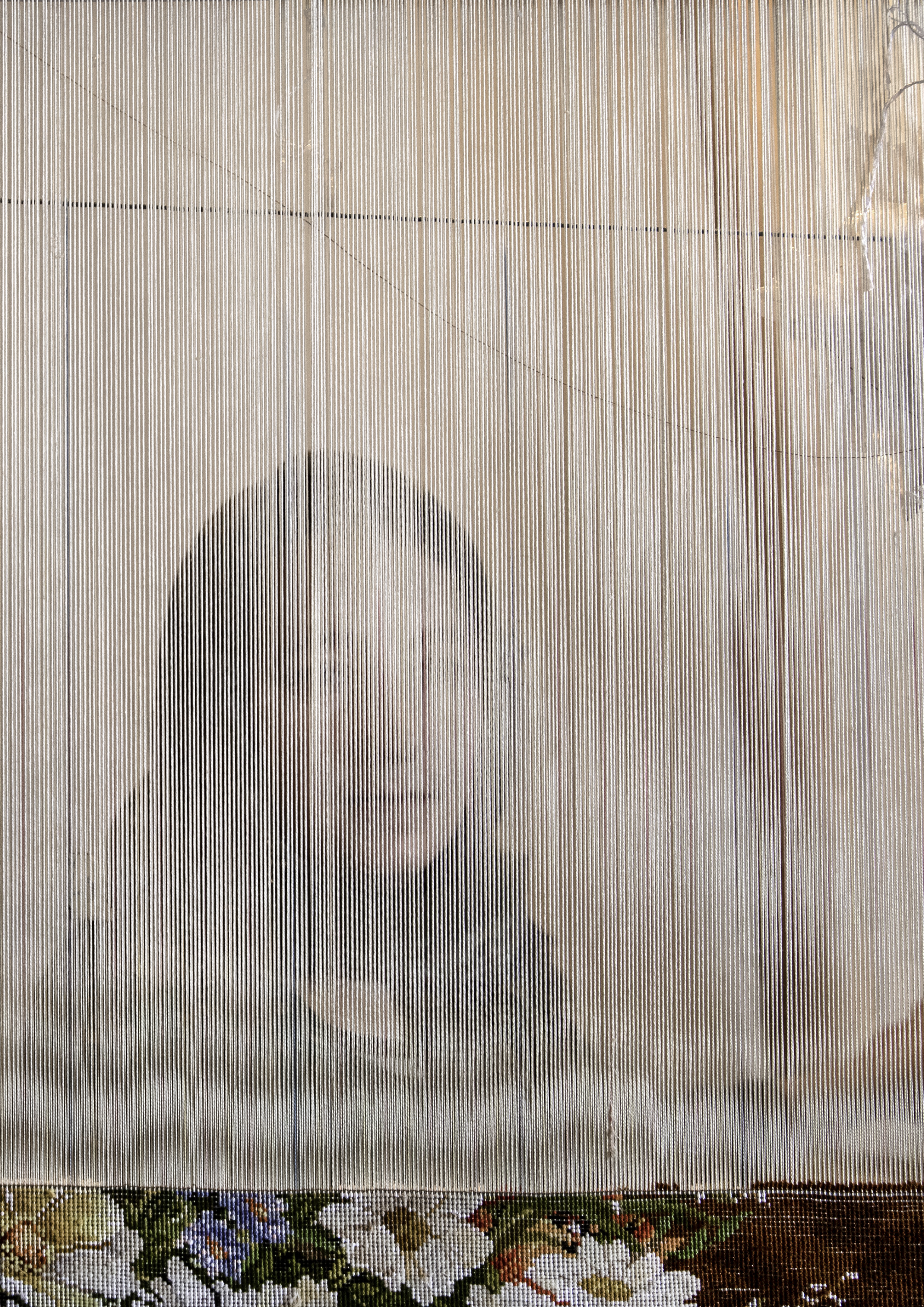
1. Antwerp: ‘Textile as Resistance’
The exhibition ‘Textile as Resistance’ at the MoMu (Antwerp Fashion Museum) asks interesting questions of the public: What messages and stories can the fabrics convey? What does an item of clothing say about the person wearing it? Can fabrics weave the past with the present? Can they be acts of resistance? The journalist Samira Bendadi and the photographer Mashi Mohadjerin reflect on the values that fabrics can provide (shelter, resistance, hope, happiness, tradition, beauty, spirituality and decolonisation) and try to answer all these questions through this challenging sample. It is a joint photographic project that began through stories from immigrants in the Belgian fashion capital and that soon spread to other parts of the world. Thus in ‘Textile as Resistance’ this creative couple invites you to discover clothes and textiles as an excuse to learn visual and written stories that transcend religious, cultural and national boundaries. Migration marks social, aesthetic and personal change.
Momu ‘Textile as Resistance’.Until February 16, 2020.

2.Florence: ‘Sustainable Thinking’
Sustainability is neither a fashion nor a trend: it is a real necessity. Aware of the move towards green issues that we are also promoting from Gratacós, we are especially interested in recommending this exhibition that houses the Salvatore Ferragamo Museum in Florence. ‘Sustainable Thinking’ invites reflection through art and fashion.
The term “sustainability” defines the human capacity to meet “the needs of the current generation without compromising the ability of future generations to meet their own needs.” It is a challenge that is not limited to production methods but also implies a greater focus on the environment in general. Balance must be restored, beginning with a more conscious and shared way of thinking that is capable of generating new development and coexistence strategies. For this reason, ‘Sustainable Thinking’ exposes the work of numerous artists who reflect on sustainability. Some projects focus on recovering the link with nature, the use of organic materials, the need for a creative reuse of materials, the connection between sustainability and technology … An opportunity for artists, fashion designers, textile and yarn manufacturers to offer a plurality of views to inspire new sustainable projects.
Salvatore Ferragamo Museum. ‘Sustainable Thinking’. Until March 8, 2020.
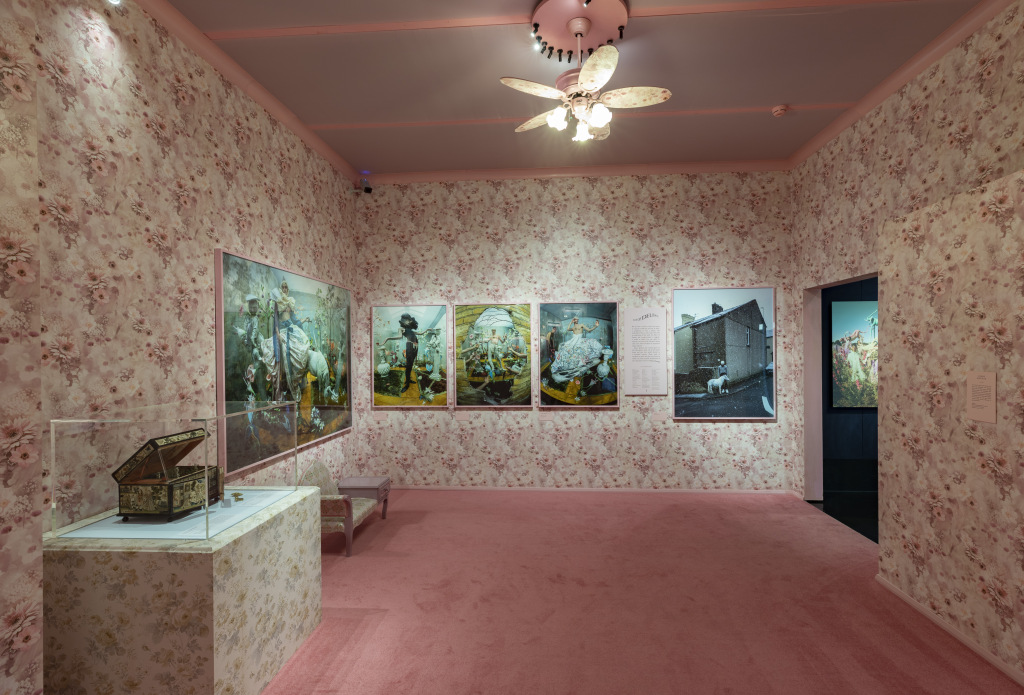
3. London. Tim walker
Coinciding with the exhibition dedicated to the talented designer Mary Quant, “the mother” of the iconic miniskirt, the Victoria & Albert Museum opens a new exhibition in parallel, this time dedicated to photography. As the name implies, ‘Tim Walker: Wonderful Things’ represents an immersive journey into the fantastic worlds created by this contemporary fashion photographer who is one of today’s most interesting profiles. Specifically the exhibition shows Tim Walker’s creative process via his pictures, films, photographic sets and special installations. The exhibition also includes an exclusive photo session made with some of the museum’s iconic garments
GOES. ‘Tim Walker: Wonderful Things’. Until March 8, 2020.

4. Paris. “Marché et Démarche: Historie de la Chaussure”
The Museum of Decorative Arts in Paris reschedules a new fashion exhibition to capture the attention of visitors. On this occasion the focus of attention is footwear and its history. From the complement itself to a reflection on the act of walking. The sample is based on a 1792 shoe attributed to Marie Antoinette which was only 21 centimeters long and then, little by little, it delves into into the history that lies behind each accessory displayed. The sample of 500 works includes shoes, paintings, photographs, works of art and films in order to reveal more about this garment which covers our feet.
Museum of Decorative Arts. “Marché et Démarche: Historie de la Chaussure”. Until February 23RD, 2020.
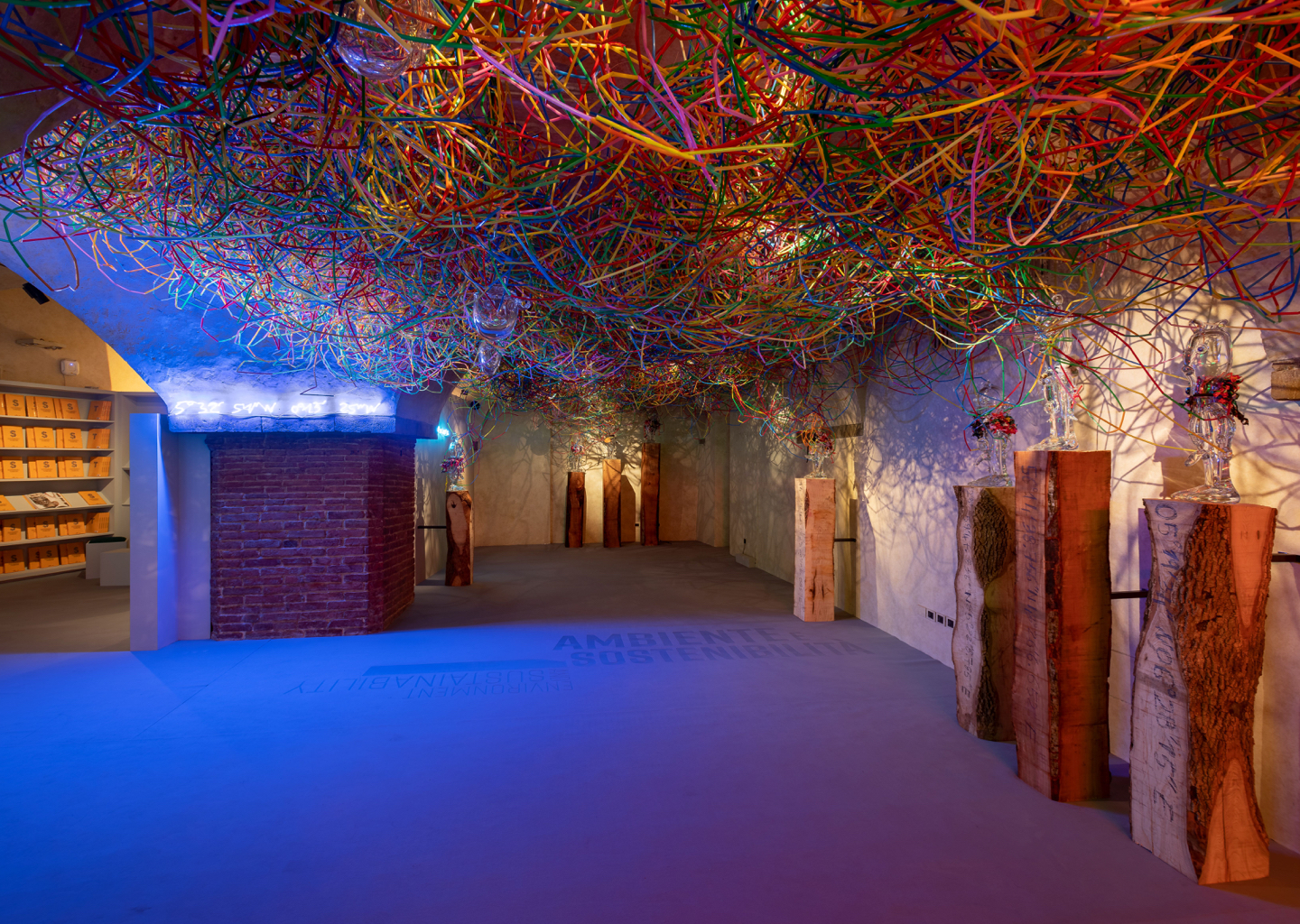

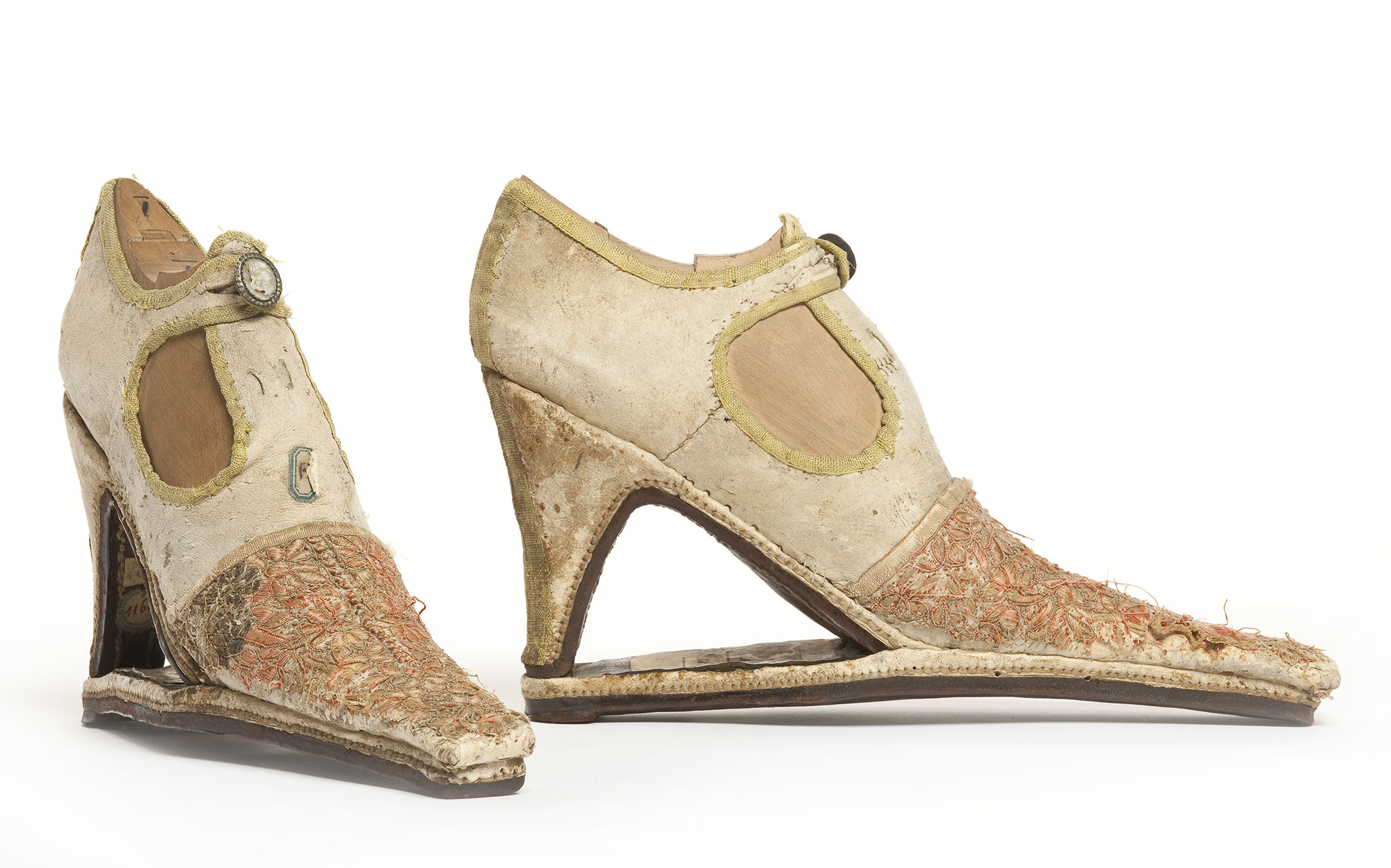
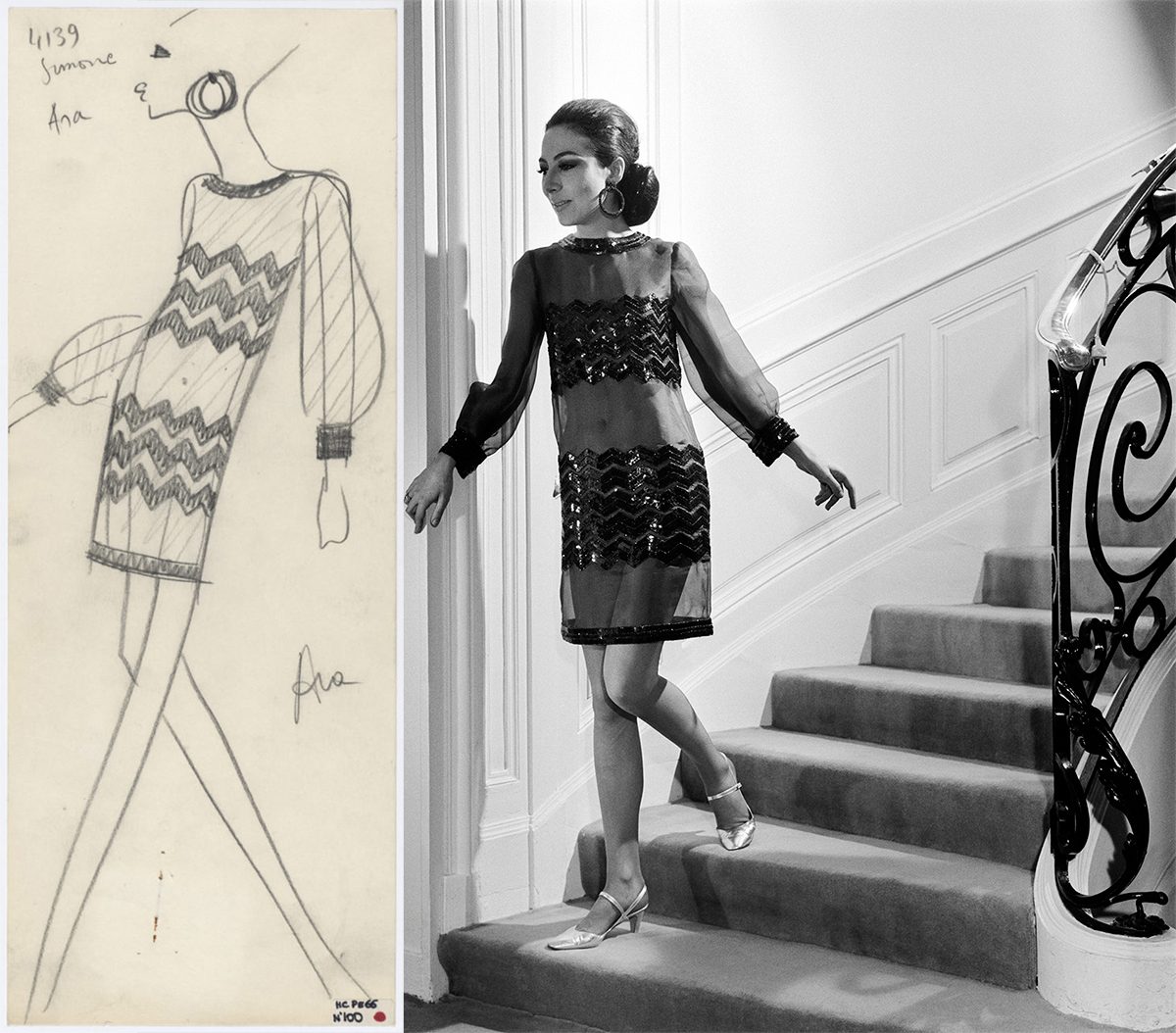
Transparencies are associated traditionally to the mild or warm months of the year, where the high temperatures justify the apparent nudity these translucent fabrics given to garments. Until now, it was the norm or accepted by a majority and obeyed, in turn, to market demands and needs of the consumers. In the end, everything applied to a simple rule: more transparent and light fabrics in summer, more thick and opaque fabrics in winter. Nowadays, transparencies have lost their usual seasonality and designers of large firms have been responsible for the public wanting them at any time of the year by gradually including them in their collections. Laces, tulles, transparent embroideries … all the fabrics that show the skin in an insightful way. However, there is one particular one that grabs the limelight so far this year: the organza.
Brief historical evolution
Organza is a very fine silk fabric that is treated to maintain a certain stiffness that gives it that starchy appearance. Its name comes from Urgenc, a city in Uzbekistan and arrived in Europe from India in the 18th century. Despite being present in the continent and after its initial links to the maids of the aristocracy, it was not until the twentieth century when this fabric became popular to all social strata. The person responsible for this was Yves Saint Laurent who placed this fabric in the altars of the trends. It was in 1966 when Yves revealed his first look with transparencies. At first, the organza subtly revealed some parts of the body, but the scandal came two years later when she designed a bold dress that completely showed the chest. In the decade of the 80s, the organza allied with frills and volumes typical of that time to make exaggerated combinations, in line with the fashion of the moment that immortalized icons such as Molly Ringwald, Liz Taylor or Ladi Di. In the 90s, the fabric came back to life again thanks to the 1997 spring-summer Prada collection that homaged transparency and the triumph of minimalism. Interestingly, the Italian firm was among the first to rescue this fabric last year, probably influenced by the new furor that organza currently relives.
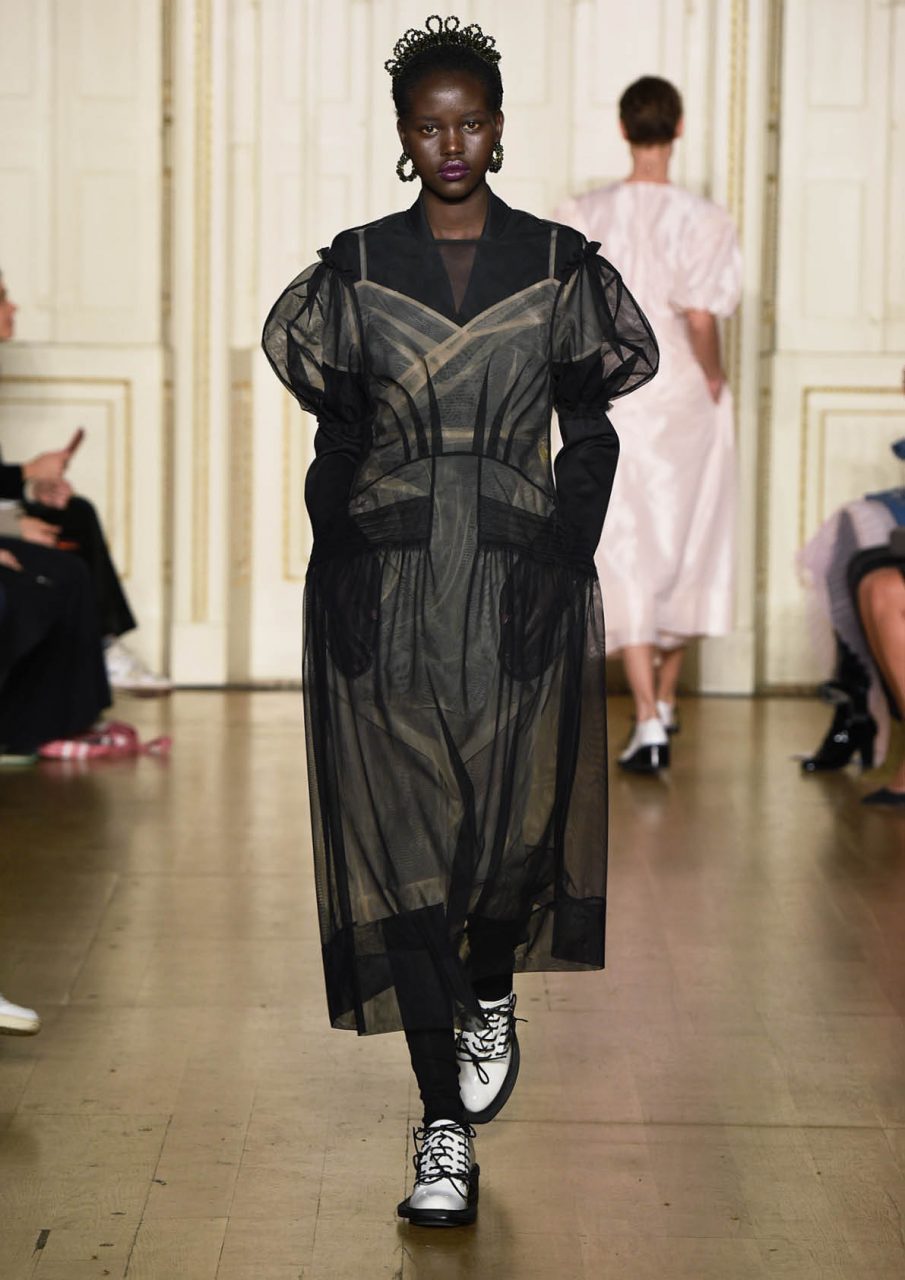 |
 |
The revelation fabric of the season
This fine, translucent and rigid fabric has the peculiarity of adding elegance, delicacy and a certain romanticism and therefore, can boost any look with a simple garment. So far, the organza had also been linked in the exclusive field of celebrations, and although it remains there, the demand for this fabric, for other occasions, has not stopped growing.
On the catwalks today, organza has been present in the collections of Ralph Lauren, Balmain, Dolce & Gabbana Simone Rocha and Fendi, to name a few firms, but also in the chains of high street fashion that have democratized its use to make it accessible to the general public. For example, Zara presented in summer a collection of blouses, skirts and dresses made with organza that had a fulminating success, running out of stock.
From the catwalk to the high street
If a fashion is adopted in parallel by international fashion prescribers, success is more than assured and will end up arriving sooner or later to the general public. Thus, of all the pieces made with organza, the clear favourite is the blouse with puffed sleeves, being the best ally to reinvent a pair of jeans. This piece gives a romantic touch to the looks without needing other accessories. Despite the triumph of the neutrals (white, black, beige …), it also takes the colour that can range from the most vibrant palette to the pastels, our favorites. This garment works even with volume skirts or palazzo trousers.
From Gratacós we want to show you some organza from our current collection and the upcoming seasons. In our space in Barcelona you will find a good assortment of fabrics to decide if you want to use the organza on a festive occasion, or you decide to join the trend and dazzle with a garment made with this fabric for dayime wear.

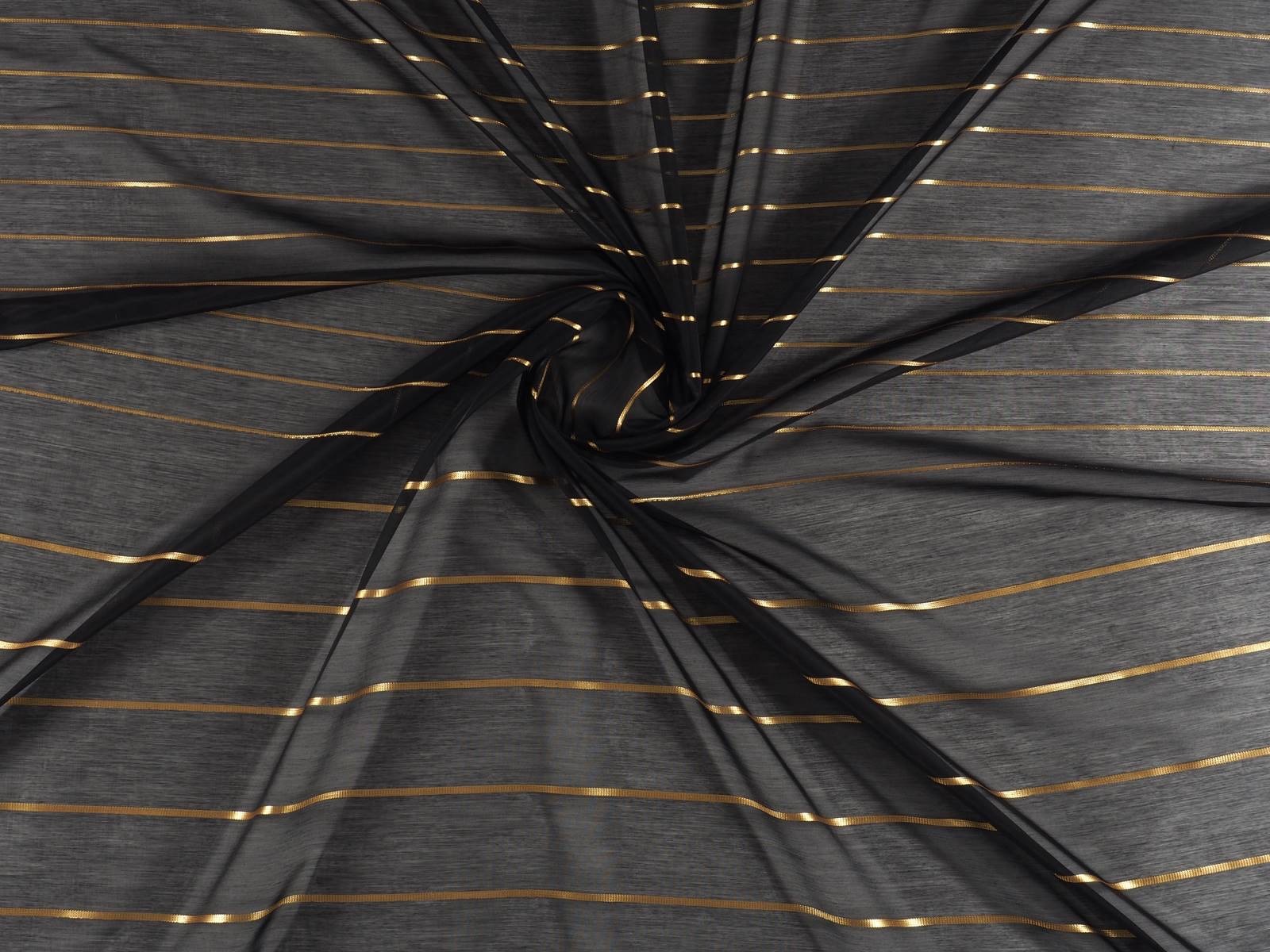
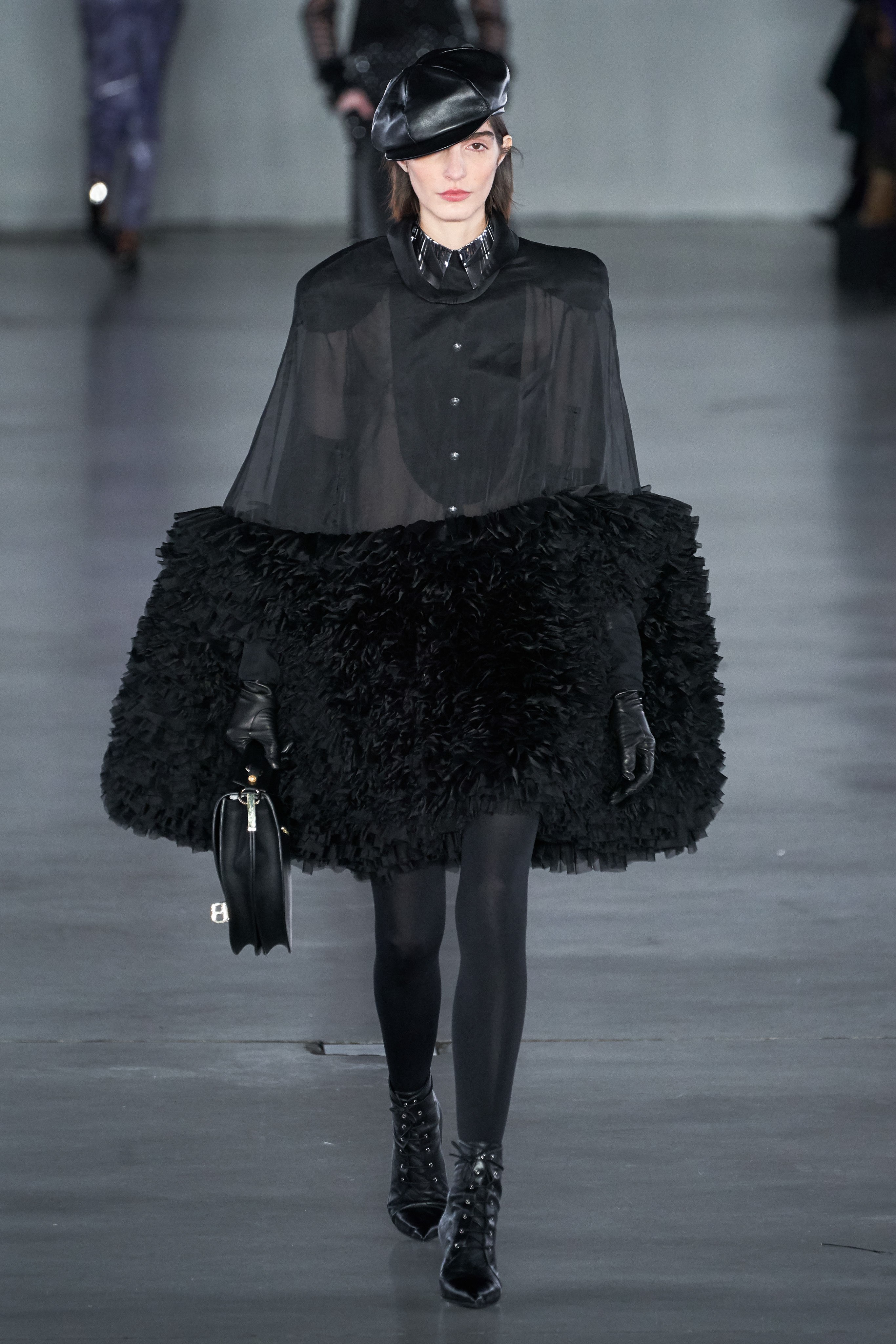
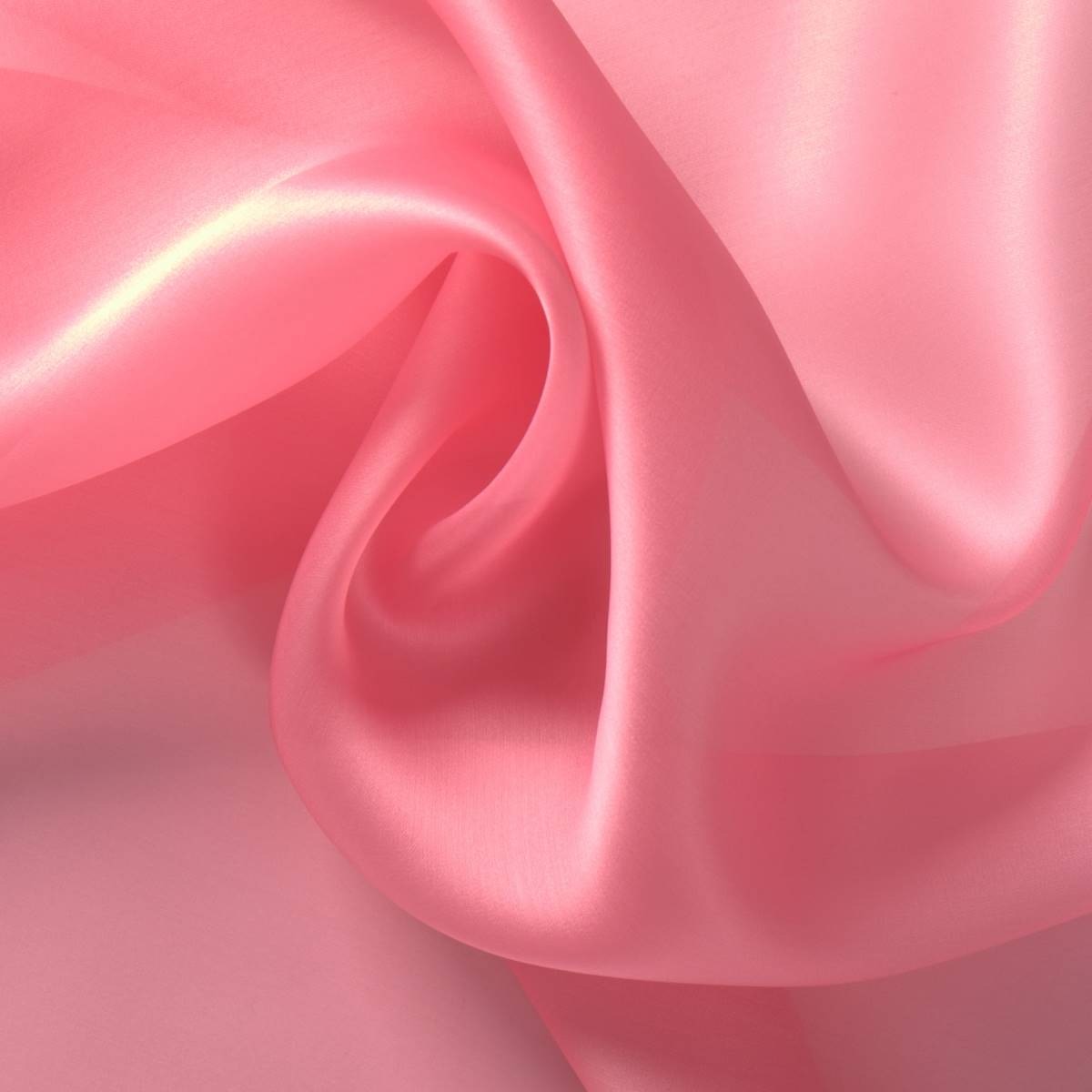
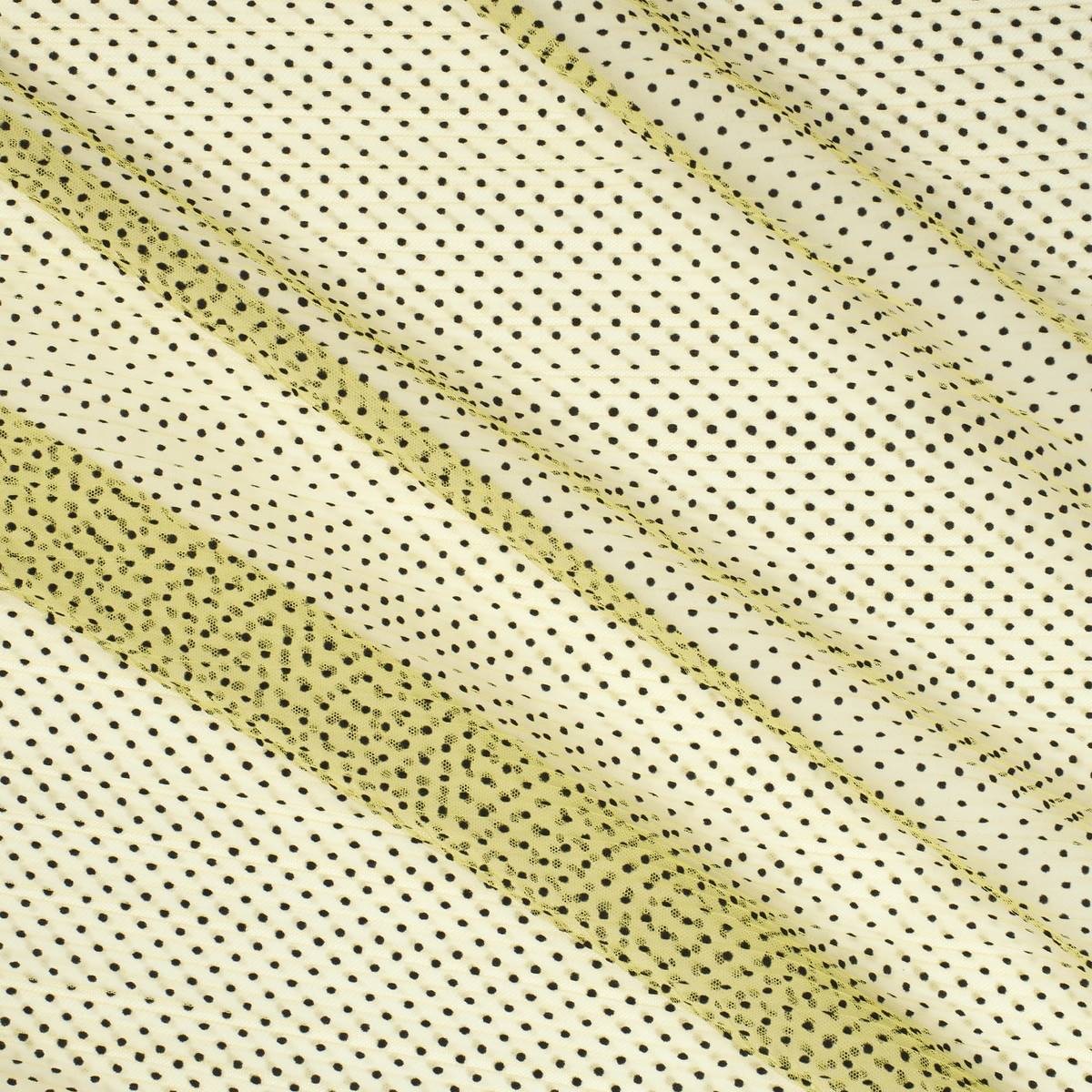
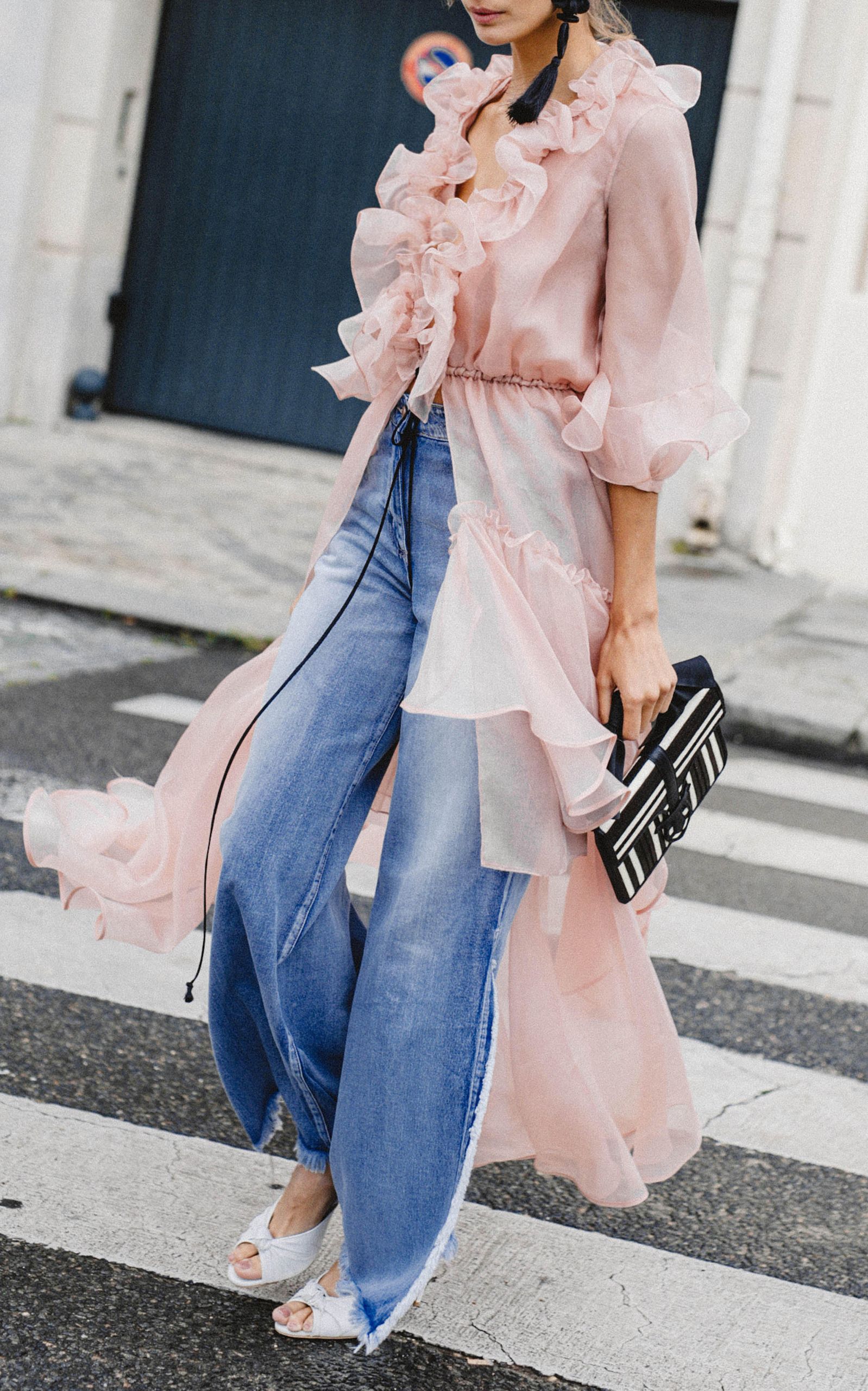
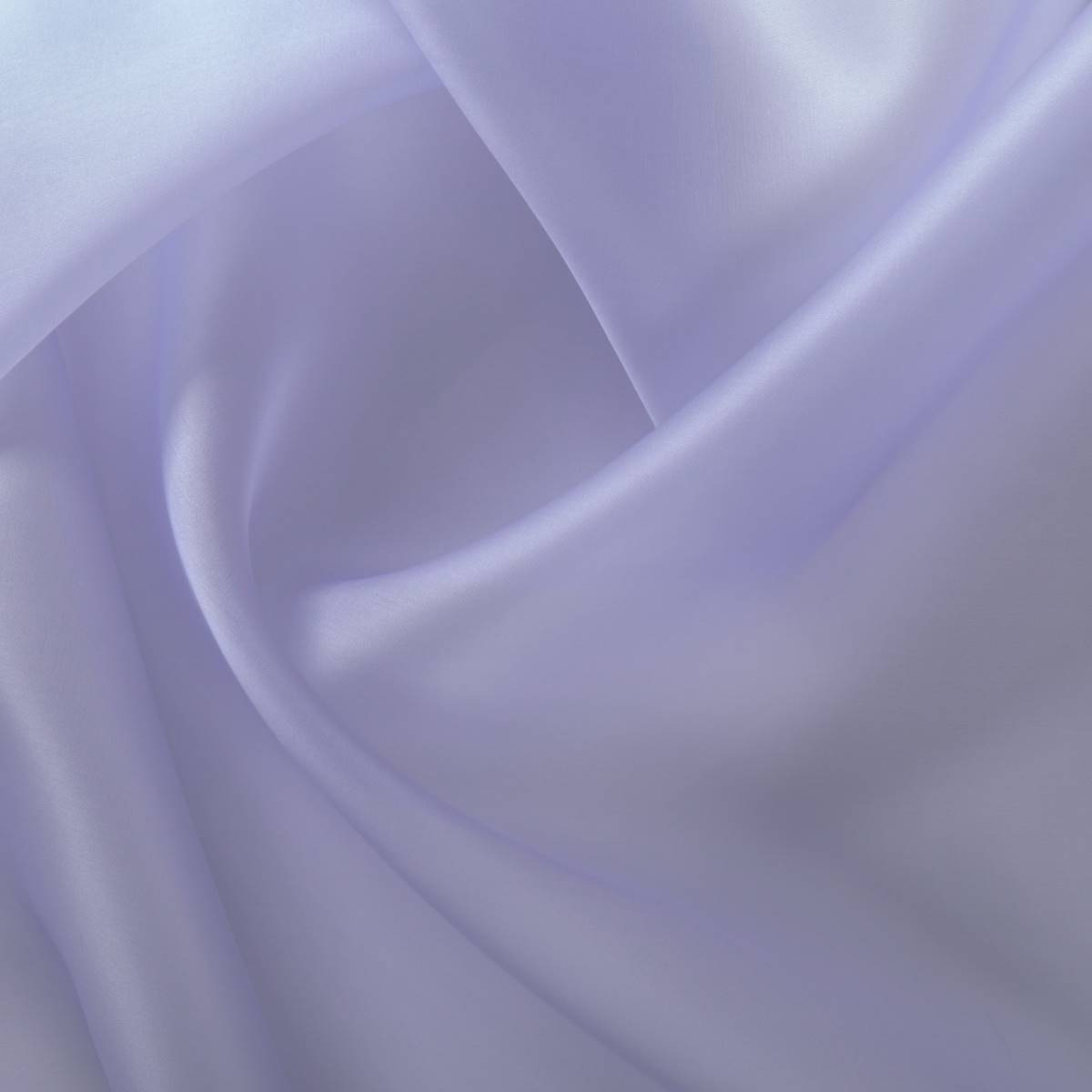
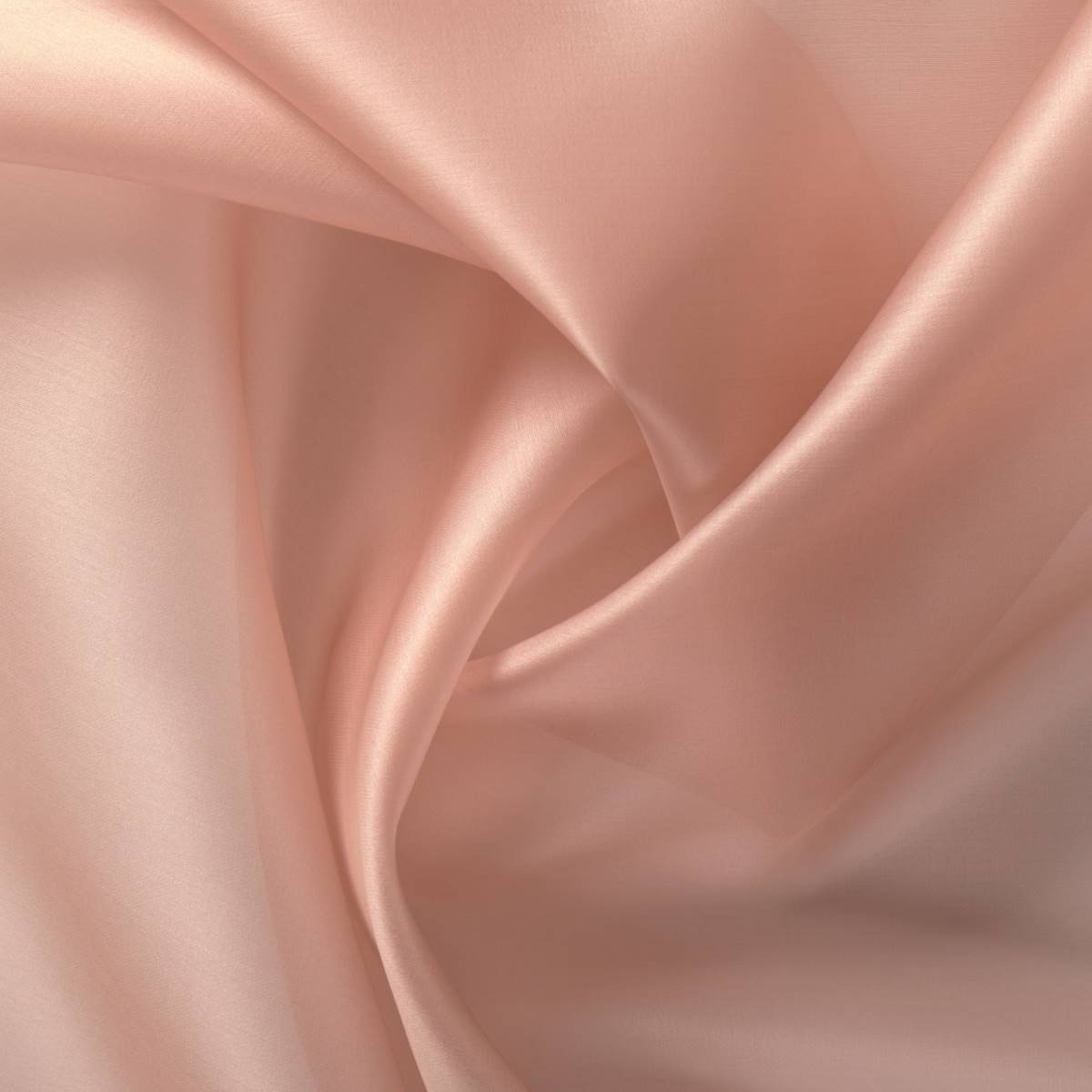
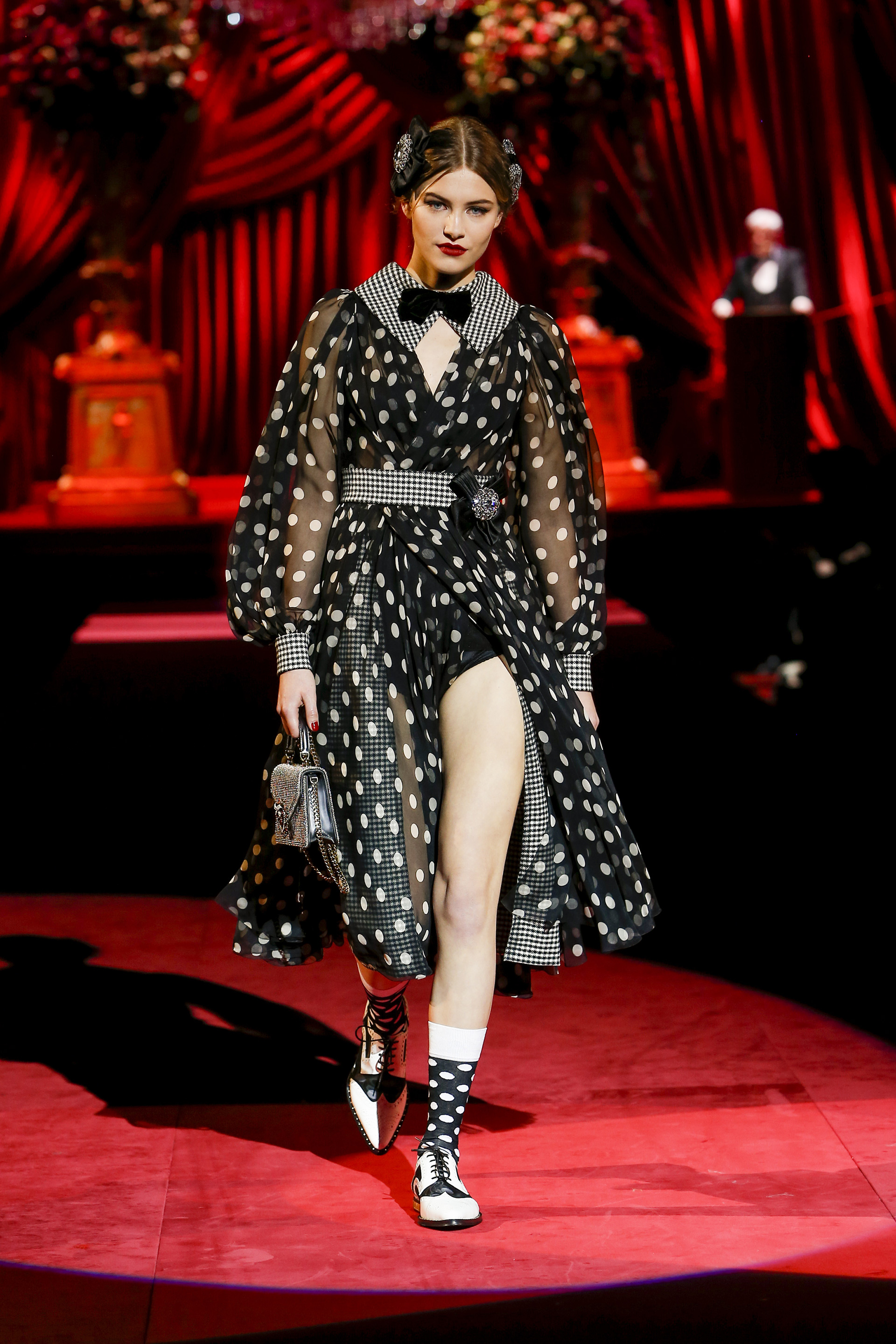
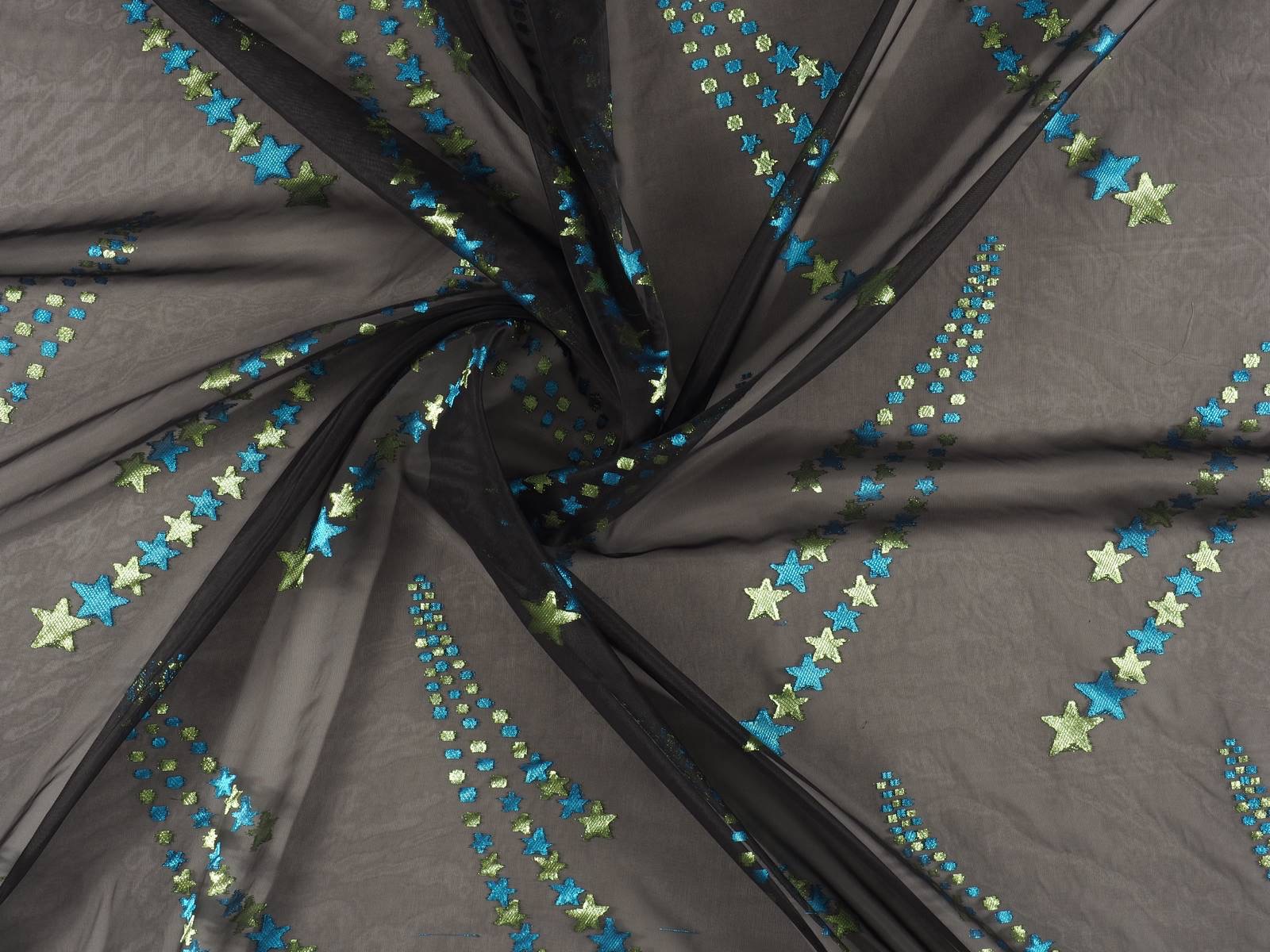
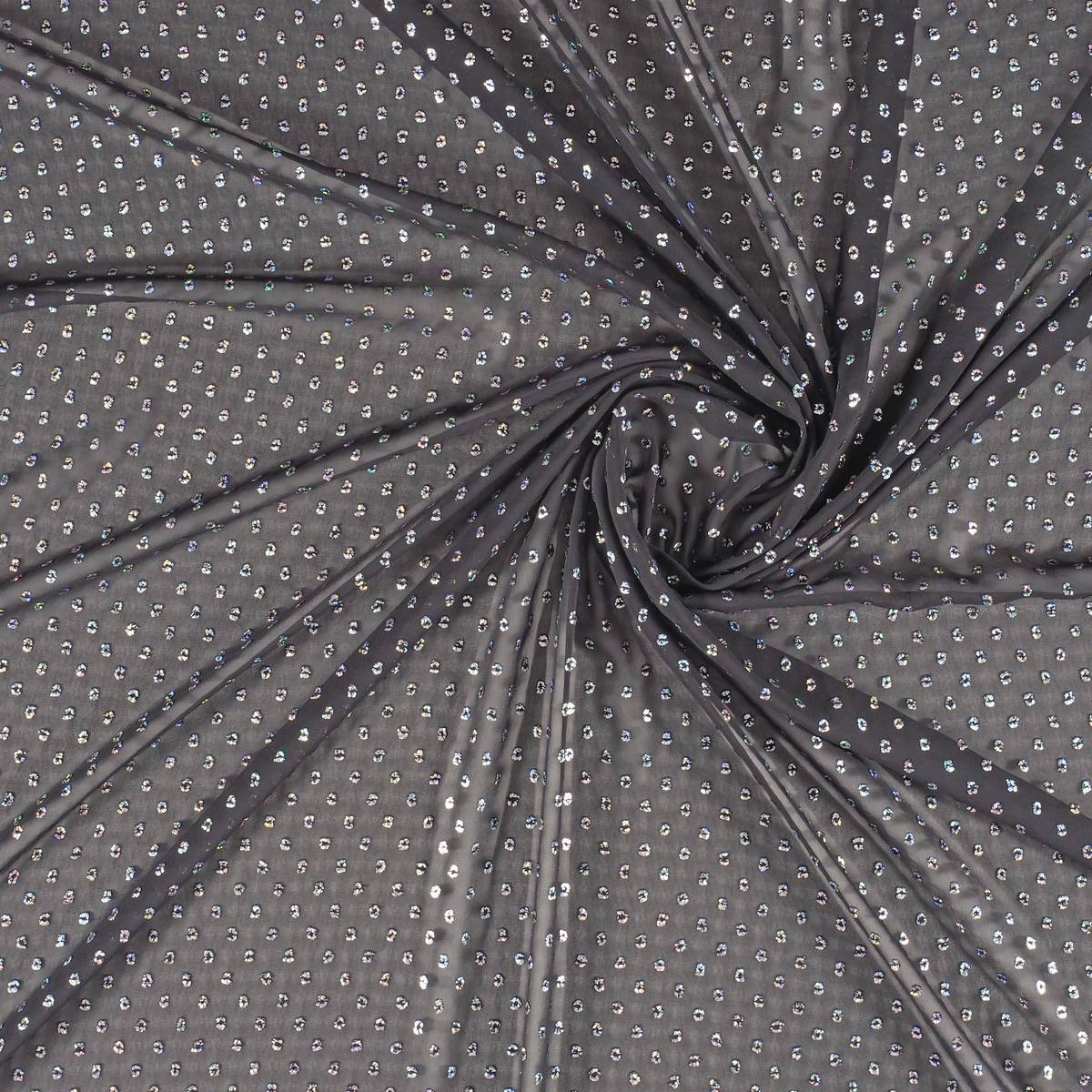
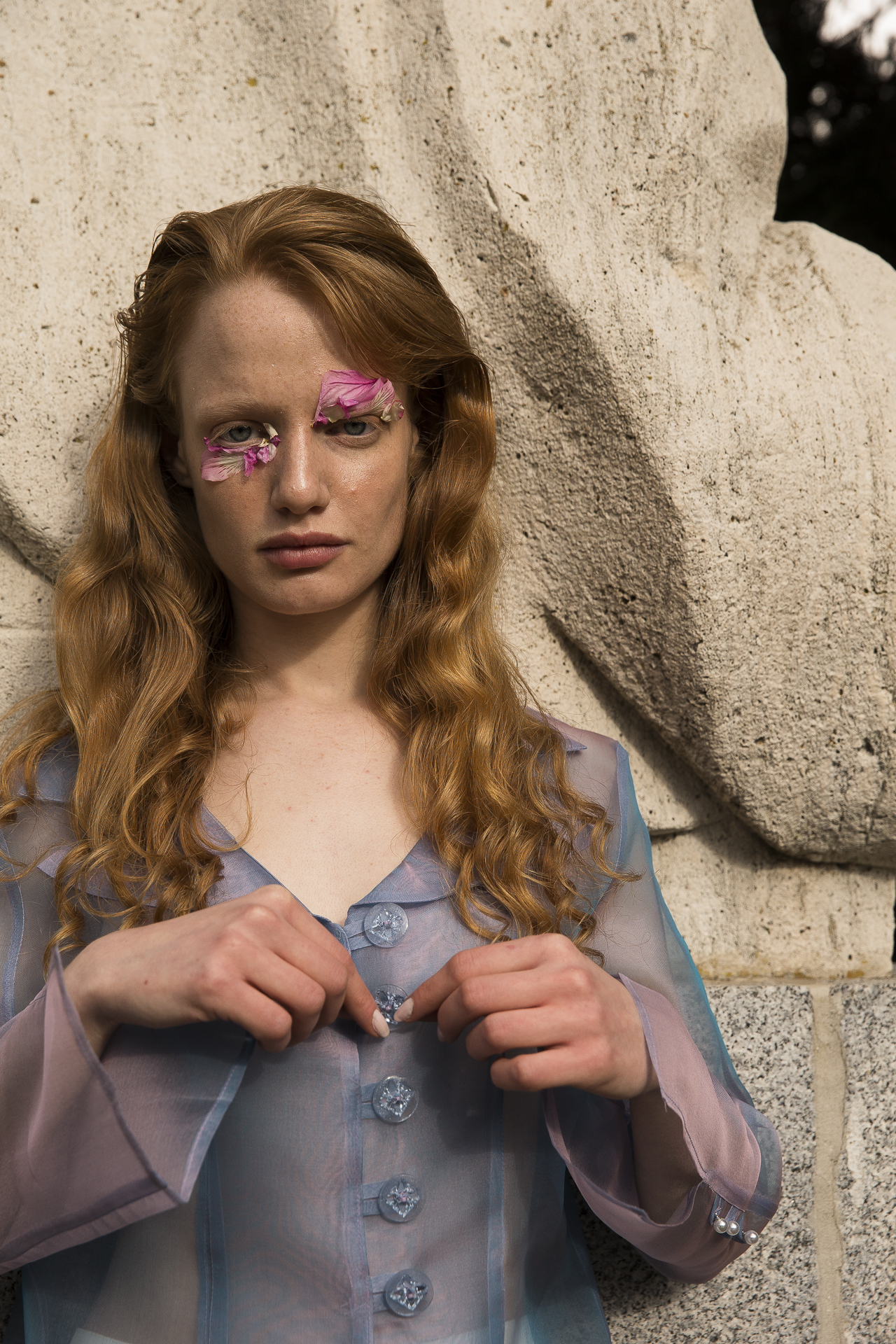
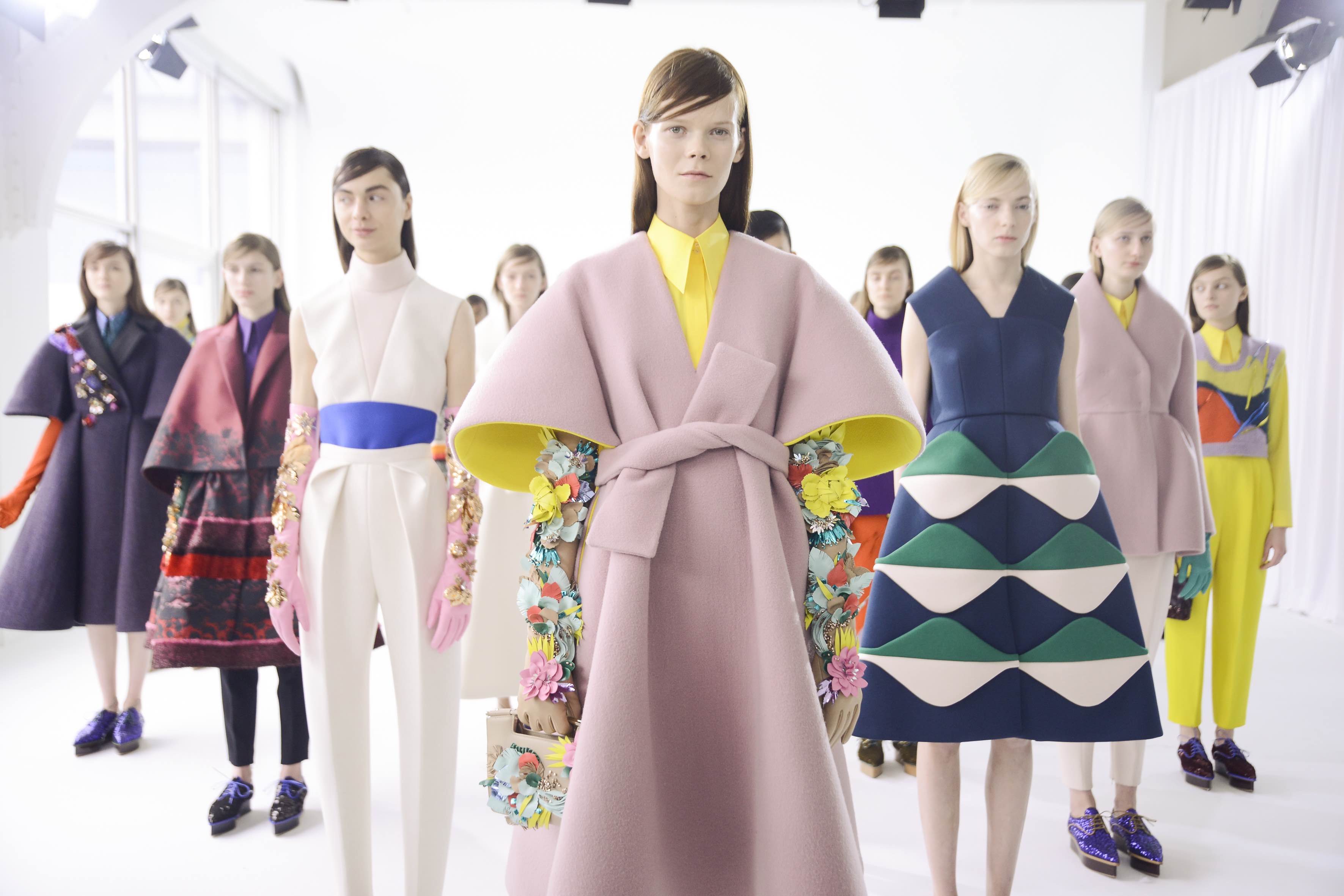
La “comunidad del color” crece edición tras edición generando una gran expectativa entre los profesionales del diseño que se marcan en el calendario, las citas que marca dos veces al año The Color Community. Como ya sabéis, se trata de una iniciativa dirigida por un grupo de profesionales que, desde diferentes disciplinas creativas, comparten un estudio global del color y la materia. Aunque en cada informe que se presenta participan varios colaboradores, el núcleo base lo forman tres profesionales: el arquitecto Pere Ortega; la diseñadora especializada en Colour & Trim, Eva Muñoz; y Rosa Pujol, Textil & Colour Stylist de Gratacós.
Como es habitual, The Color Community se celebra en la Antigua Fábrica Damm de Barcelona, un poderoso colaborador que cede las instalaciones y dispone de refrigerios para llevar a cabo la presentación del informe y un posterior afterwork. En esta decimotercera edición, se presentó la carta de colores que marcarán la temporada Primavera-Verano 2021. Es un informe orientativo que como cada año sirve de inspiración para los profesionales del sector.
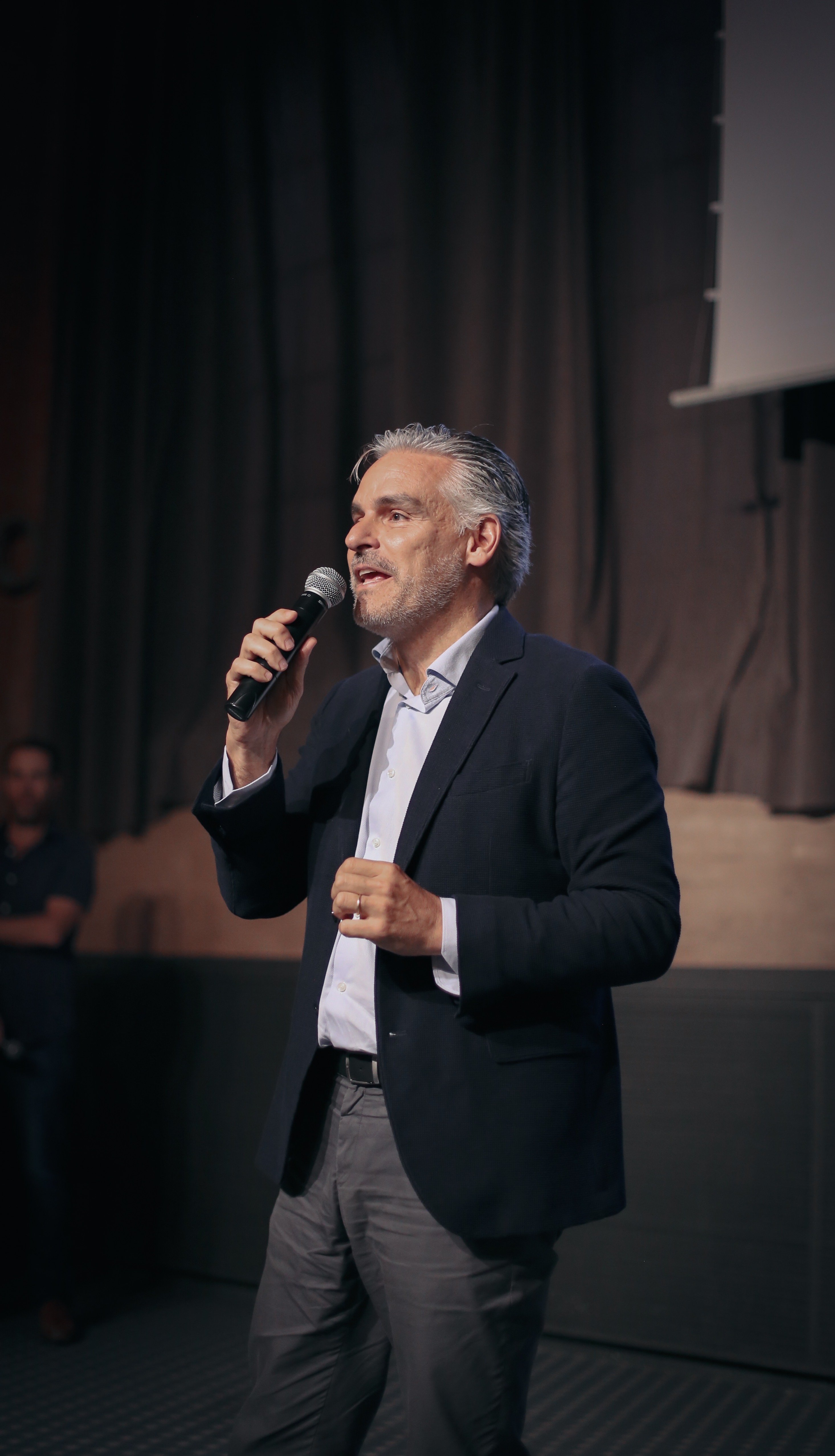
Juan Gratacós: “El tejido sin color sería aburrido”
En nuestro caso, esta cita es siempre imperdible. No solo por la participación de Rosa Pujol, encargada del departamento de diseño de la empresa, sino porque Gratacós se desvive por las gamas cromáticas. “Nos encanta el color y el tejido sin color sería aburrido”, comentó Juan Gratacós minutos antes de la presentación del nuevo informe.
Esta edición se inspira en el concepto de la adaptación con matices positivos. “Le sacamos la carga humilde o negativa a la palabra porque adaptarse no quiere decir conformarse, todo lo contrario”, detalló el arquitecto Pere Ortega en la presentación. Así, ‘Adapt’ se basa en la idea de ajustarse a un contexto determinado, utilizando un tipo de creatividad racional que permita buscar soluciones concisas y válidas. “Nos referimos a la creatividad inteligente que es fruto de una estrategia pensada y reflexionada que encaje con la situación actual. No tiene nada que ver con la genialidad del momento o un brillo puntual”, explicó. La adaptación como símbolo de la inteligencia, de la estrategia racional y la sabiduría popular.
Pere Ortega: “Entendemos la adaptación como un tipo de creatividad inteligente que es fruto de una estrategia pensada”.
La propuesta cromática ‘Adapt’ se estructura a través de cuatro gamas de color, texturas y materias bautizadas como, Afterwork, Baltic Sight, Natif y Modern. A continuación, os explicamos un breve resumen con sus inspiraciones.

-
AFTERWORK
La primera inspiración se centra en el momento de ocio después de trabajar. Un espacio para el descanso, la diversión y el hedonismo, siempre compartido. Afterwork es una propuesta versátil, que se adapta en estos contextos festivos a través de tonos pastel como el rosa candy o el azul bebé que contrastan con algunos flúores que le dan ese punto de luz necesario en cualquier fiesta: se tiñen de verde lima, amarillo y fucsia. En esta inspiración se introduce el concepto del tono transparente a través de superficies vítreas y texturas y estampados que imitan el reflejo del agua.
-
BALTIC SIGHT
La segunda gama es más introspectiva y toma como fuente de inspiración el mar Báltico que baña los países del norte de Europa. Es una propuesta fría y racional que apela al confort y a la intimidad en esa búsqueda de los refugios interiores. La gama de azules se inspira en las aguas profundas en tonos fríos y grisáceos, verdes apagados y los tonos neutros como el blanco, el negro y el beige. Como nota de color juega con algunos tonos rojizos. La propuesta también hace un guiño a los patrones estructurados, las siluetas arquitectónicas, los estampados lineales y los accesorios verticales. Se trabaja el concepto de silencio.
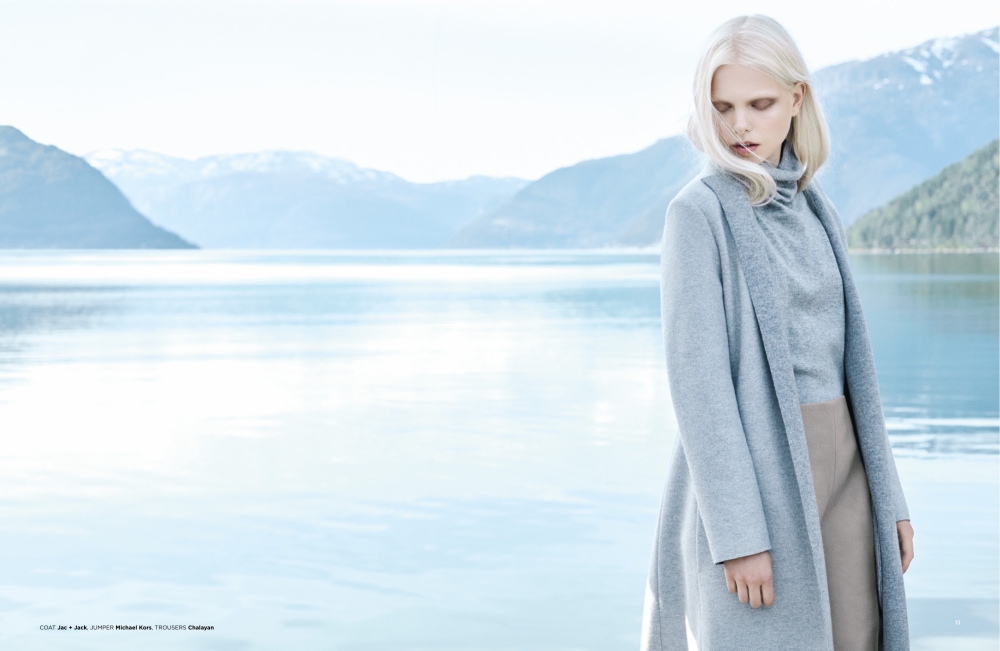
-
NATIF
La tercera inspiración es un homenaje a la autenticidad, a la tierra y a la naturaleza. Representa un giro hacia la artesanía y también quiere transmitir la multiculturalidad con diseños sin denominación de origen. Todo forma parte del todo. La paleta de colores de Natif es vibrante con tonos poderosos que van desde los naranjas saturados, los morados, los azules mágicos y los rojos tierra. Las tonalidades verde se vinculan con las hojas y los bosques. La singularidad cultural se consigue a través de los estampados florales y los que imitan el trazo manual, los motivos geométricos y los acabados rústicos.
-
MODERN
Por último, la cuarta inspiración representa un pasaje por las otras gamas. La ciudad y su vida interior es el motor de la creatividad y la gama de colores expresa como los individuos se adaptan a la ciudad, a la vez que se mimetizan en sus edificios, asfalto, huertos urbanos, zonas verdes… Forman parte de la urbe las 24 horas. Para expresarlo se utiliza una paleta cromática muy sensitiva con colores que aportan vitalidad. Los falsos crudos, los verdes apagados, el azul petróleo, el rosa pálido, el denim, el naranja excéntrico…conviven con siluetas minimalistas, materias tableadas y estampados lineales.
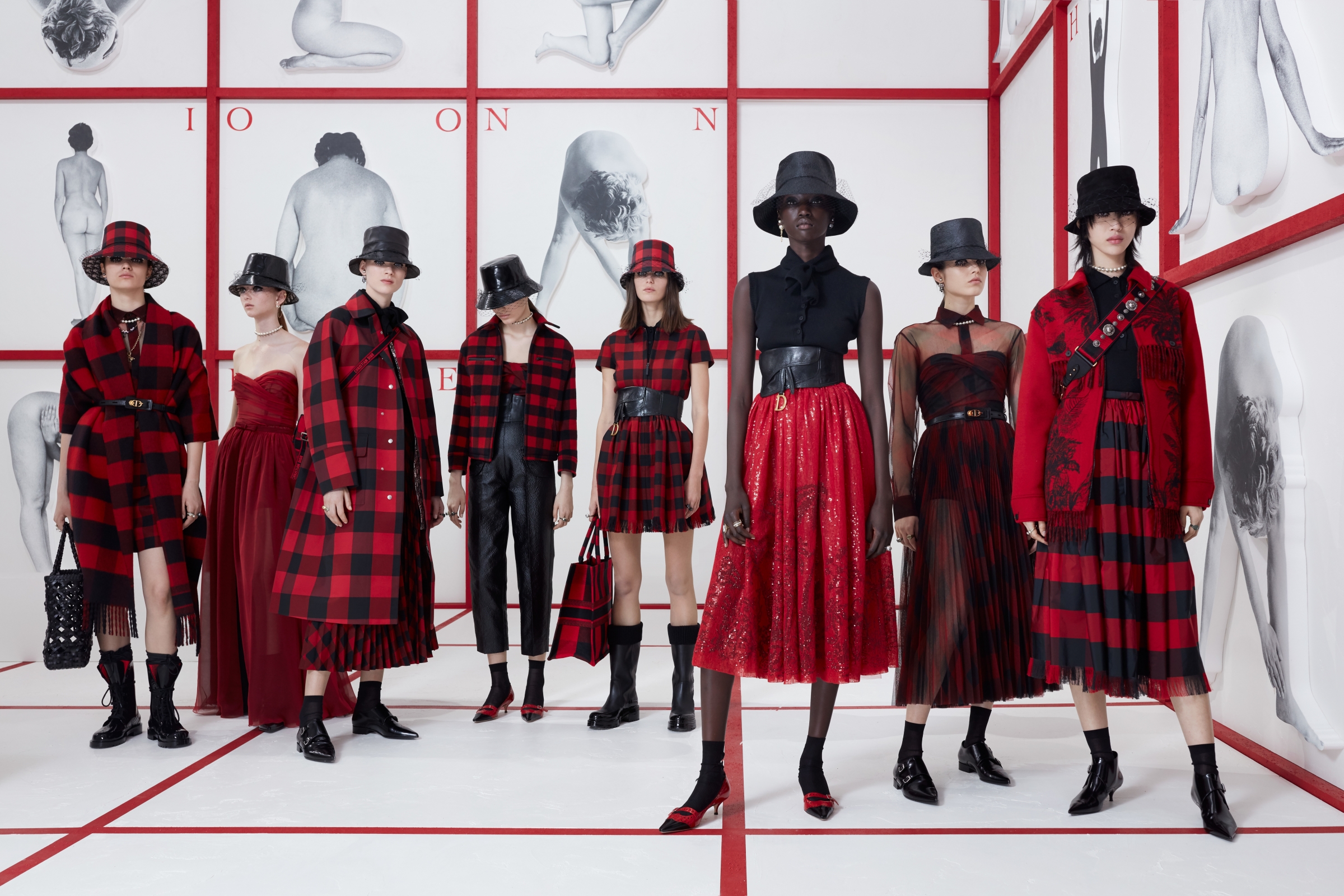
Checks have always been present in the history of contemporary fashion. Moreover, they are part of those unperturbed tendencies, oblivious to cycles, which are repeated and renewed without losing their identity.
A priori, when we talk of a check print the British style comes to mind with its classic costumes, the tartan reminiscent of the Scots or the vichy checks that refer us to the age of innocence. It is always time to opt for checks, whether in the winter or summer collections. The novelty is that today many checks break barriers and leave their comfort zone as they take over garments, accessories or complements which hitherto were less conventional.
We are going to analyze the three most common check prints on the cat-walks of the new Autumn-Winter 2019/2020 season:
Prince of Wales
It is a type of two-colour fabric design in the form of complex frames, sometimes with a third colour as a profile. It alternately combines large checks with a milrayas design along with smaller squares in crow’s feet. Frequently the different grey scales (or muted colours) are used as base colours and sometimes one more colour is added to that base tone, usually blue. The origin of this print is popular as it is a fabric used by the workers, although it was the Duke of Windsor (Eduard VIII) who ended up popularizing it in the 1930s and spreading it throughout the world.
When playing with the black and white binomial, this type of plaid print becomes a timeless classic, perfect in any wardrobe. This season, under a preppy style seen especially on cat-walks of Marc Jacobs, Prada, Givenchy, Balenciaga, Chloé and Marni, together with many others who opt for this pattern.
Tartan
It is perhaps the most identifiable picture. A fabric whose pattern is formed by horizontal and vertical lines that draw pictures of different colours. Of Scottish origin, tartan is associated with the clans that used them to distinguish themselves. Each family adapted particular designs, as well as colours that identified them as members of each clan. There are named tartans like McAndrew, McQueen, Douglas … even modern designs like the Royal Stewart, created by Vivienne Westwood. In its origin the tartan was made of wool, although today it is shaped through several fabrics. At present, with the appearance of new materials the word tartan has gone from defining the fabric to the design, regardless of where it is shaped.
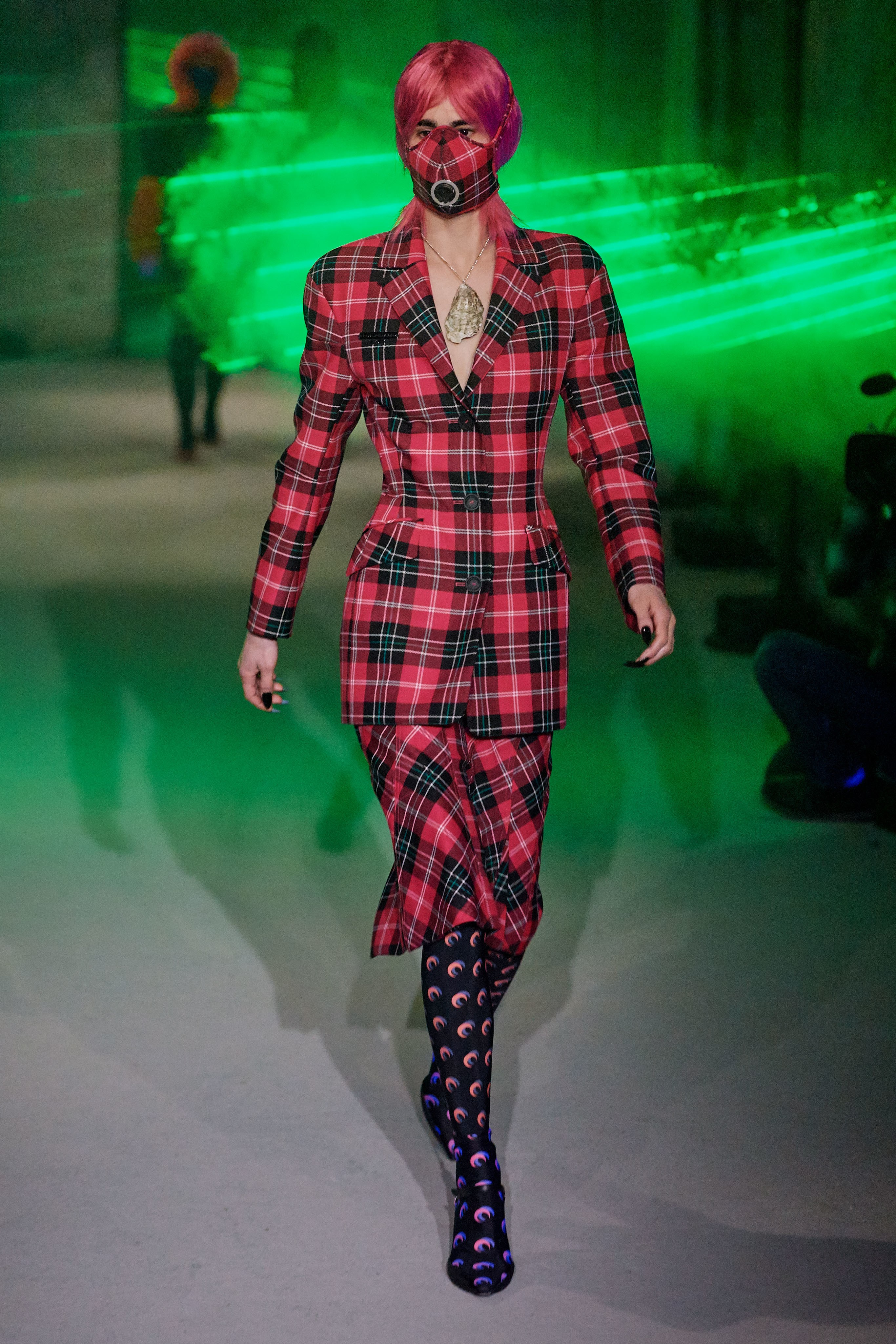 |
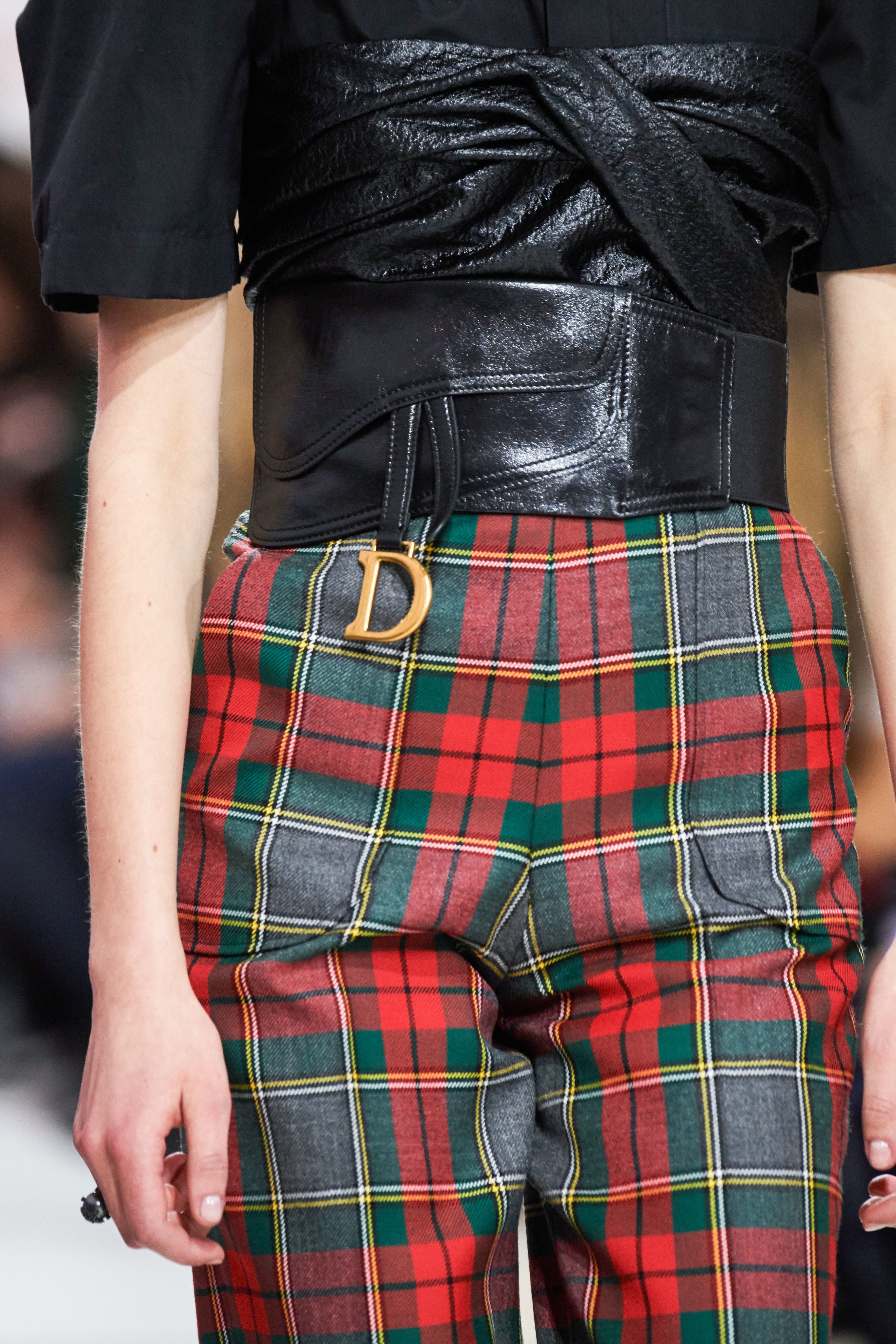 |
Tartan accepts countless colours and different combinations, the key lies in personal taste. The most common are the most classic in red or green or black and white and in XXL size. In the late twentieth century tartan was also associated with a more transgressive aesthetic and found adherents in the punk movement of the late 70s with designers such as Vivienne Westwood and grunge and its nineties counterculture. To cite some examples, at this time John Galliano and Alexander McQueen adapted it.
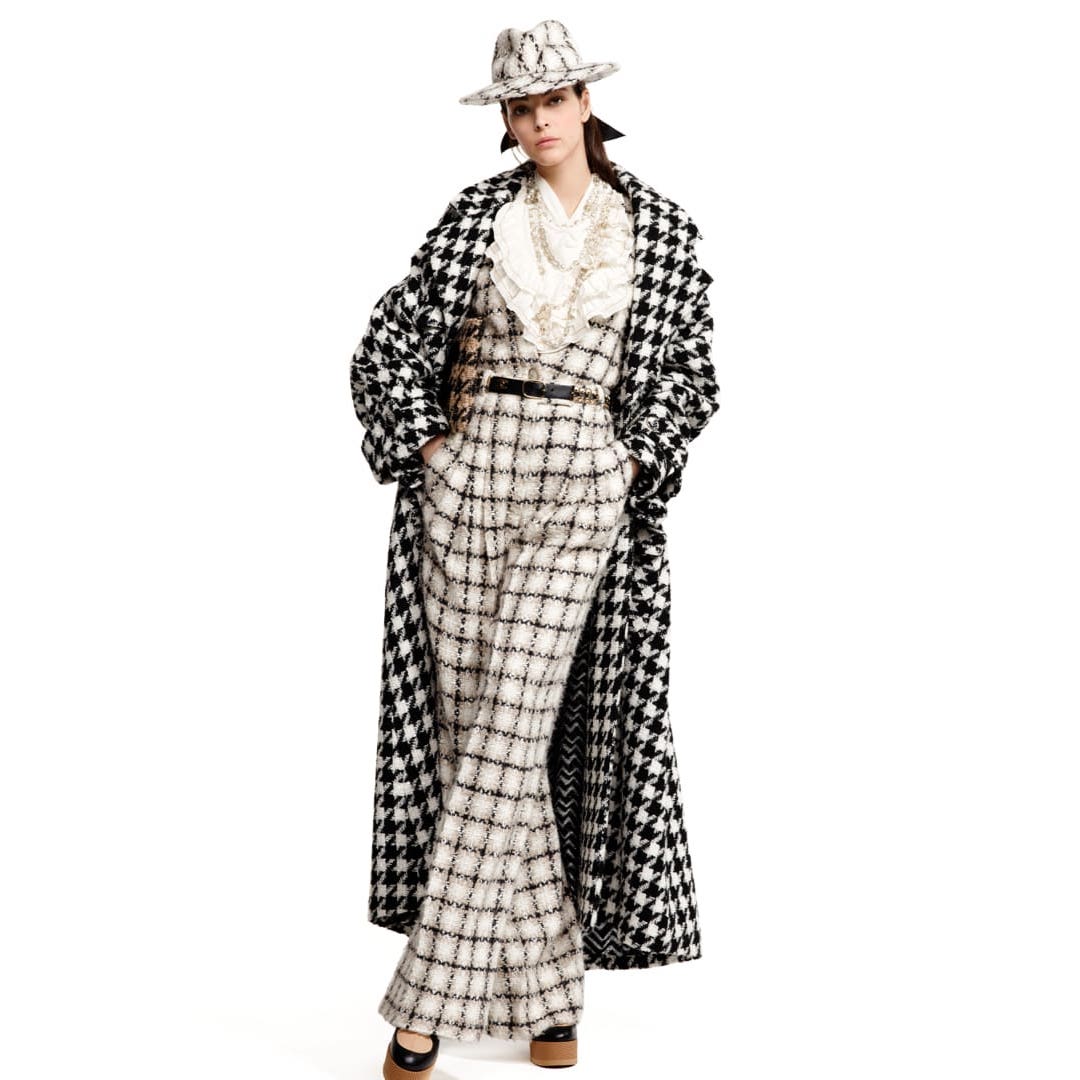
Window frame checks
We are talking about a type of simple frame that makes squares thanks to the fine lines that make it up. Thus on a dark background a light line is added that draws a broad picture. As a base the window frame can have a tartan (with finer wool) or a tweed (which gives it a more rustic look). This type of check became popular in the 30s in Britain when people began to look for more daring and informal prints that maintained that classical dandy image, but with certain licenses.
Today window frame checks are widespread and are used almost equally in winter and summer fashion collections. We refer you to the last collection made by Karl Lagerfeld for Chanel where you can observe these types of checks mixed with other fabrics and prints.
The current Gratacós collection also contains many plaid fabrics. Here are some references for you to get inspired.
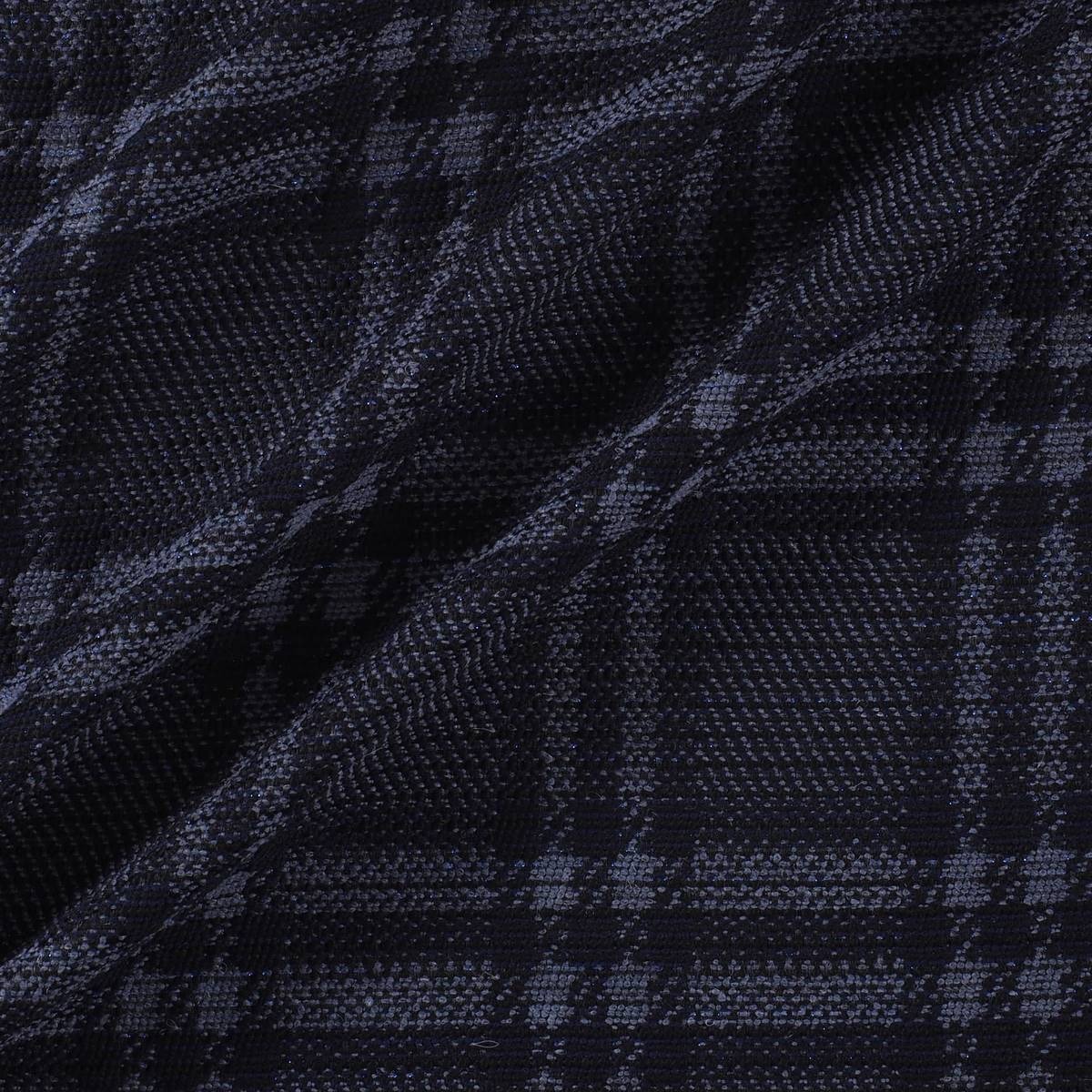
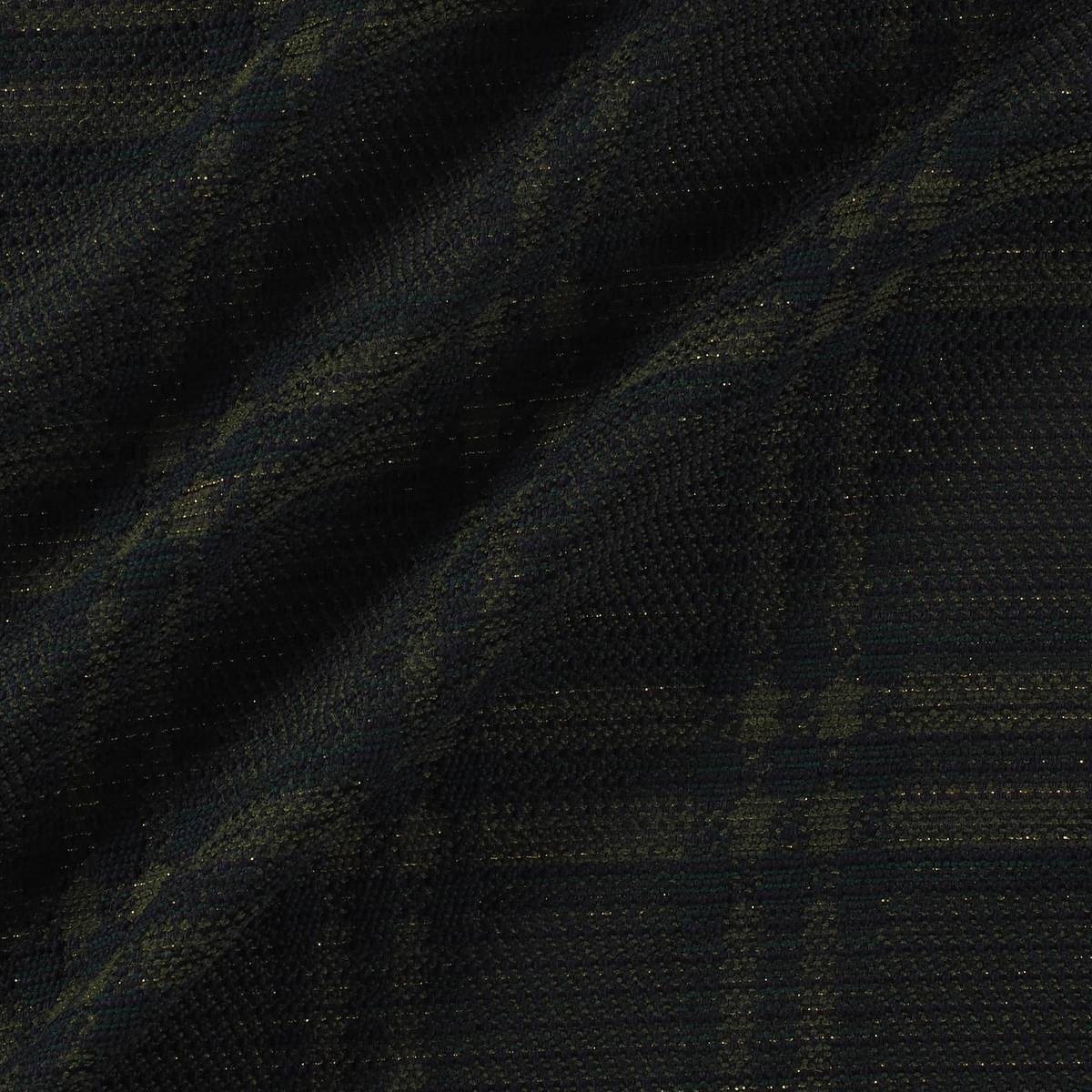
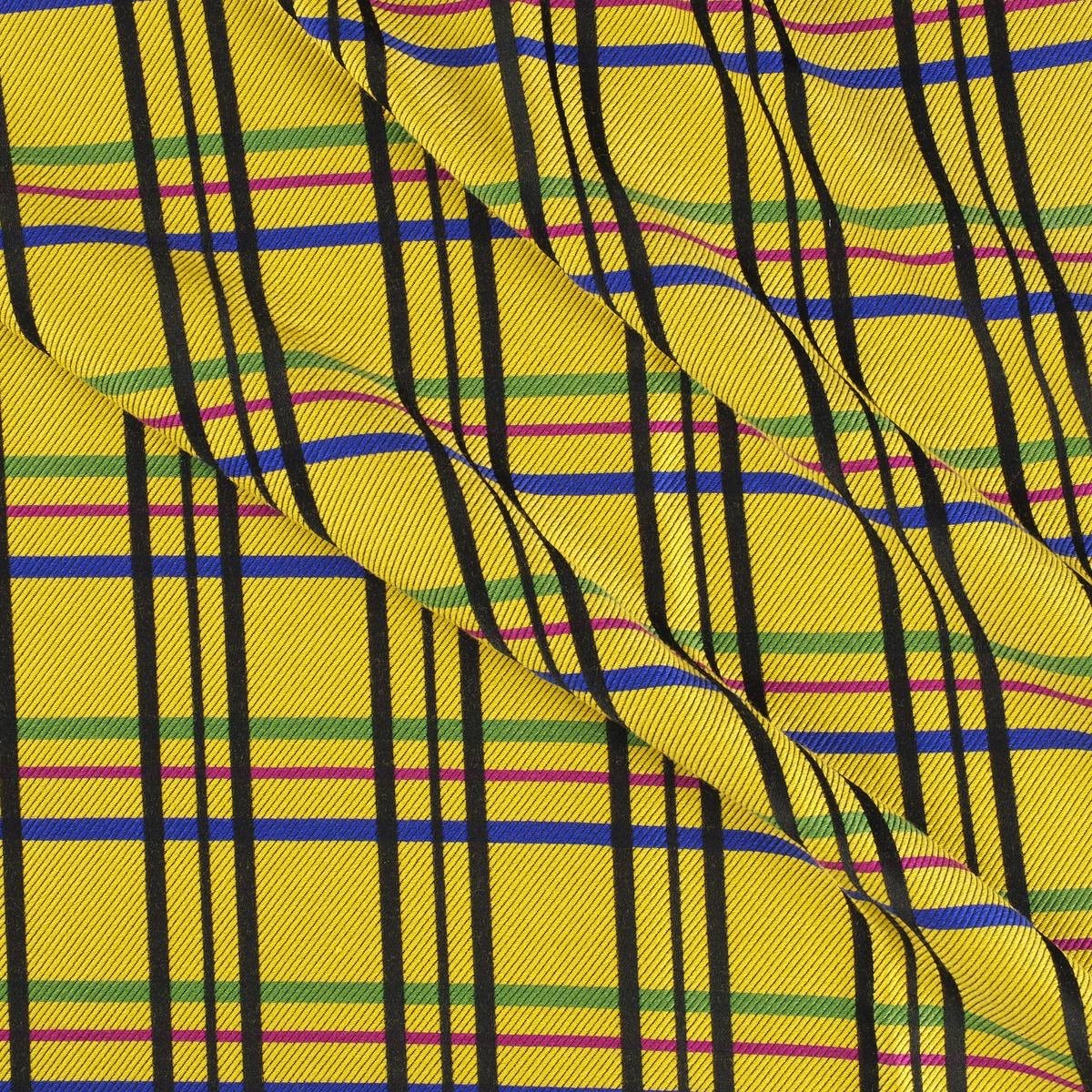
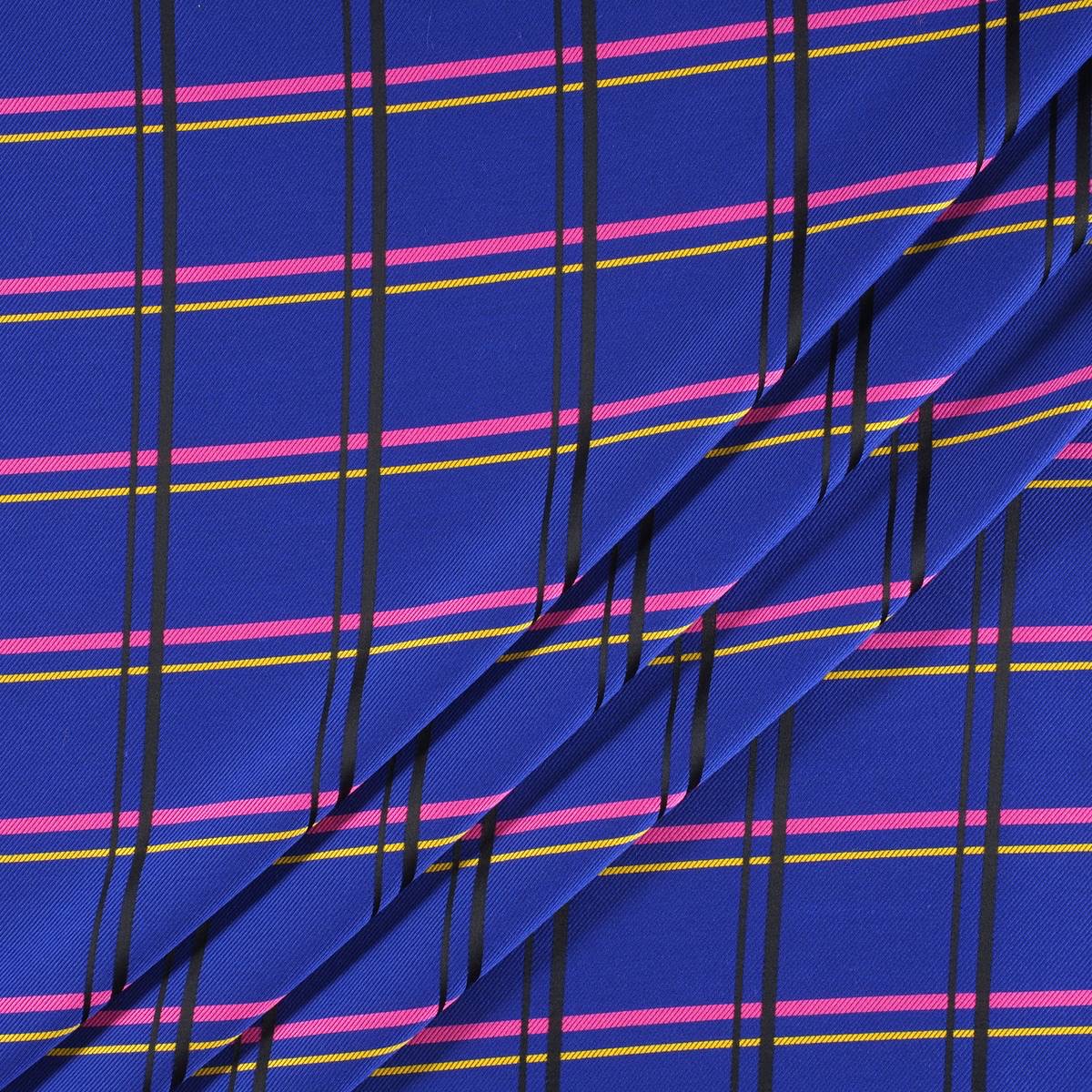
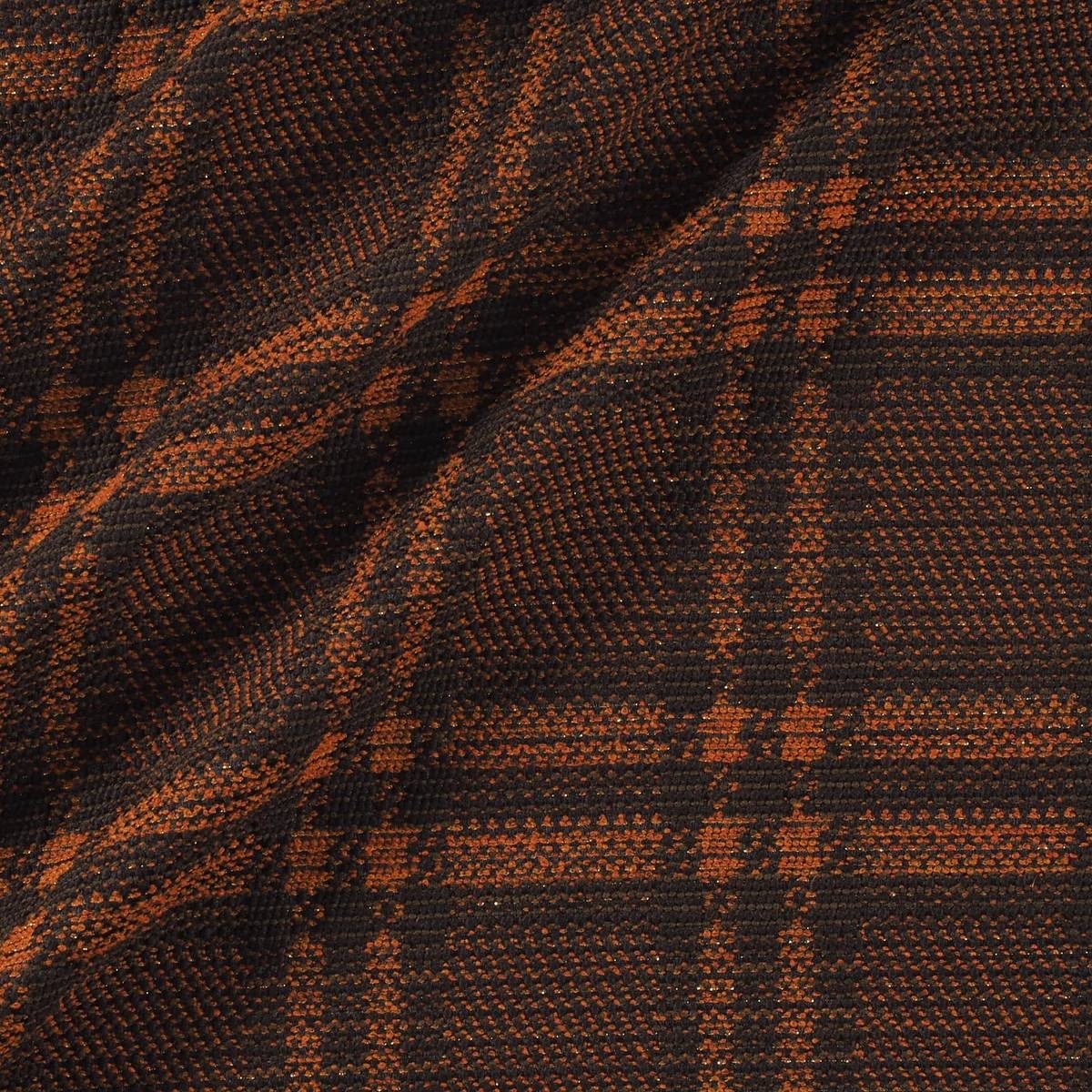
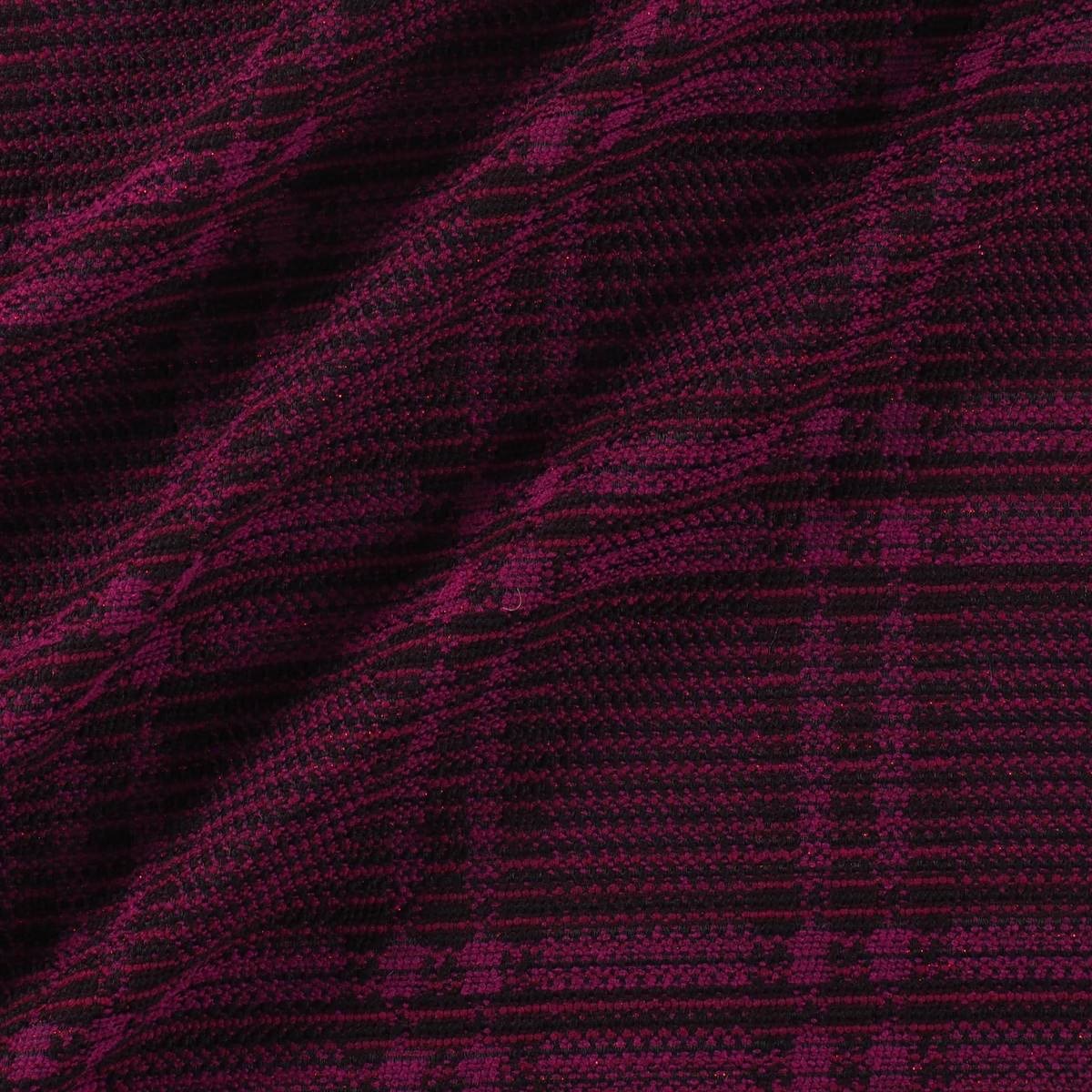

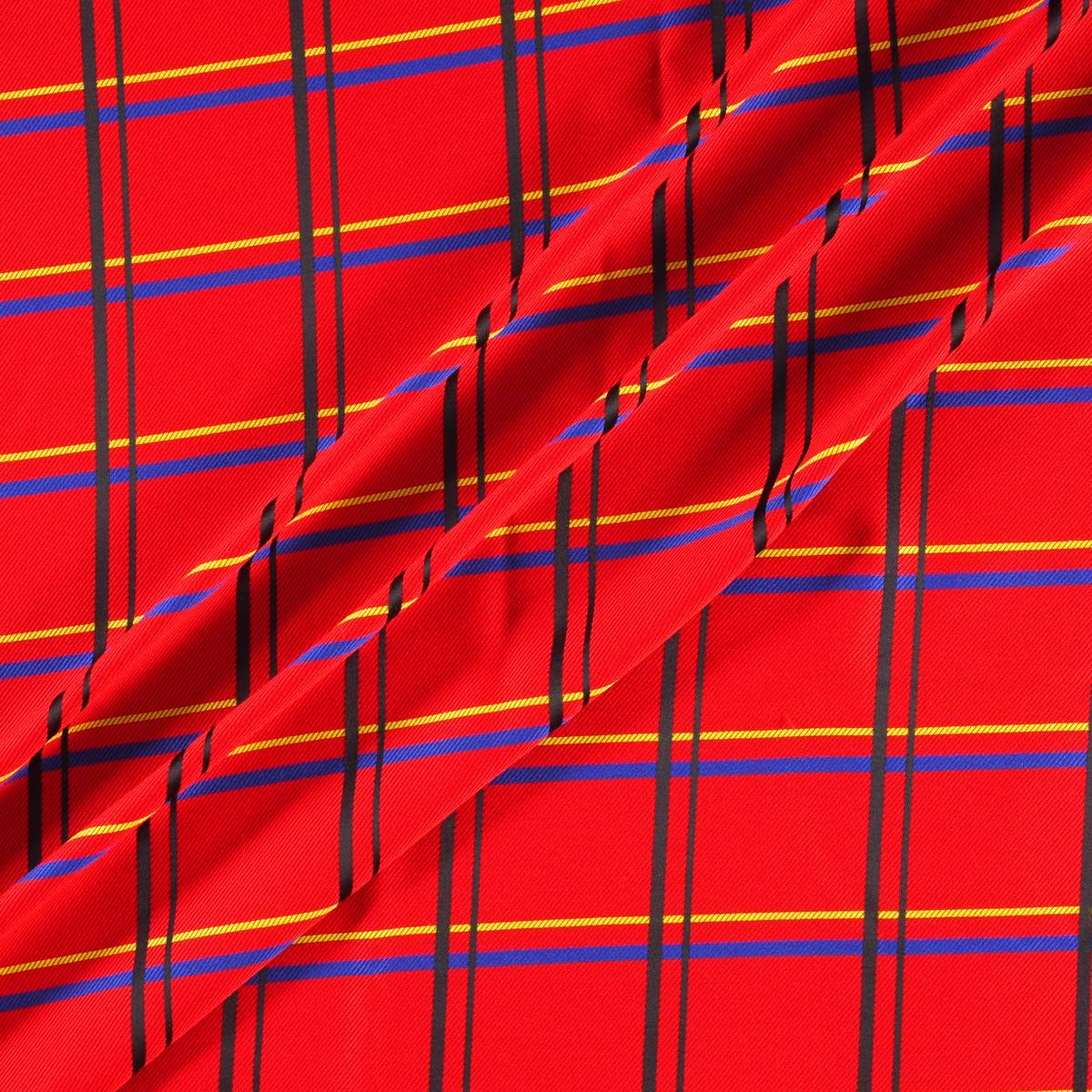
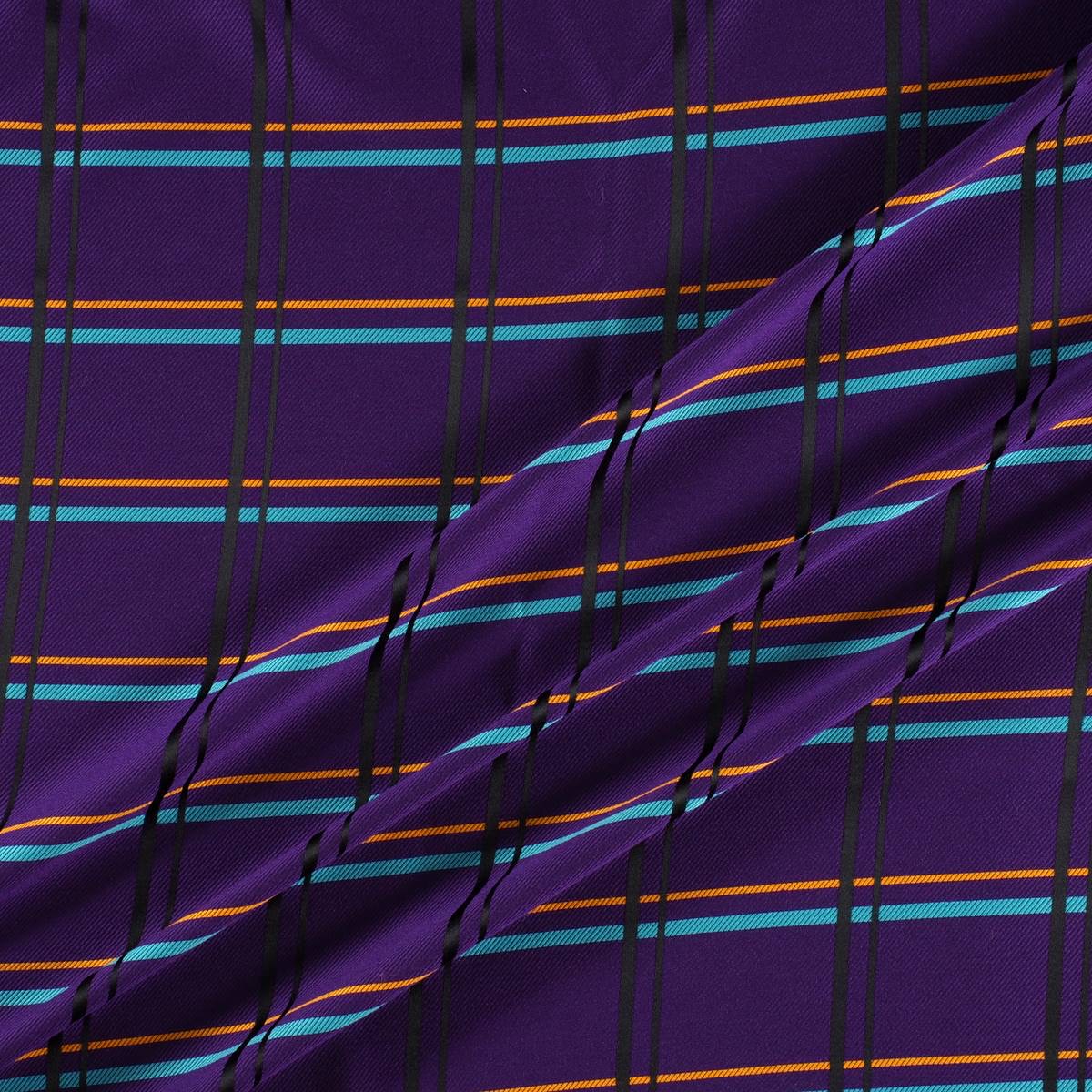
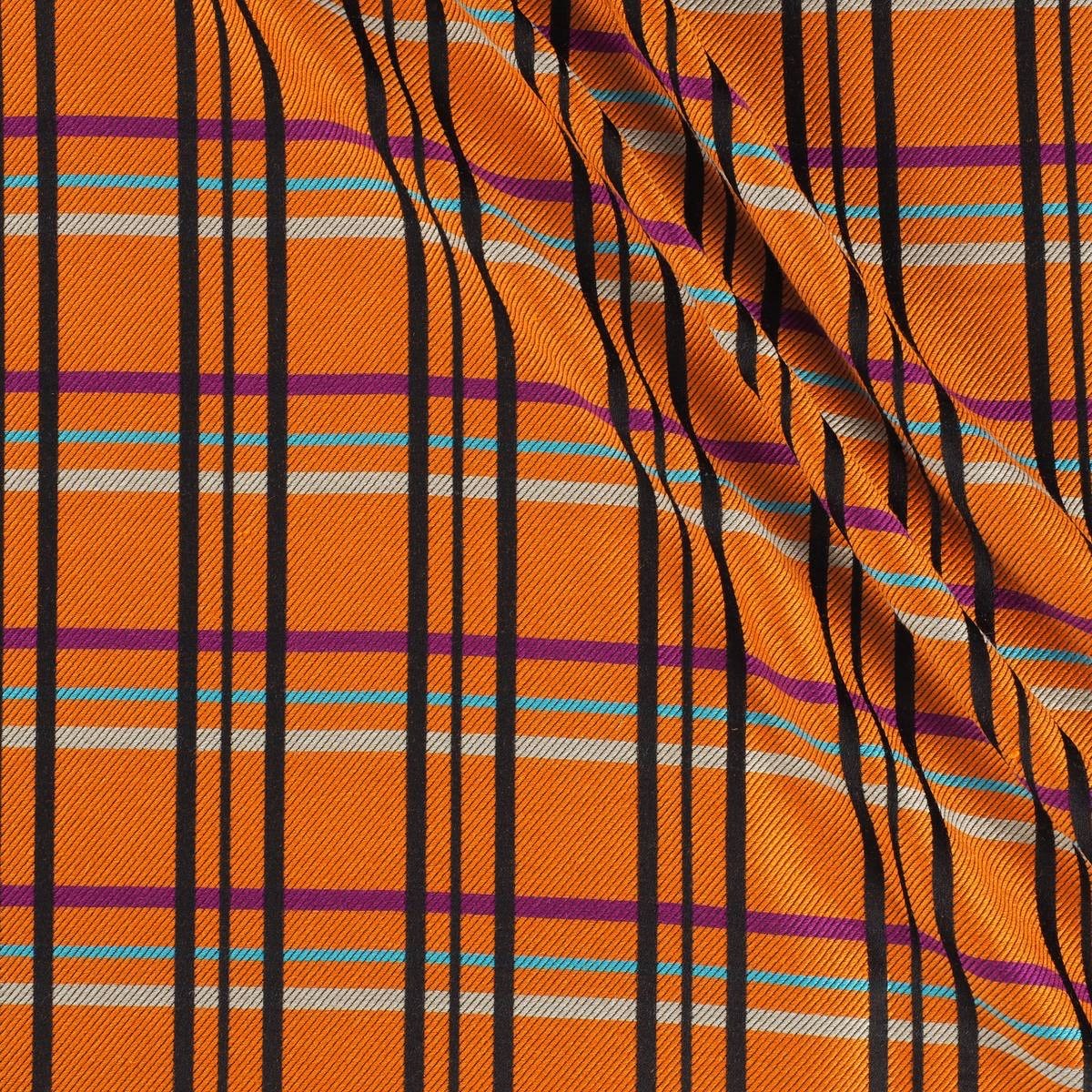
Viernes 13 septiembre 2019
Sorry, this entry is only available in European Spanish.
Jueves 05 septiembre 2019
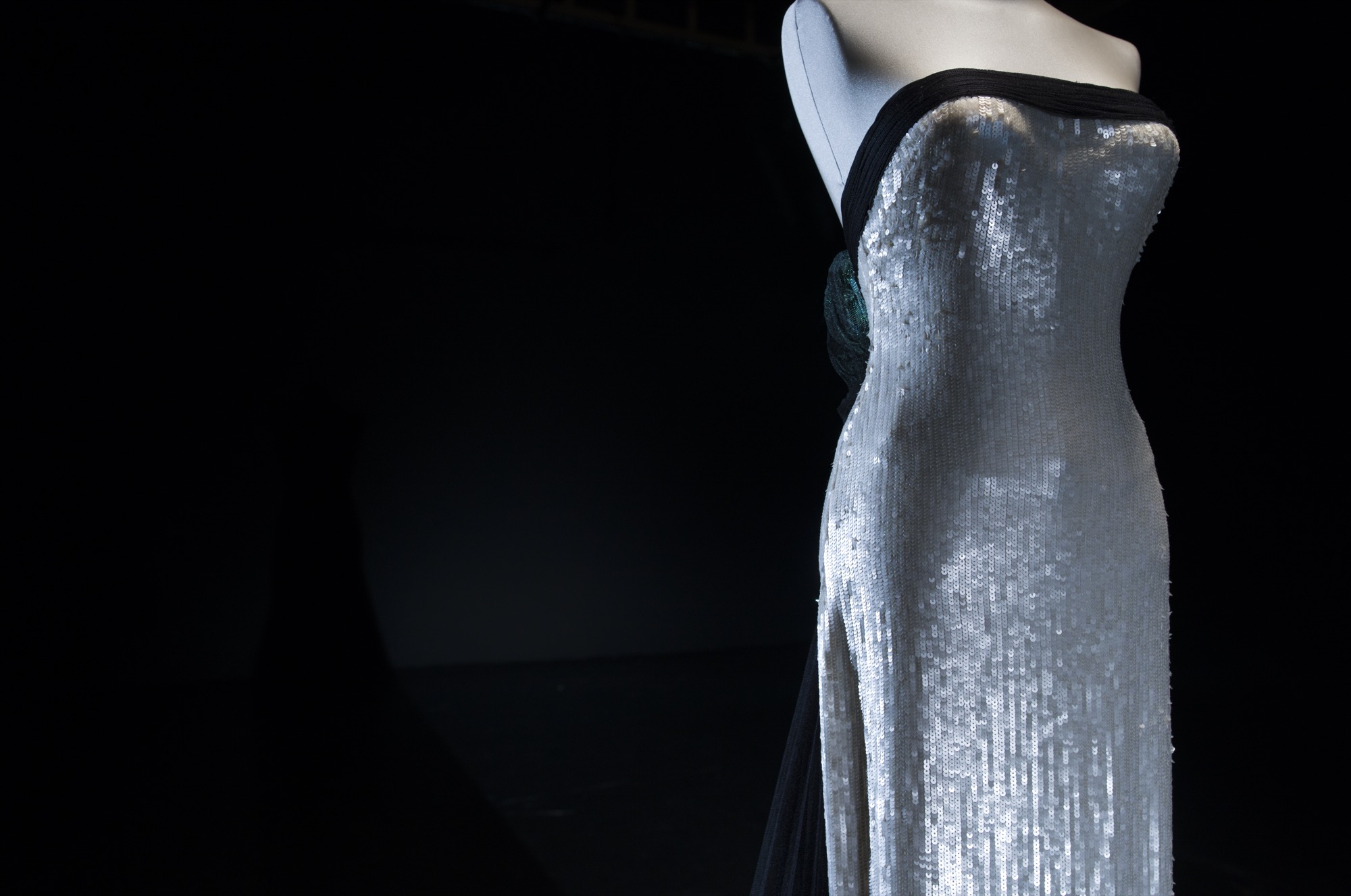
We kick off the season talking about another exhibition that extols the female figure and gives a new vision of the “body-fashion” relationship. Its title is evocative: ‘El Cuerpo Inventado’. (The Invented Body). A sample organized by Collectors Collective in Madrid that highlights the aesthetic canons that have remained in fashion since the early twentieth century to the present day, providing a new dialectic of evolution and changes that are especially appreciated in women’s clothing .
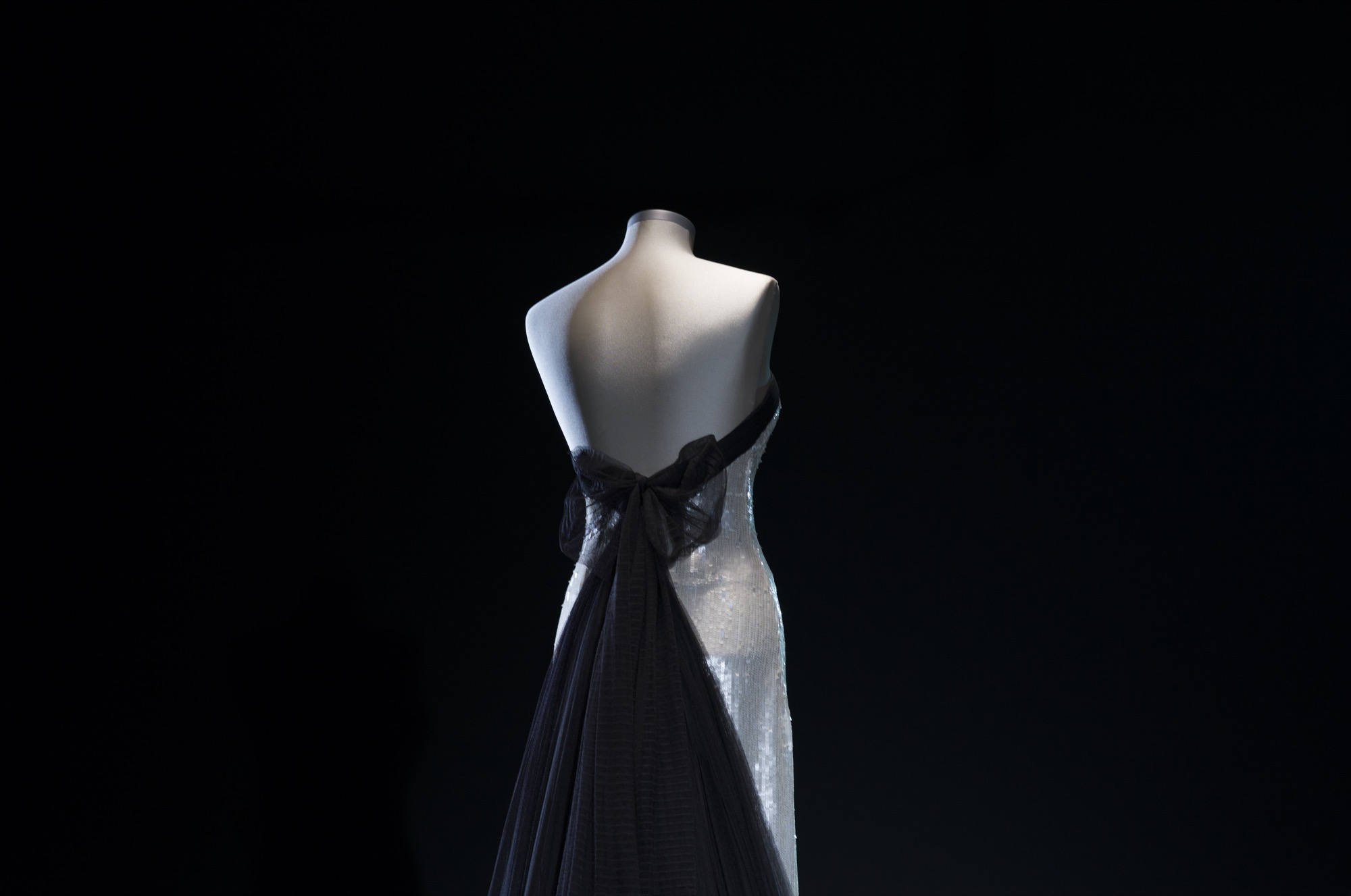
4 silhouettes and a century
The silhouette is responsible for creating the spirit of time beyond colours, fabrics or trimmings. It is precisely the silhouette that captures the aesthetic canon of an era.
In spite of its apparent richness and variety, the history of Western feminine dress has been repeating its forms throughout the centuries: there are only a handful of silhouettes with which the dressmakers have invented their creations. For example and focusing on the last 100 years, the silhouettes that have had more relevance in the twentieth century are four: tubular silhouette, triangular silhouette and double triangle silhouette, globular silhouette and anatomical silhouette. In addition, all of them have a history in previous centuries. Of course: the prevalence is not exclusive. The silhouettes can coexist in time, although the protagonism of one of them will be the one that defines the era.
In turn, the exhibition also proposes a reflection on “the tyranny of the invisible” and the naked body, a movement that has been consolidating in recent years to reach today unsuspected limits.
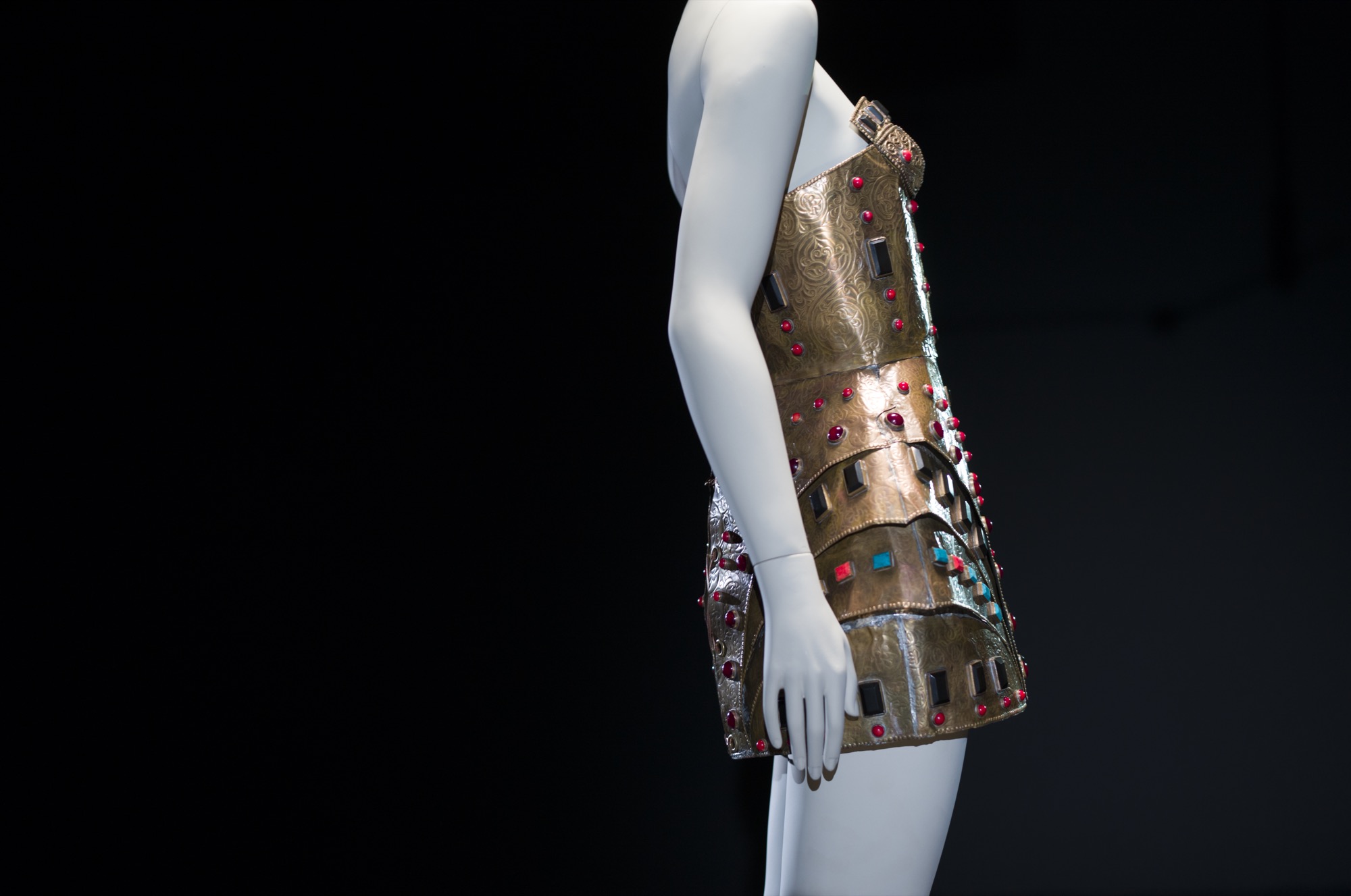
Collections and creators
‘The Invented Body‘ is formed of pieces by important fashion collectors (Antoni de Montpalau, Quinto, Maite Mínguez and López-Trabado), as well as three prestigious international renowned museums such as the Costume Museum of Madrid, MUDE : Lisbon Design and Fashion Museum and the Fashion Museum of Santiago de Chile.
The exposed designs are part of the most relevant names on the international scene such as Lanvin, Chanel, Christian Dior, Givenchy, Mainbocher, Versace, Yssey Miyake, Azzaro , Azzedine Alaïa , Pierre Cardin , Yves Saint Lauren, Pucci, Christian Lacroix, Commes des Garçons or Gucci. There are also first-class Spanish designer models such as maestro Cristóbal Balenciaga, Pedro Rodríguez, Lorenzo Caprile , Ágatha Ruiz de la Prada, Jesús del Pozo, Leandro Cano, Ernesto Artillo , Antonio Velasco or Josep Font.
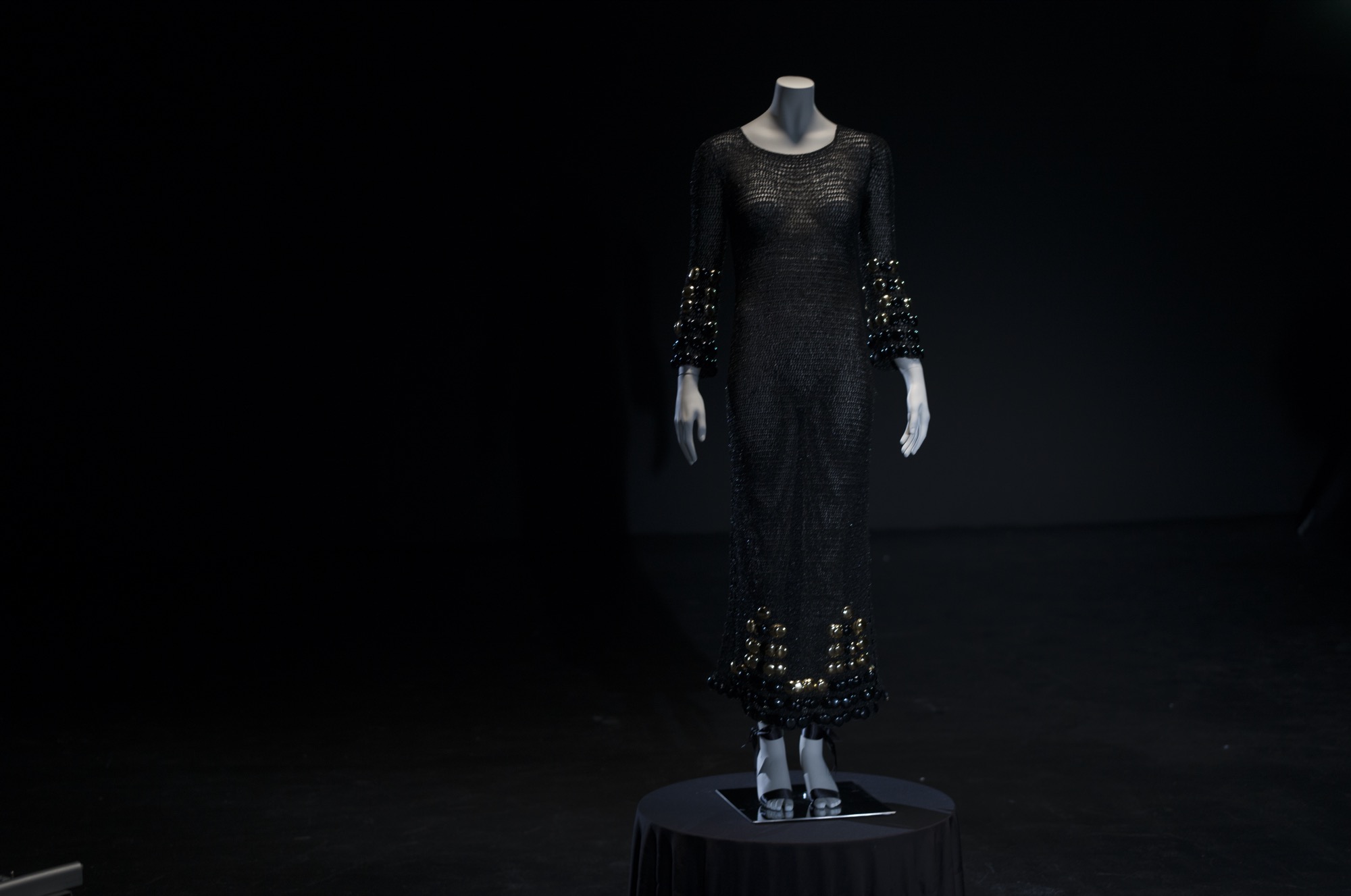
Trendy icons of yesterday and today
Throughout the history of the suit, fashion has used influential people to spread itself. Until the nineteenth century, it was the aristocracy who used to have this mission, but at the end of that century this trend begins to change and it is women in the field of culture and entertainment who become fashion prescribers for the dissemination of fashions. Next to a specific silhouette there is usually an influential woman legitimizing it: how could we disassociate the silhouette that narrows the waist, projects the breasts and widens the hips of actress Marilyn Monroe?
Therefore, the exhibition also includes the role of these famous women who have consolidated the different aesthetic canons, taking a tour of the most influential names in fashion of the twentieth century, with dresses that belonged to Madonna, Claudia Schiffer, Rita Hayworth, Audrey Hepburn, Sophia Loren, Lady Gaga, or even her majesty Doña Letizia, among other relevant women.
‘The Invented Body ‘ of Collectors Collective opens next Thursday, September 12th at General Perón Avenue in Madrid and can be visited until December 15th.
Fotos: Alfonso Ohnur

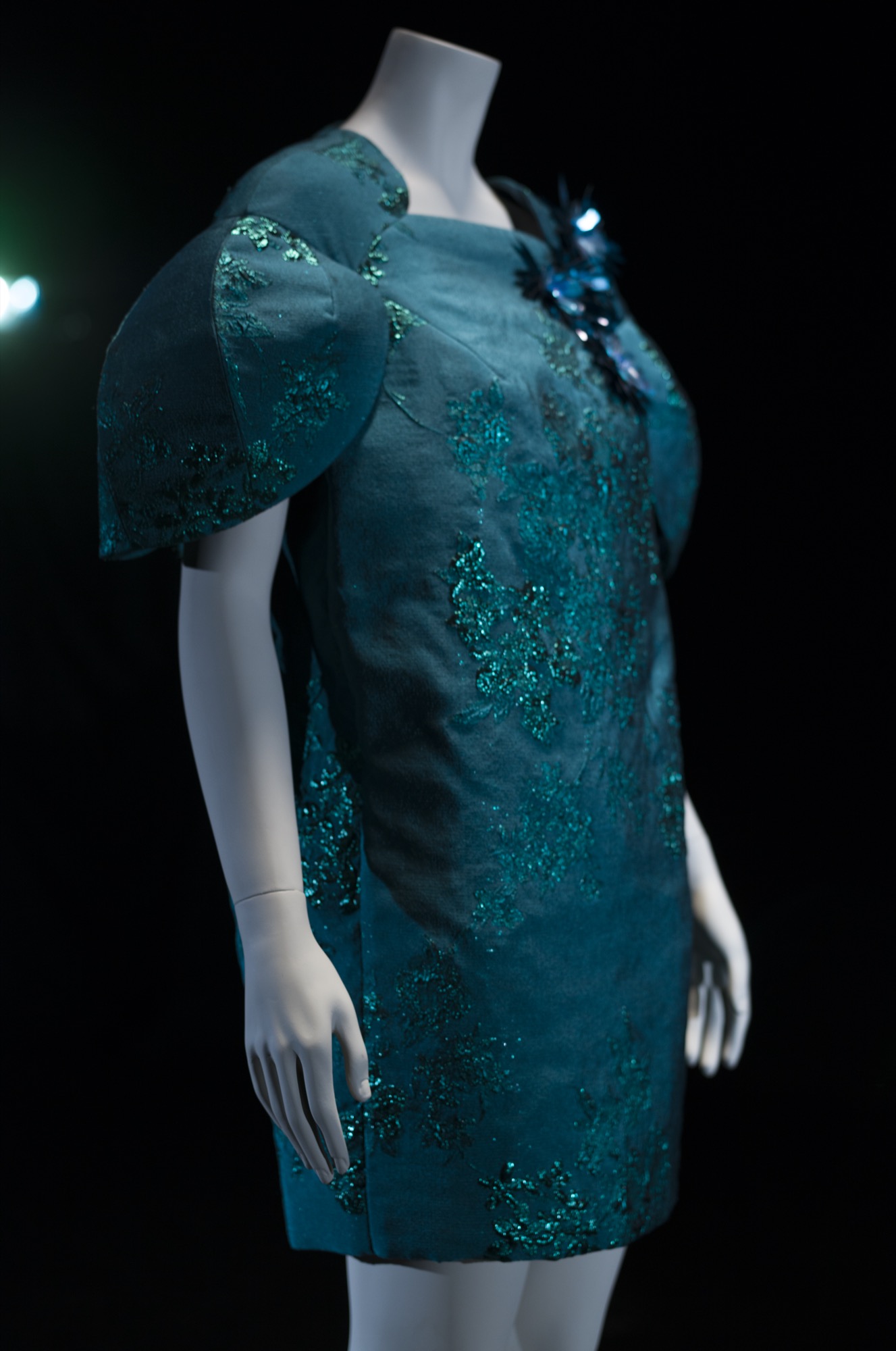
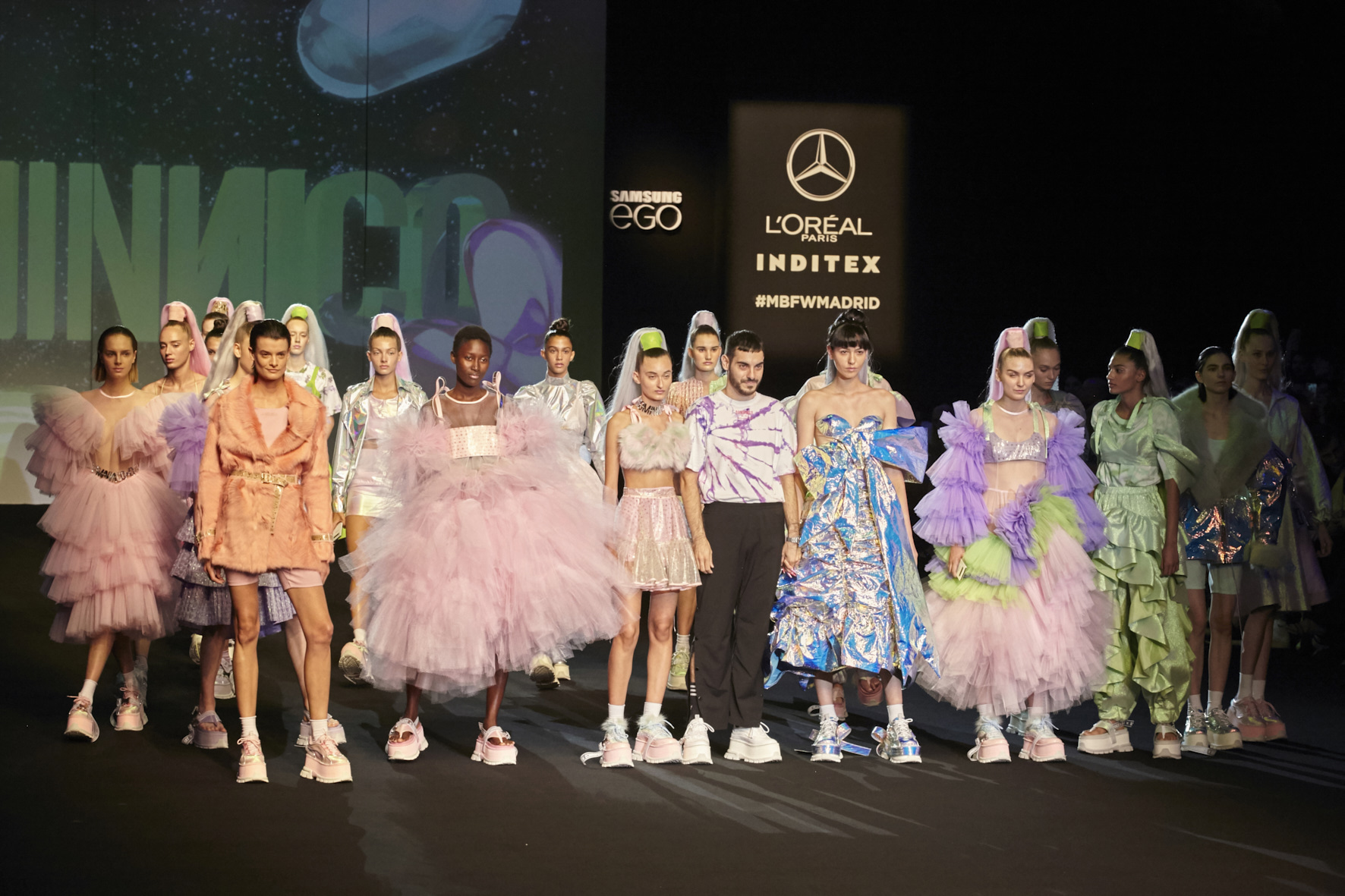
The rise of Dominnico was foreseen . It was just a matter of time for his meteoric career to take off. And this ascension has only just begun. Now, the restless Domingo Rodríguez has landed himself a new achievement that consolidates him within the map of young promises of Spanish fashion : becoming the winner of the Mercedes-Benz Fashion Talent.
“Winning this award means fulfilling a dream.It represents the start of my firm and the beginning of a new stage for this project “, explained the young designer after winning the prestigious award.In fact, the designer has already begun to gain fame outside our borders.At only 24 years of age, Dominic has dressed personalities from the world of entertainment such as Lady Gaga, Rita Ora or Rosalía, who have worn the outfits ,made in part with our fabrics on tours around the world.
His impeccable dressmaking, his huge national and international projection, his early maturity and his commercial outlook have been some of the attributes that have fascinated the jury. A project with a speech of its own and true to its essence that has made him the winner of the 14th edition of this contest that rewards young talents.
Domingo Rodríguez: “inning this award means fulfilling a dream and the beginning of a new stage for Dominnico”
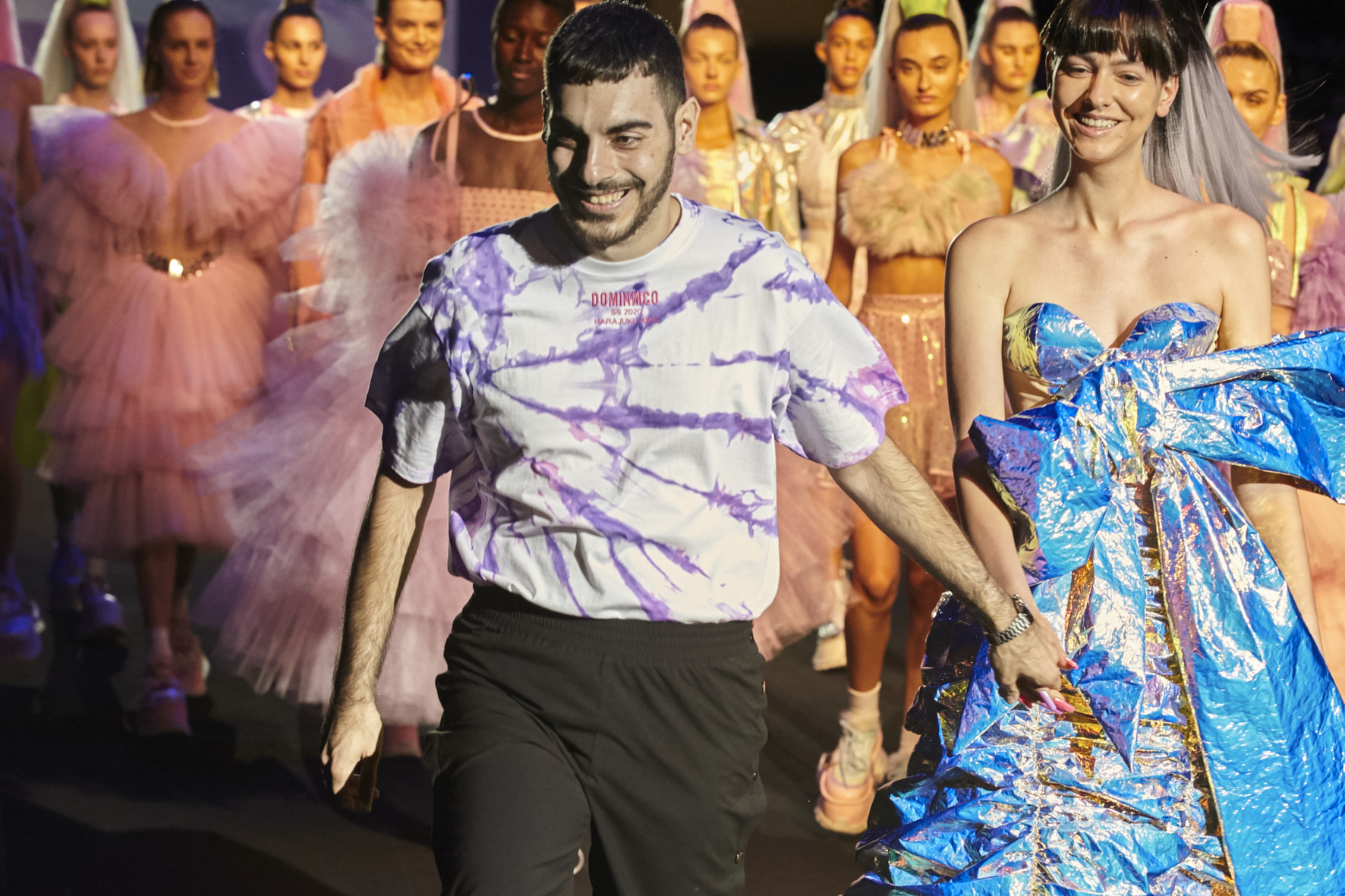
An ode to Generation Z
The award-winning collection , presented on the Madrid catwalk , is called Harajuku Kids and it is inspired by Club Kids, the London generation of the nineties, but also in the new digital era, centreed above all on social networks. Artists like Andy Dixon, Antoni Tudisco, Six N. Five, or the influencer Ruby Gloom have also been taken into account in the conception of the collection. A proposal that also takes into account the urban tribes of Japan and is conceived as agender, away from labels with extravagant shapes and silhouettes that are an invitation to individualism and character.
The collection, replete with Gratacós fabrics, is impregnated with textures, sequins, laminates, tulles, overlays and volumes wrapped in a range of pastel colours. In this way, inheritance, actuality and even future mix thanks to a sweetness and femininity unusual in Dominnico that advances to gain maturity in its style.
Next stop Georgia
Beyond the recognition, the prize includes the possibility of a catwalk next November at the international Mercedes-Benz Tilti Fashion Week in Georgia. A moment in which the designer from Alicante will already be presenting the winter collection of the following year. In this way, Domingo Rodríguez joins the successful group of great young talents who got this award back in the day, such as Outsiders Division, Célia Valverde, Juan Carlos Pajares, Ela Fidalgo, Xavi Reyes, María Clè Leal, David Catalán, Ernesto Naranjo or Pepa Salazar.

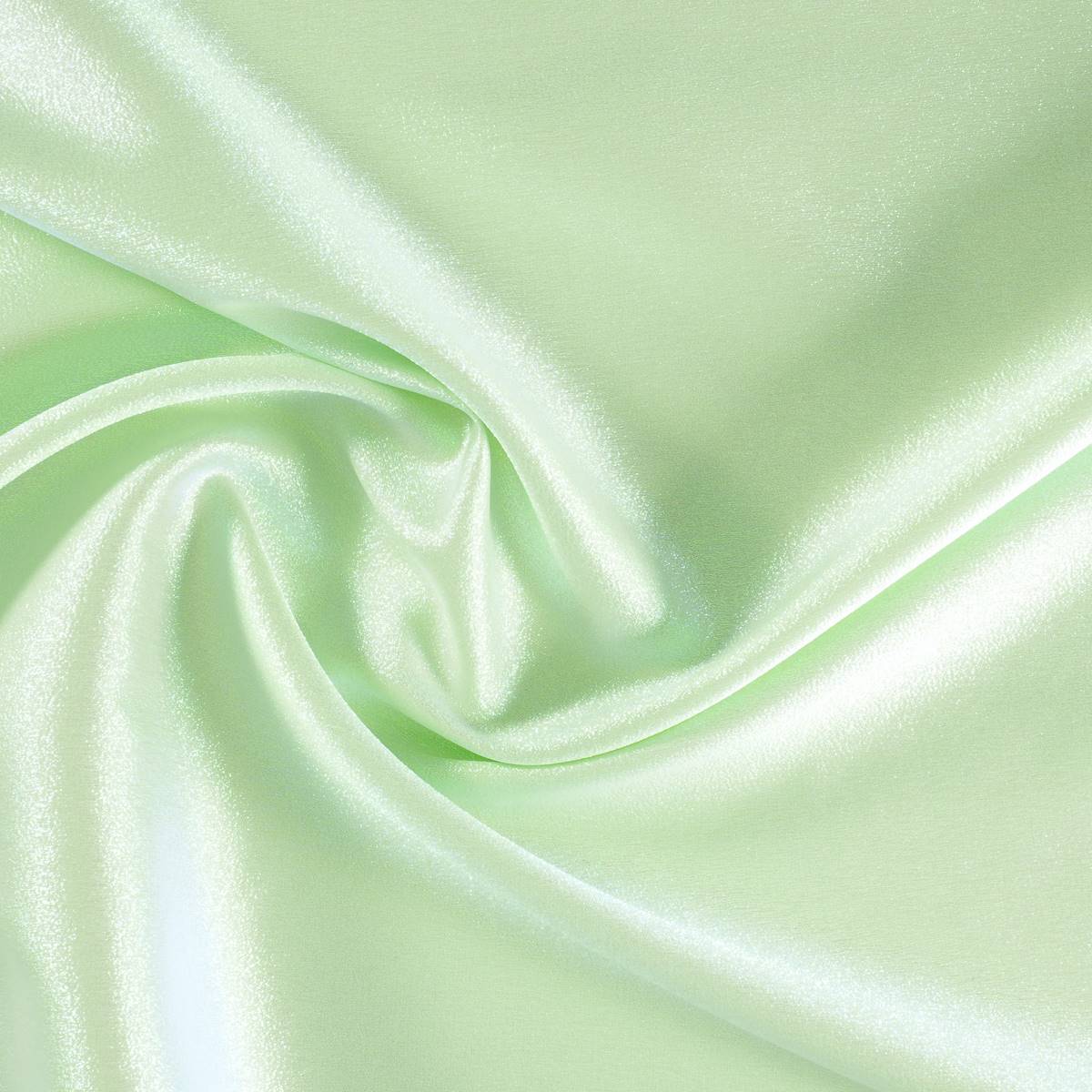
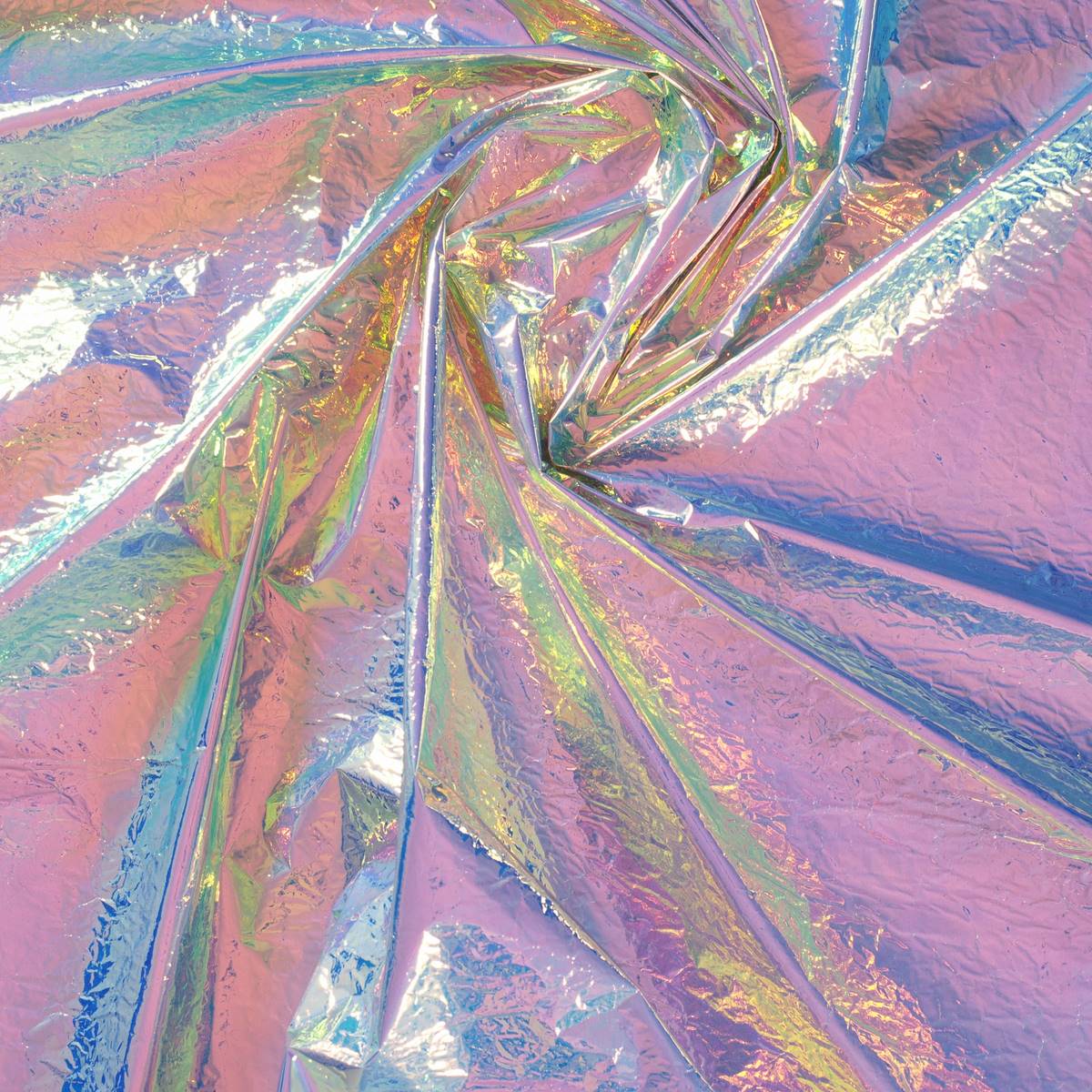
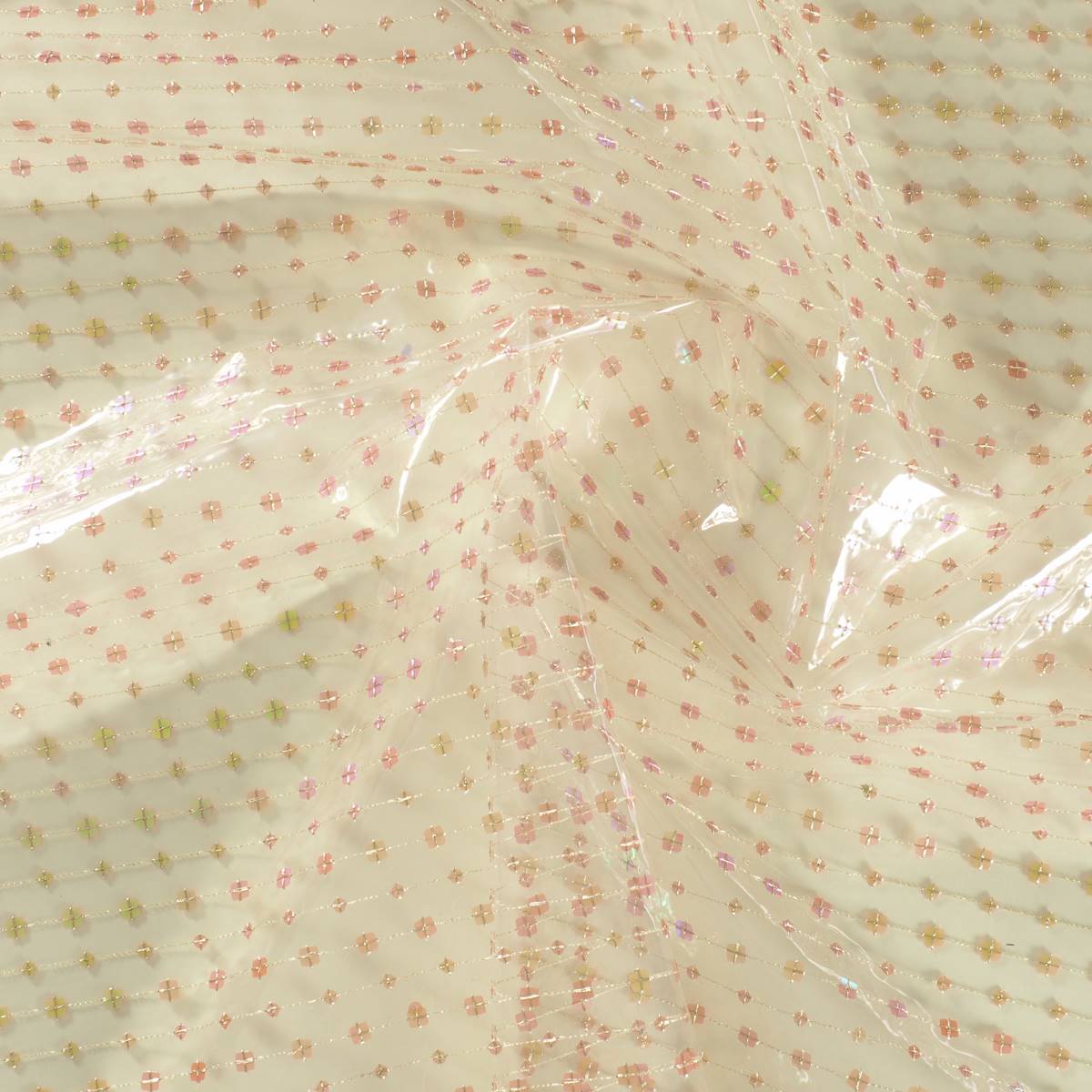
Sorry, this entry is only available in European Spanish.
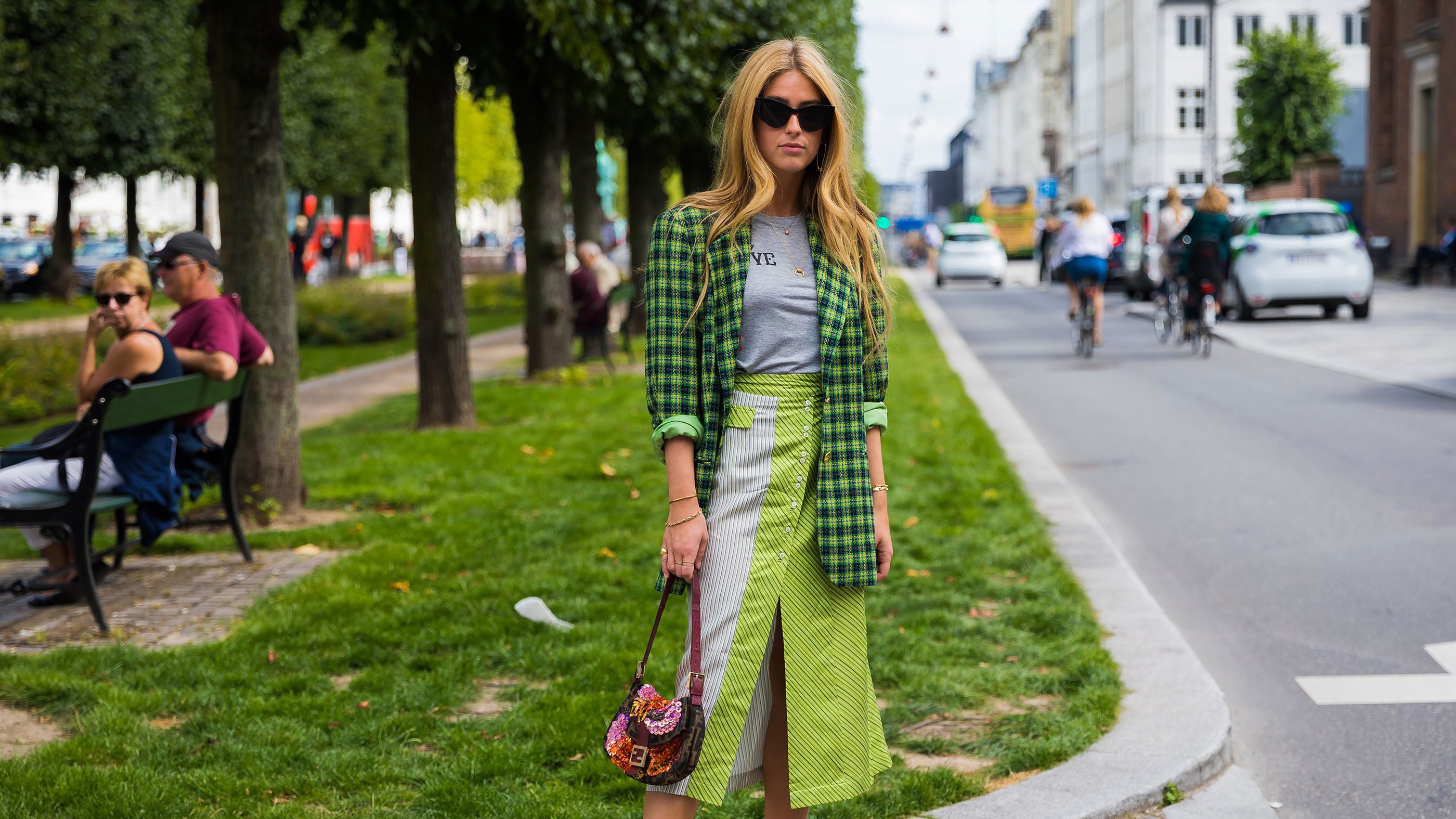
It is not a novelty this season, but it is reluctant to abandon the podium of trends. It has no rival in terms of strength, brightness and daring and has gone from being a simply radiant colour to becoming a symbol for generation Z. We are talking about the most shocking green: in neon, lime or pistachio. It is the true “king” of summer that permeates the street style with its rebellion and youth.
Almost a year ago this carefree colour began to resonate as a trend. Lime green in its fluorine version was slipping into the winter closet . The greatest impact was achieved through Instagram when it stormed surprisingly into the timelines of various fashionable influencers. This gaudy tone caught everyone’s eye through one viral garment: a tight-fitting perkins-neck sweater that was displayed brazenly with the same blinding force of a lightning bolt . Fluorescent green in all its glory! This garment was shown in different versions and by several different companies – both design and low cost – who adapted it in their own way. The lime green jersey became the most coveted trend of the moment.
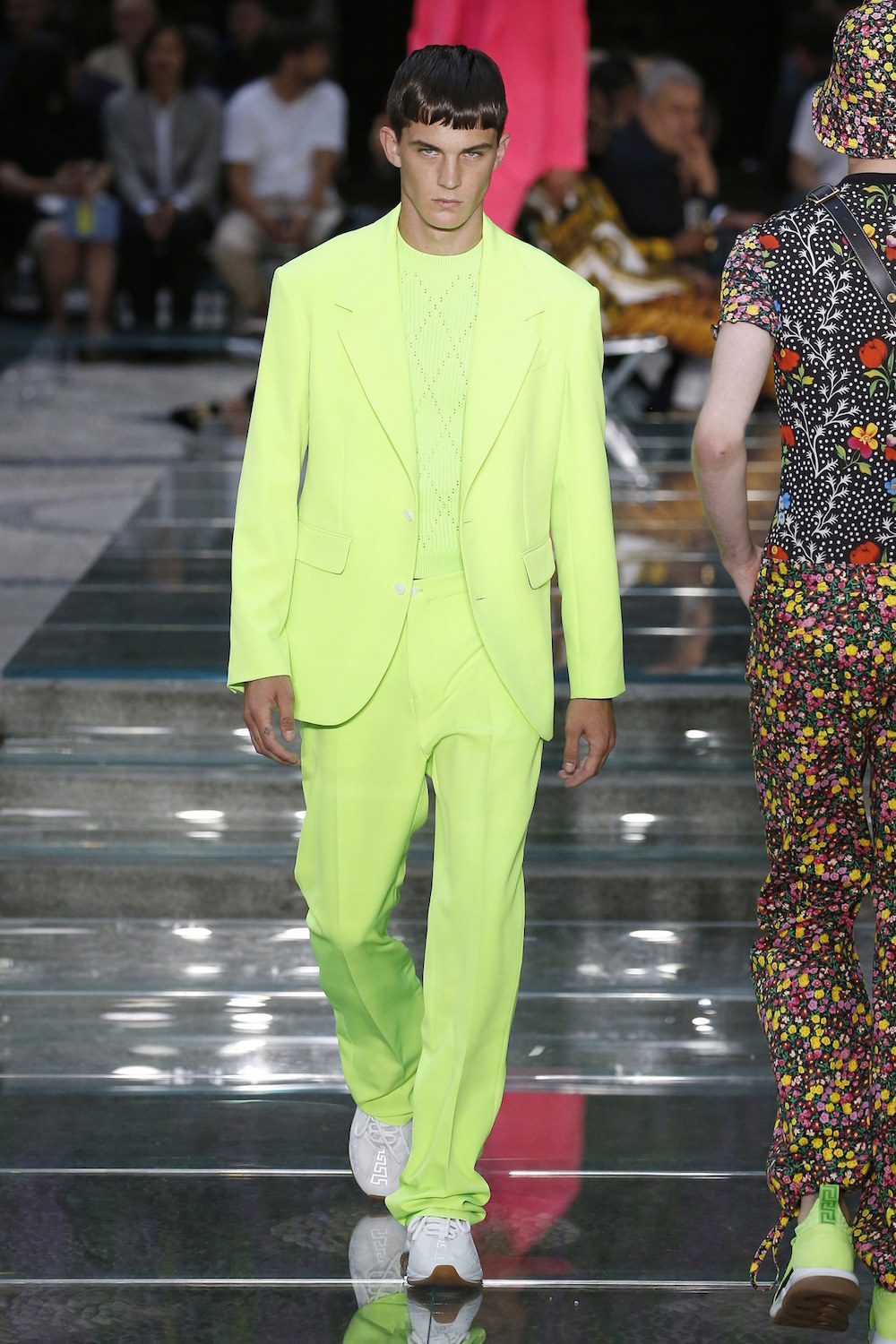 |
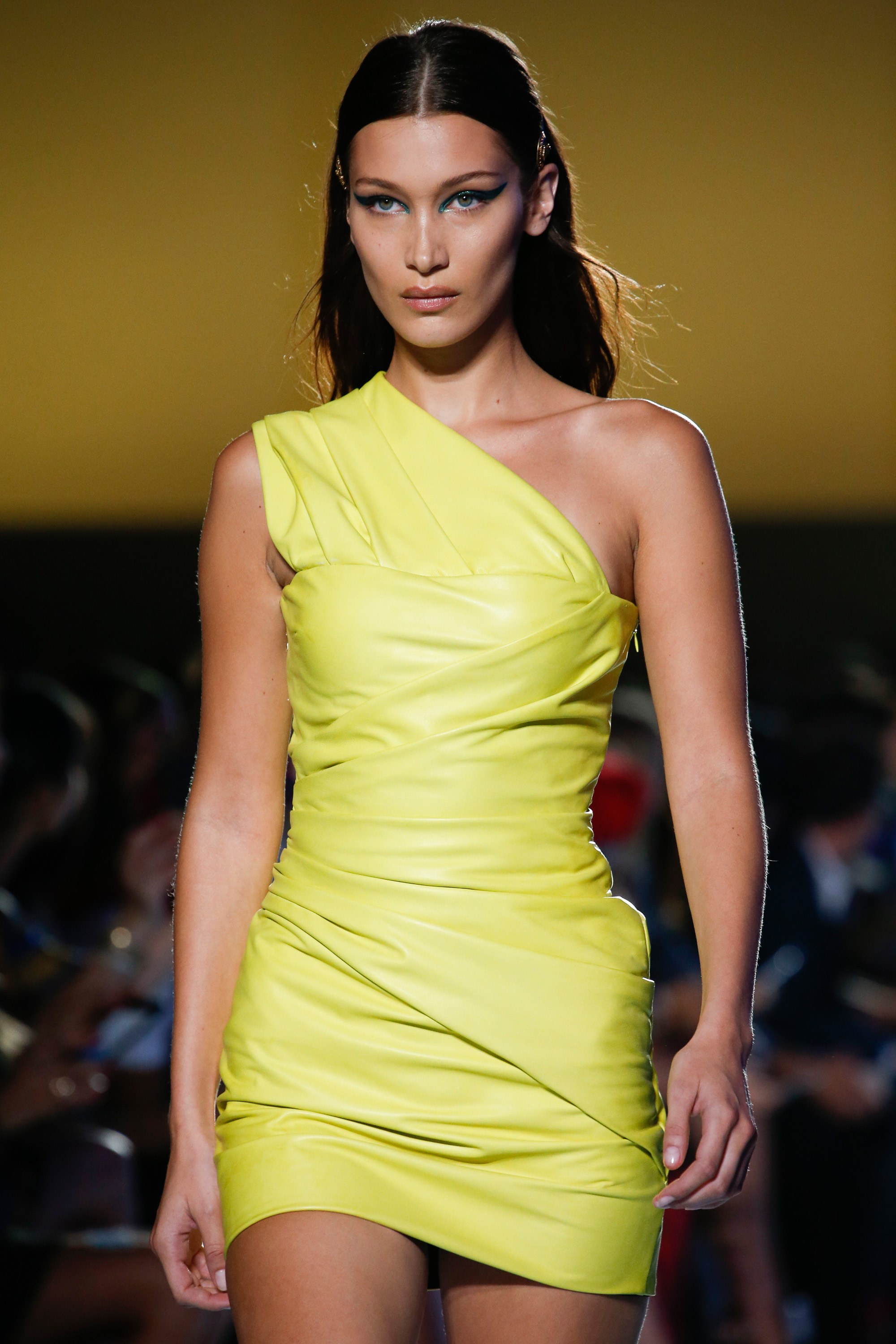 |
Subsequently this vibrant tone was one of the most repeated and adapted by those attending the international parades. It was worn in trousers, dresses and coats, also flirting with accessories-though to a lesser extent. The big brands reinforced their power by protecting neon colours -including the green in question – as one of the trends this summer. It is curious that of all the newly-popular colours this type of green was the best-acclaimed in the street, the thermometer which helps the sector to know what really people will wear or not, regardless of what fashion dictates.
A prominent role was played by the power of attraction of world-wide influencers and celebrities , who did not hesitate to dress in lime green: Kendall and Kylie Jenner , Chiara Ferragni and Blake Lively dressed in looks favouring this colour and even dared to wear it in makeup. On the cat-walk this shade has seduced Balenciaga, Versace , Stella McCartney, Vetements , Gucci and Dolce & Gabbana, all of which have not hesitated to include lime green in their latest summer collections. Long live the most fashionable indiscretion!
And how is it worn ?
It is not easy to combine lime green. The key lies in the alliance of neutral tones such as the range of beiges and skin-colours or the incombustible white and/or black that represent the simplest and most practical option. Satin fabrics give the lime green more light and are flattering in flowing garments like skirts and dresses with movement. Smooth or stamped? Although the first option would be the most effective, it can also be mixed with prints and textures with relief . Our choice is for fabrics which play as different shades of lime green through geometric motifs, floral prints or embroidered sequins and in turn introduce other harmonious colours. Sometimes you don’t need to go for the strident version, you can still be trendy by discreetly opting for pastel colours. Here we are leaving you our inspirations in bold lime green. What do you think?
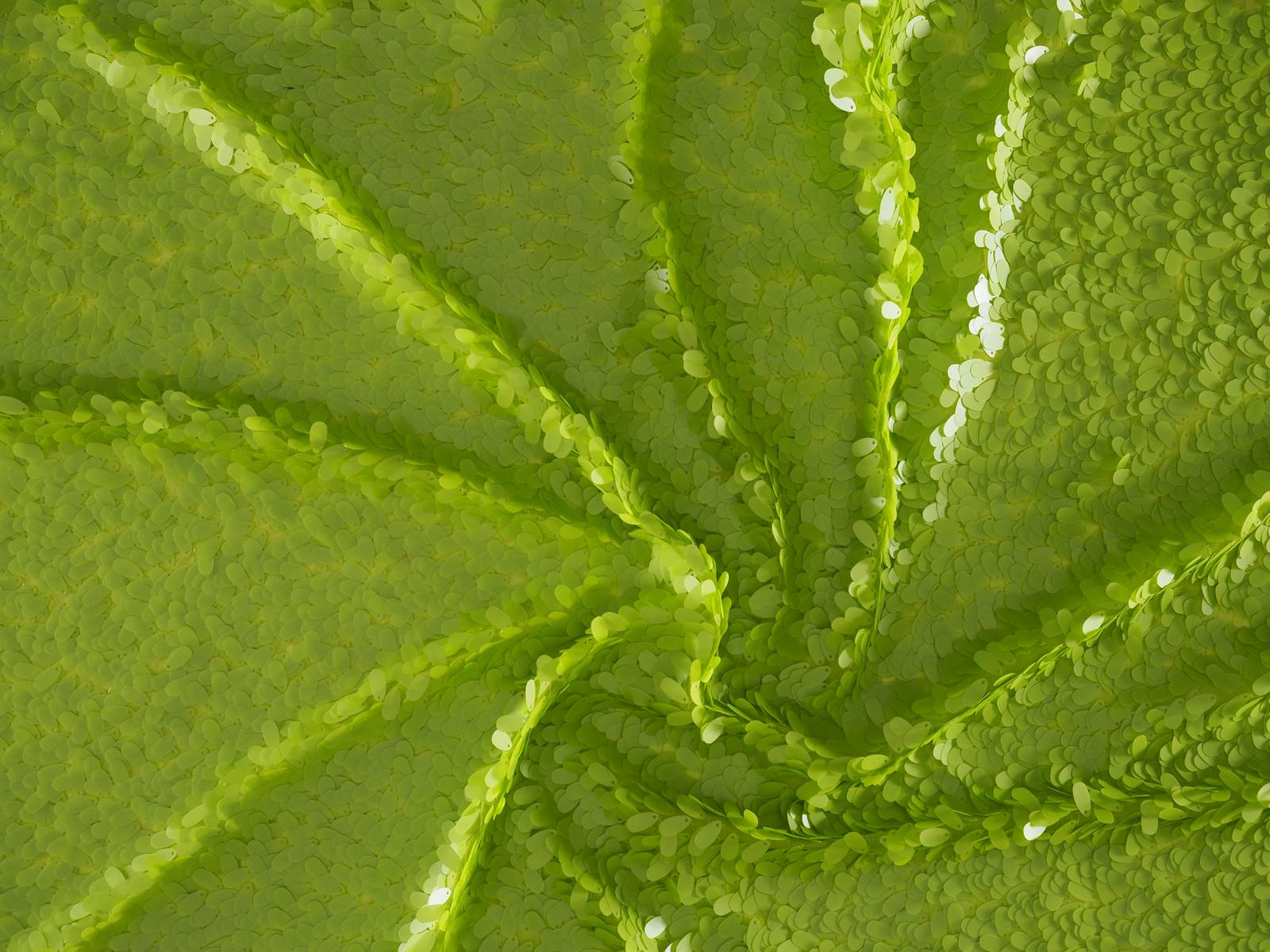
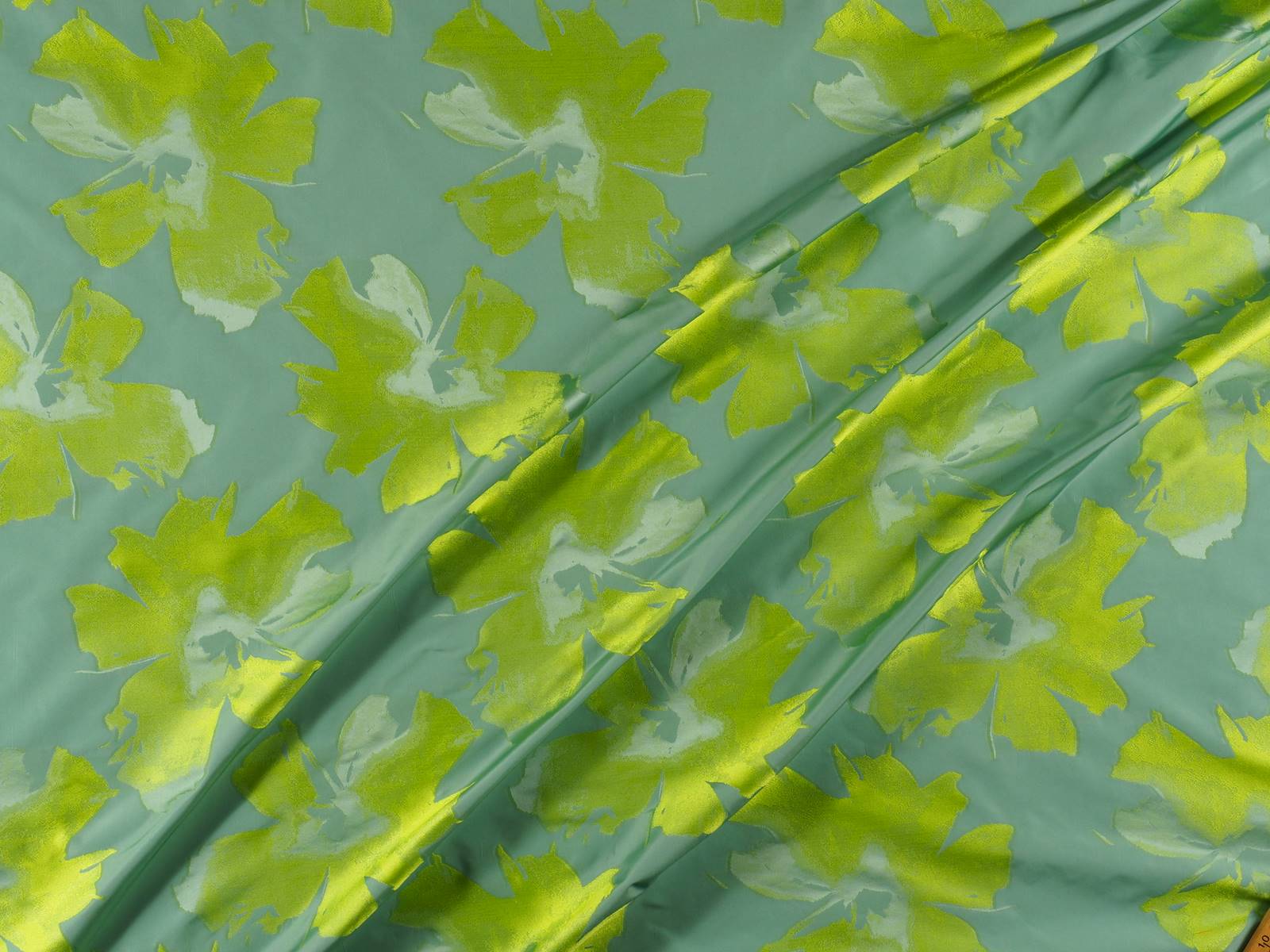
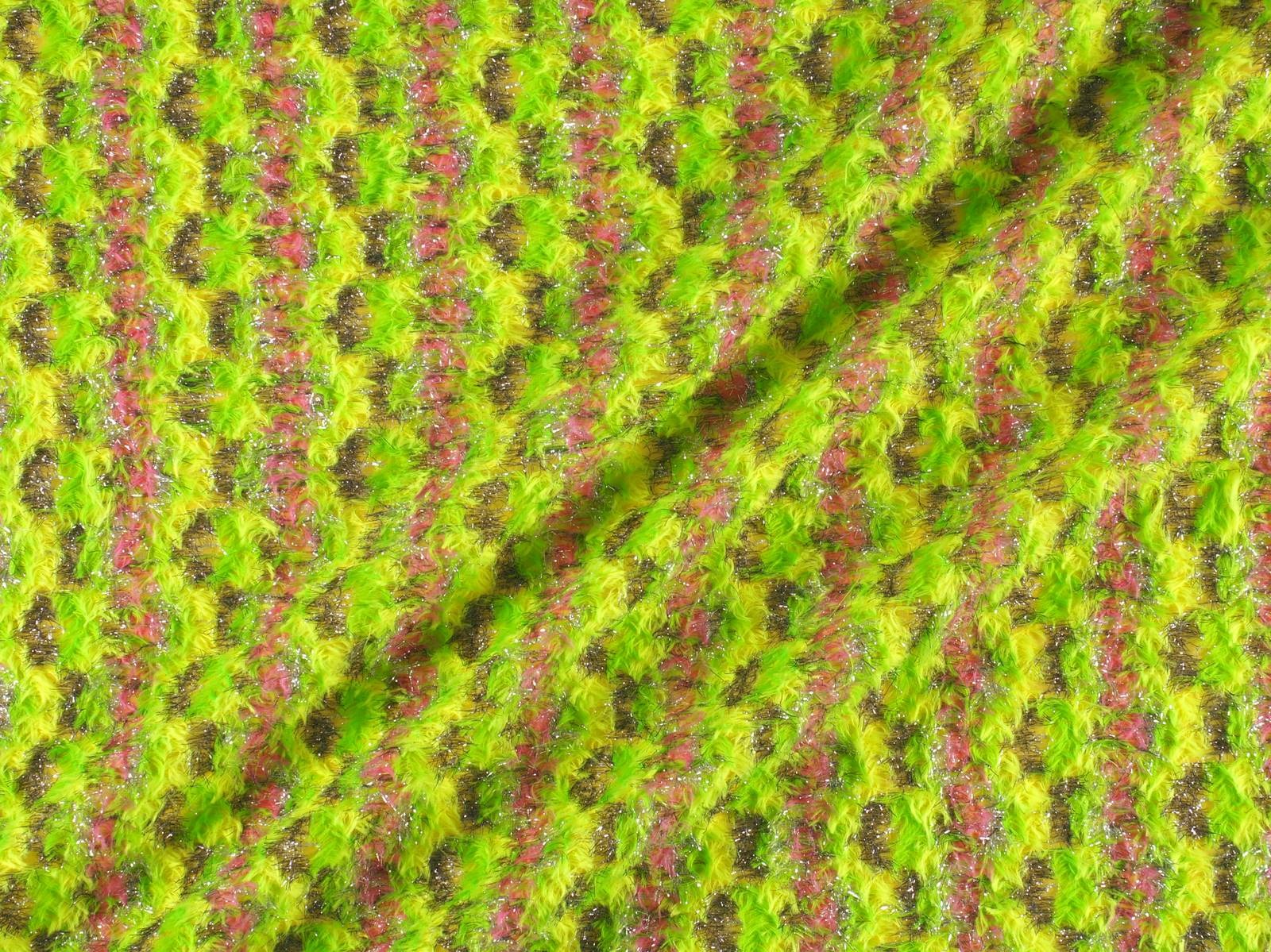
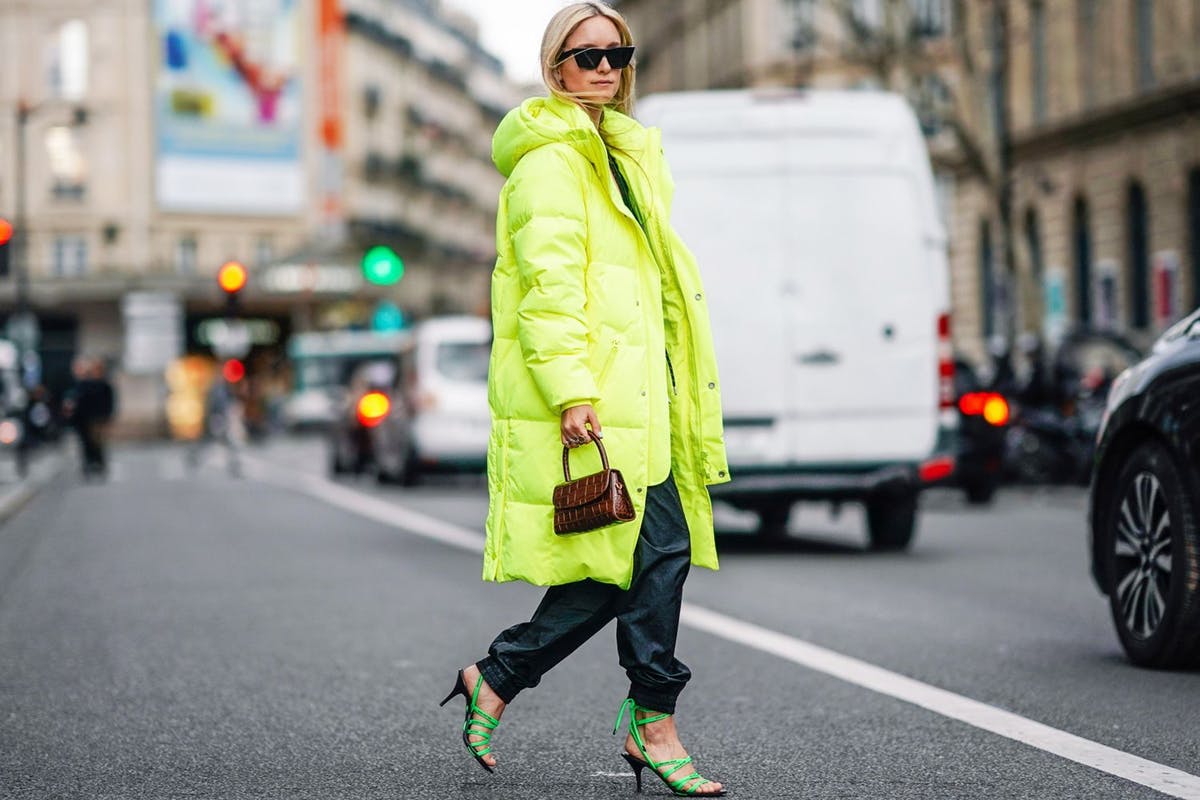
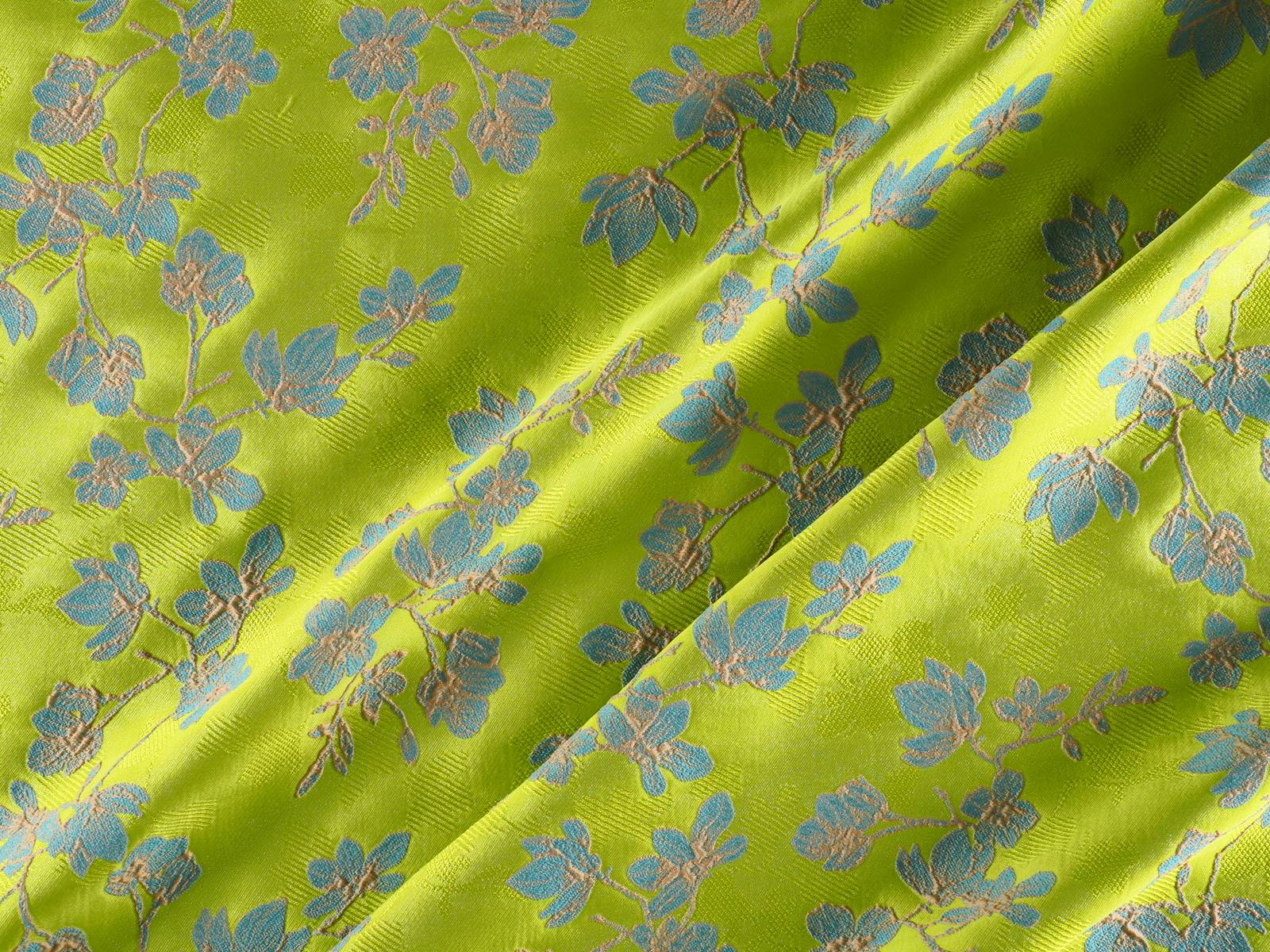
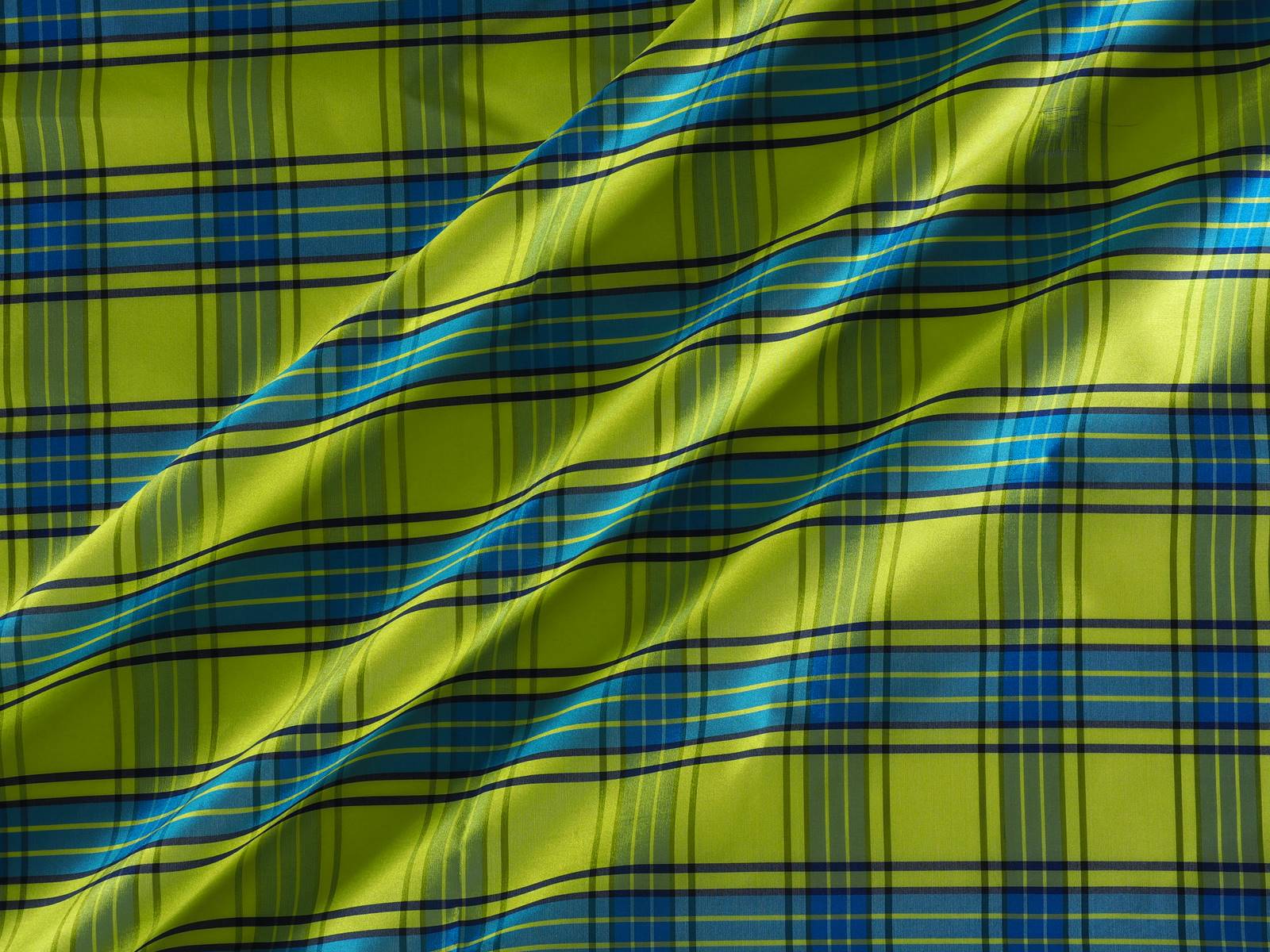
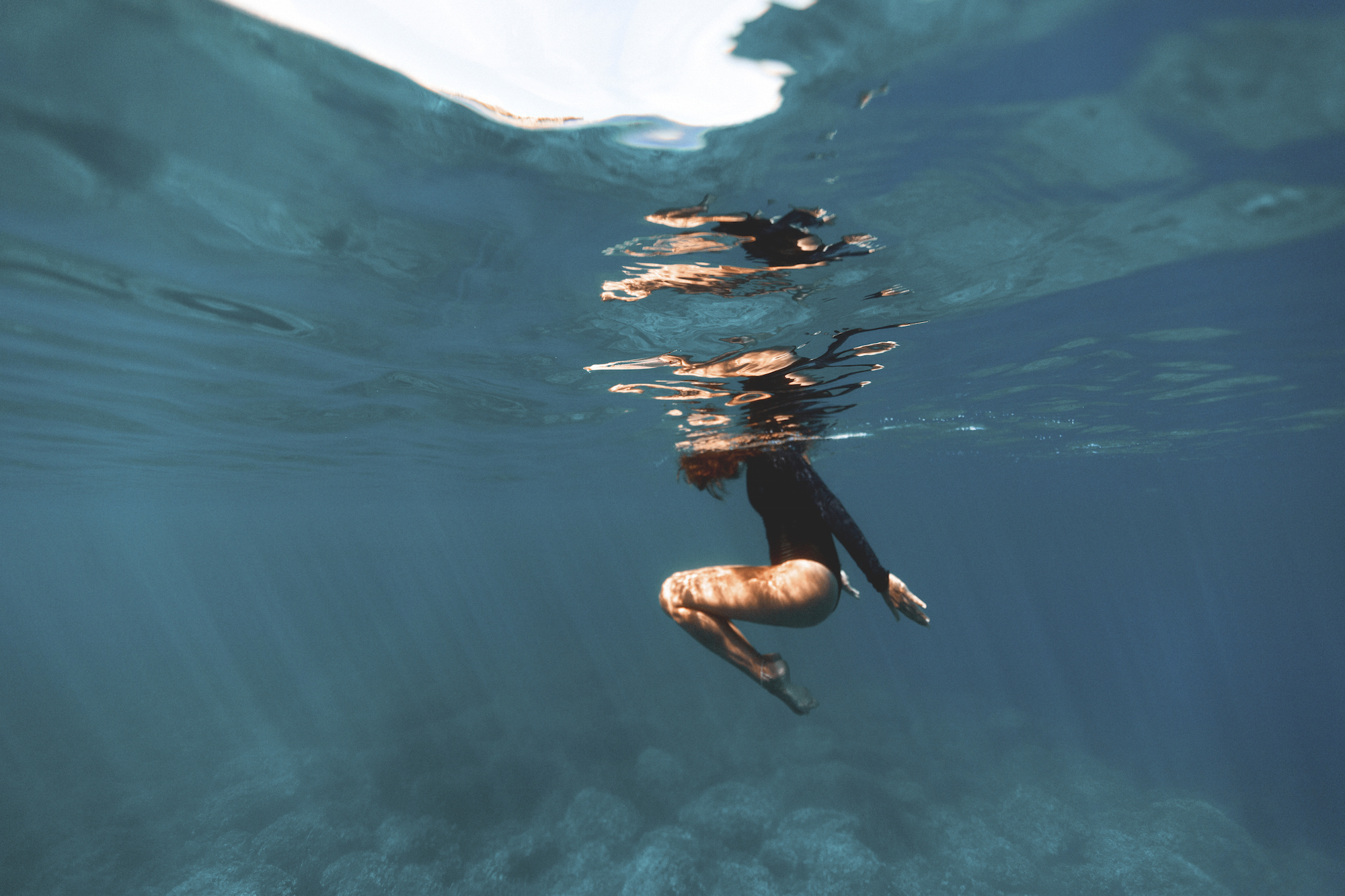
As usual, in the Gratacós learning space we are always carrying out actions related to design and creativity. This time, it’s the turn of the prestigious research agency Nelly Rodi with the commencement of the new edition of her traditional “Trend Notebook”. An agile and didactic presentation that we organize twice a year, where design students and professionals of the sector meet to find out about the main trends that will mark the Spring- Summer 2020 season. Always from a context that directly affects the fashion industry, taking into account the global socioeconomic situation. The spokesperson of this instructive talk for many years is Úrsula Uría, Nelly Rodi’s spokesperson in Spain, and we can hear about more concrete trends that affect consumption, lifestyles, colours, silhouettes … and will set the guidelines for next summer. Always from an orientation point of view. It is already know that this is a prediction is not always exact, but it helps to set some guidelines.
In this last initiative, Úrsula Uría places us within an economic context of waiting, where the world prepares to face a new economic crisis much tougher than the previous one. That is the key to understanding the Jump macro trend that will influence the four trends that are presented: “We need to gain momentum because what is coming is even worse than what we have experienced. We accumulate the crises that already evident within the political context, social movements or economic fragility, “she says.
Úrsula Uría: “”We need to gain momentum to face the crises that await us”
From this unencouraging scenario, Nelly Rodi Predicts four trends that will affect the fashion industry and that fall within the following categories: Holiness, Invincible, Vision Y Spotlight.
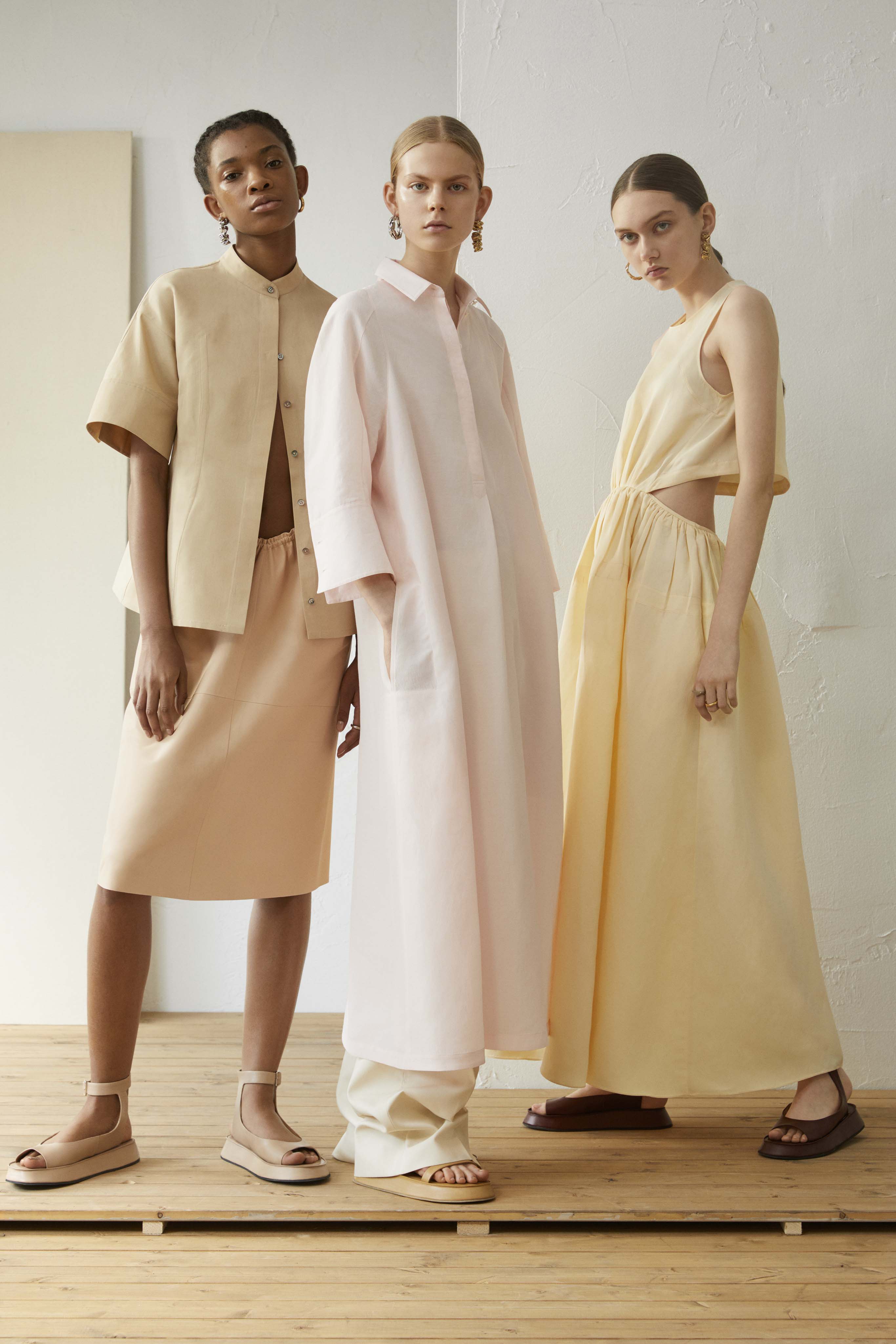
1. HOLINESS
A minimalist trend that appeals to the classics, to the ancient era, to the splendor of classical Greece and the Roman Empire. A review of mythology and the first cultures to look for new creative solutions. “In the classic we will find the only way to advance as a society by taking the best they have done and innovate,” explains Uría. Holiness is also inspired by Morocco and Egypt, in the deserts of North Africa.
Visual references : The Yves Saint Laurent museum , the book ‘ Homo Deu s’ by Yuval Noah Harari, the influencer of Italian yoga Aria Crescendo, the austere hotel of Adrere Amellal in Siwa , meditation, introspection and spirituality .
Silhouettes: The Oversize garments Oversize, fluid and flowing, false minimalism, easy and comfortable looks, fluffy and soft materials, natural fabrics: linen, suede, leather, bamboo … prioritizes organic and handmade details. It is a premium line that does not include prints. The sophistication that seeks comfort above all. The artisan plays in another league.
Colours : The palette of browns, beiges and off whites are the star of this trend. The tones that emulate the minerals with their shades and outlines. It is an evolution of all nudes. The second colour line refers to the terracotta and blue colours of Marrakech.
Silhouettes : Straight lines, well-marked lines and versatile and functional garments predominate.
Colours : They refer to the industrial and revolve around grey and blue. Black does not appear and ink tones give depth. The colour block in a single tone will also be in.
Key concepts : Modern pilgrim, ancient civilizations, ethical minimalism, introspection and origins.

2. INVENCIBLE
A maximalist tendency that refers to cultural revolutions, social movements, activism and a greater awareness of global issues such as nature and the environment. “This trend connects to being a fighter in a creative, non-aggressive way, ” says Uría . A style that also connects with the passion for extreme sports like extreme risk, adrenaline and survival.
Visual references : The pop up of Adidas in Seoul, the athlete Emily Sukiennik, the multi functional garments, fashion tech, the Survival Living room in Paris, the concept of explorer, the mutational skin of the reptiles, Comme des Garçons …
Silhouettes : Technical fabrics, reversible garments and clothing inspired by sport that is conceived as a new way of relating. The patterns are mixed together, there are no limits.
Colours : The first palette is called alert and is much more explosive with tones linked to plastics such as vibrant blue and bottle green. The second palette refers to all tribal and is linked to camouflage tones: false blacks and the tones that emulate lizards and snakes’ skin.
Key concepts : Protection, extreme sports, outdoor and role of winner and defeater.
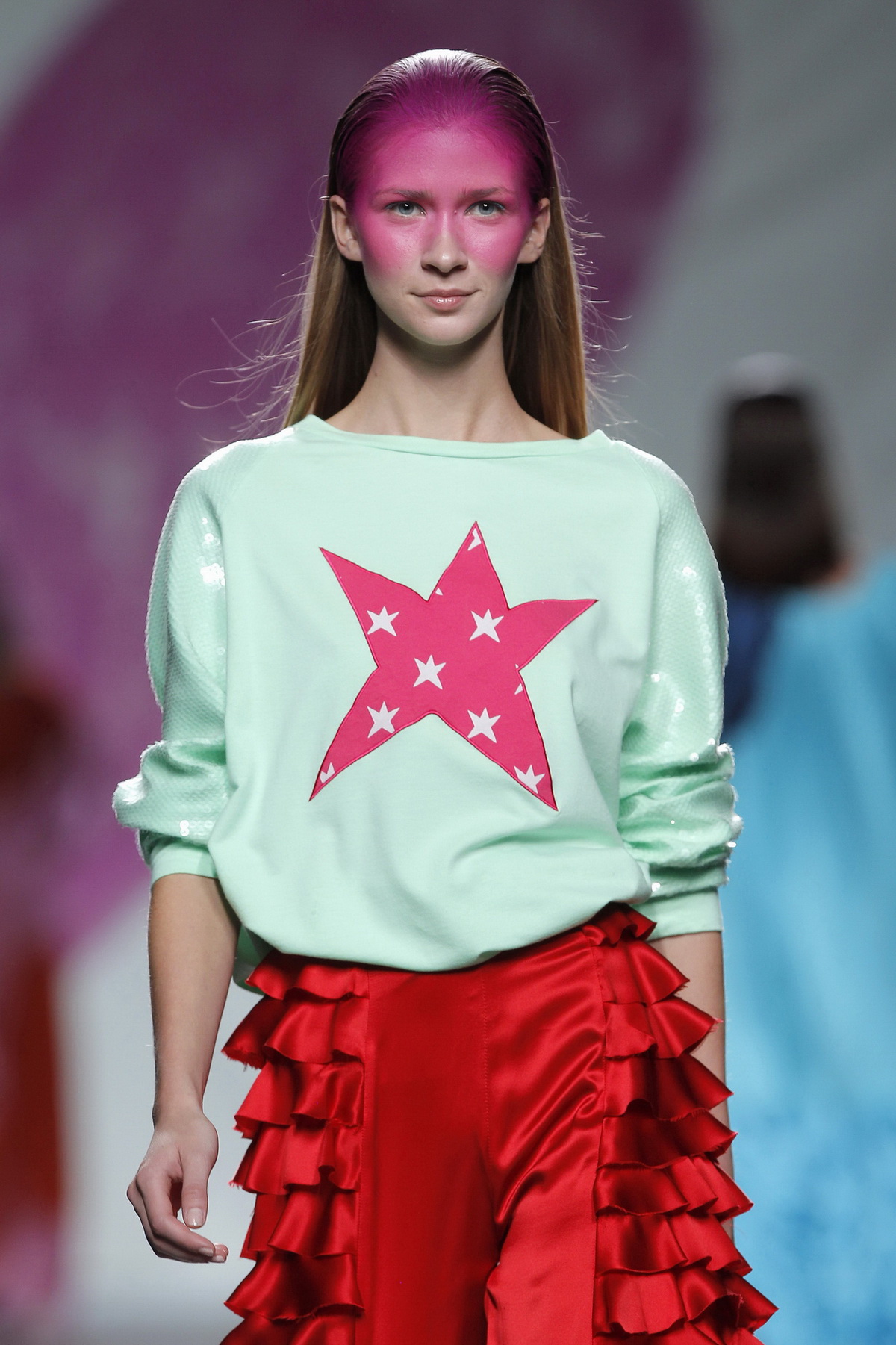
3. VISION
A minimalist trend that appeals to youth, sustainability and technology. There is talk of utopias: “We talk about the desire to change the world using happy therapy, ” says Ursula Uría. In this positive current there is no ugliness or weirdness because beauty is considered to be everywhere, as long as it is not offensive.
Visual references : The unconventional models, the sustainable fair in Berlin, the collaborative project The Student Hotel, the latest ASOS campaign, the latest Delpozo campaigns , the Agatha Ruiz de la Prada look …
Silhouettes : Comfortable garments with contrasting colours that surprise: yellow with greens, greens with oranges, oranges with pinks … Also arty prints that emulate the aerosols from a fresh and youthful point of view, the Bardot necklines that connect with the new feminine sensuality . The prints play around, for example, stripes with pictures … always with one colour as a main theme. Plenty of Geometric répétitions too.
Colour : The first palette refers to baby tones in their most milky and decaffeinated version. The second appeals to a more sorbet range of colours with gelatinous textures.
Key concepts : Happy utopia, eco conscience, soft technological, positive future, contemporary romanticism and be a resolver.
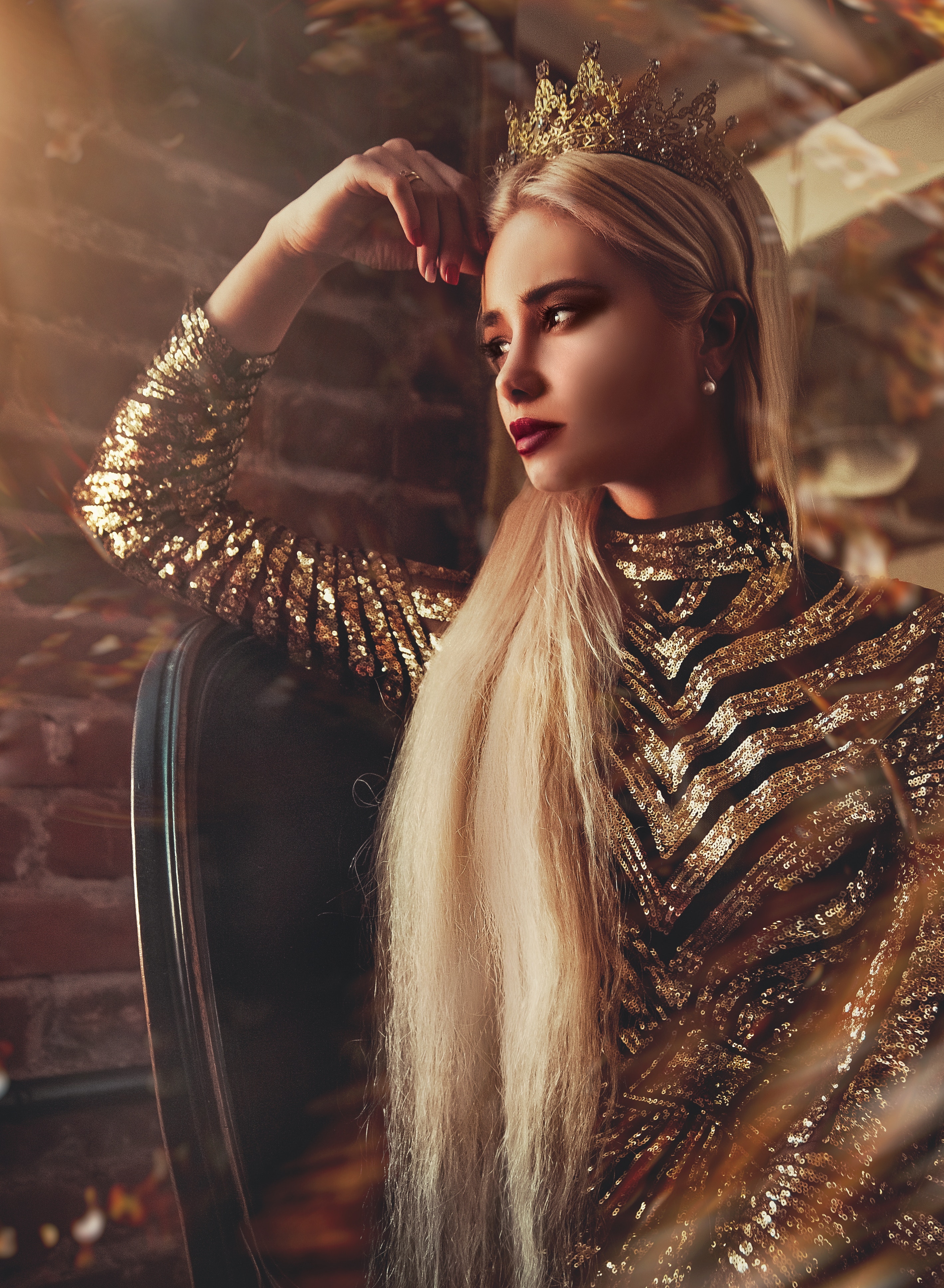
4. SPOTLIGHT
A maximalist tendency that appeals to glamour and excess with a retro air. It refers to outdoor parties on terraces and pools in venues such as Las Vegas or Los Angeles. “The sexy, eccentric and daring woman inspired by the 50s returns,” adds Uría.
Visual references: Palm Spring, the Coco Chanel pop up in Malaysia with vending beauty machines, nightclubs, exclusive parties, bling bling, art-deco, Charlie’s Angels, the beauty of sexiness, denim, the shimmer of the pools both day and night.
Silhouettes : Dresses, dungarees, long tunics, puffed sleeves, pronounced necklines … the most sophisticated garments in fabrics that radiate light like sequins or lames. Accessories are very important. Floral prints are also in, but with dark backgrounds
Colour: The first palette focuses on gold colour and its more aged tones. Also in the range of browns reminiscent of tobacco and leather. The second colour range appeals to violets, very dark reds and mauves that add that sophisticated touch
Key concepts: Extravagant glamour , hedonistic glam , pop power, tropical, positive attitude for your body and new empowerment.











